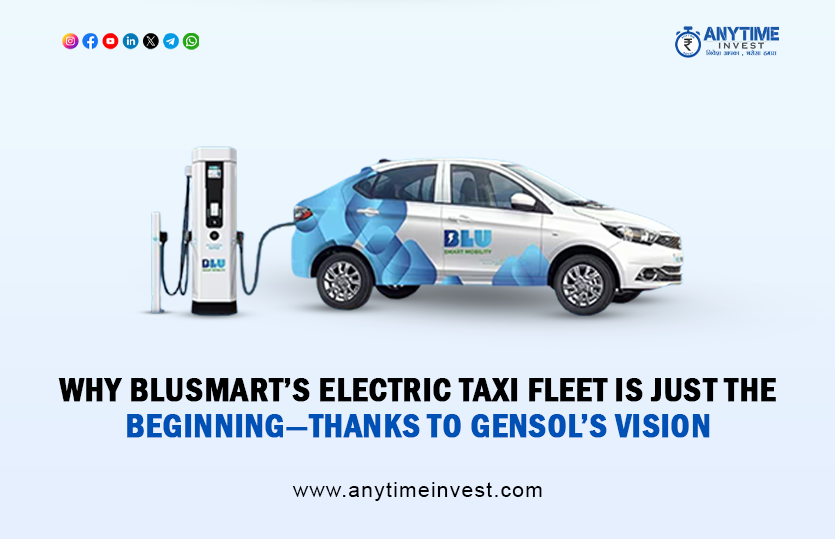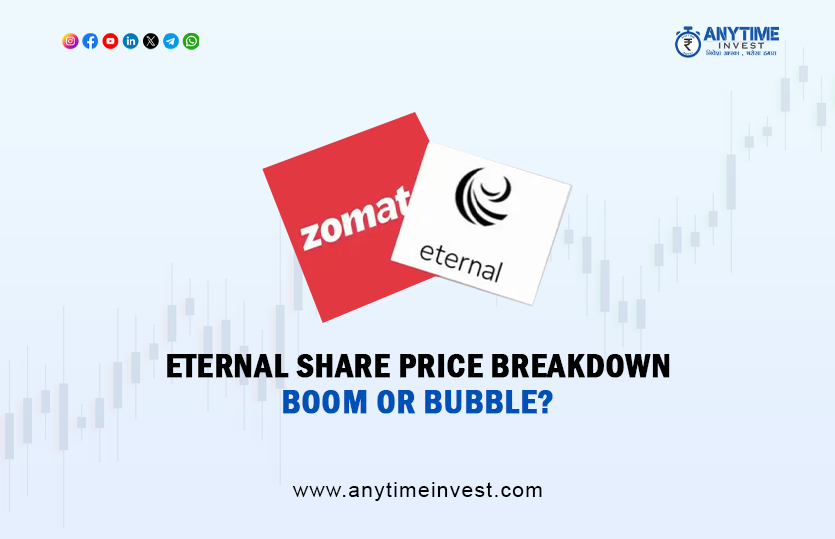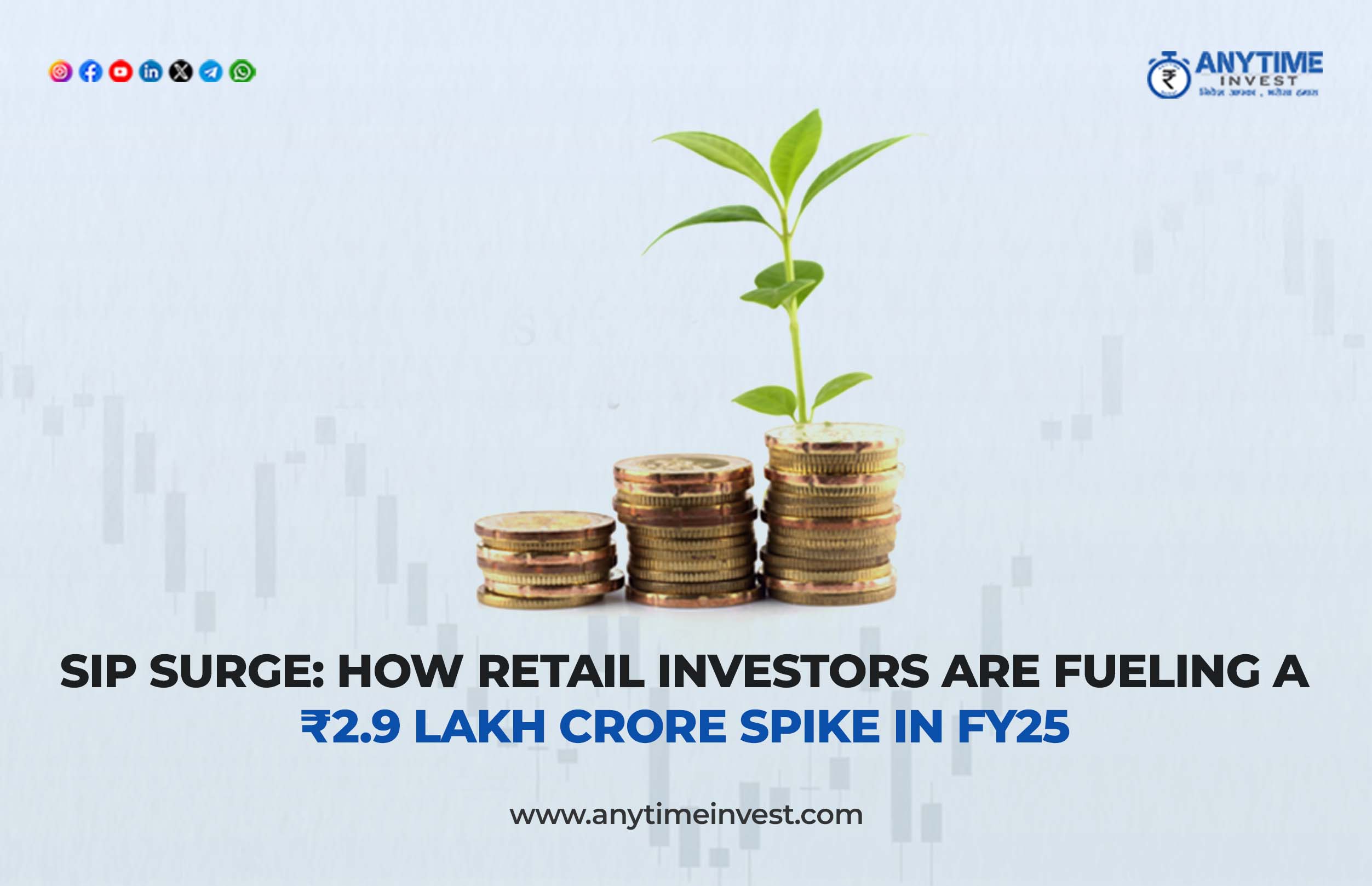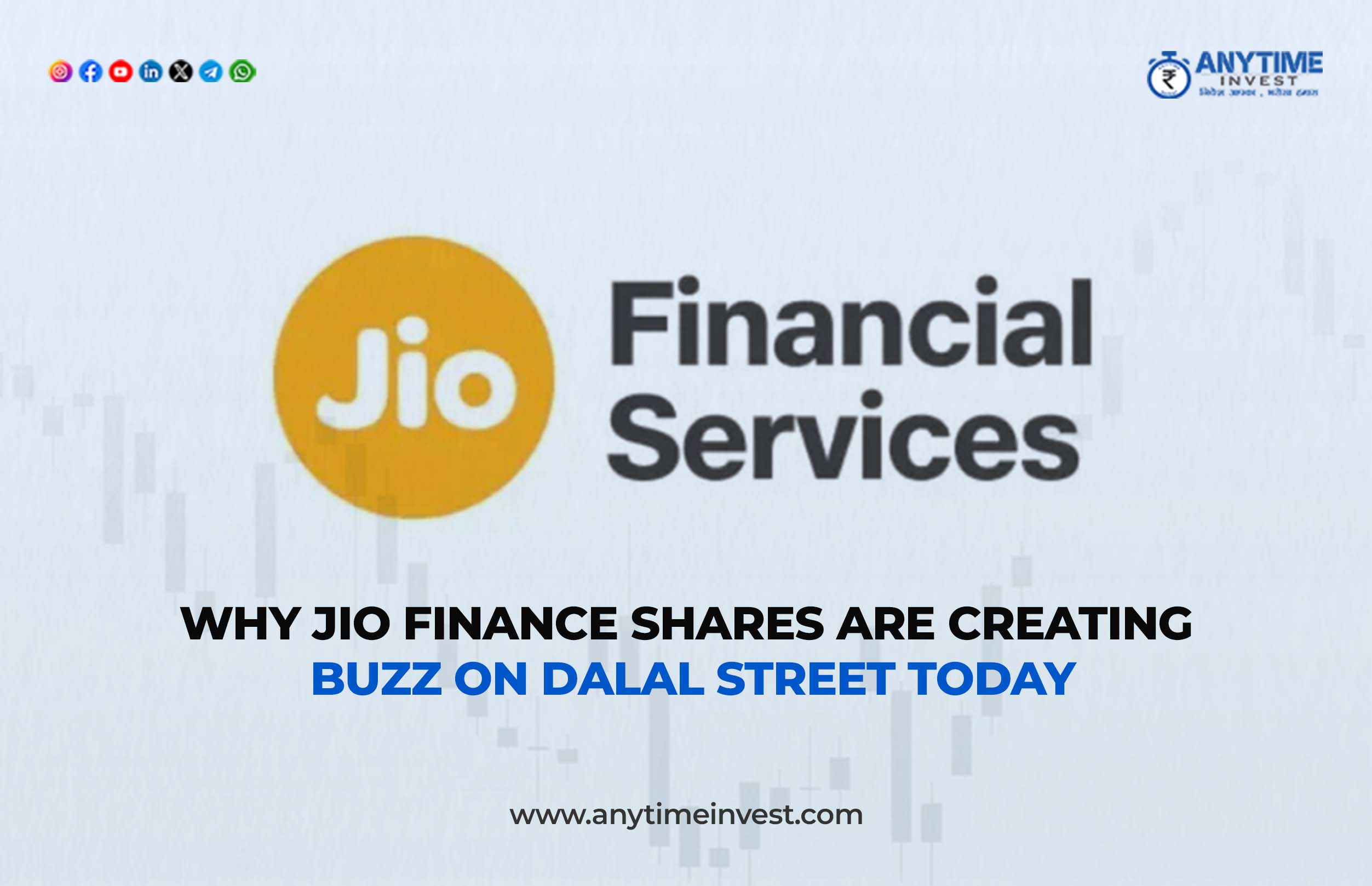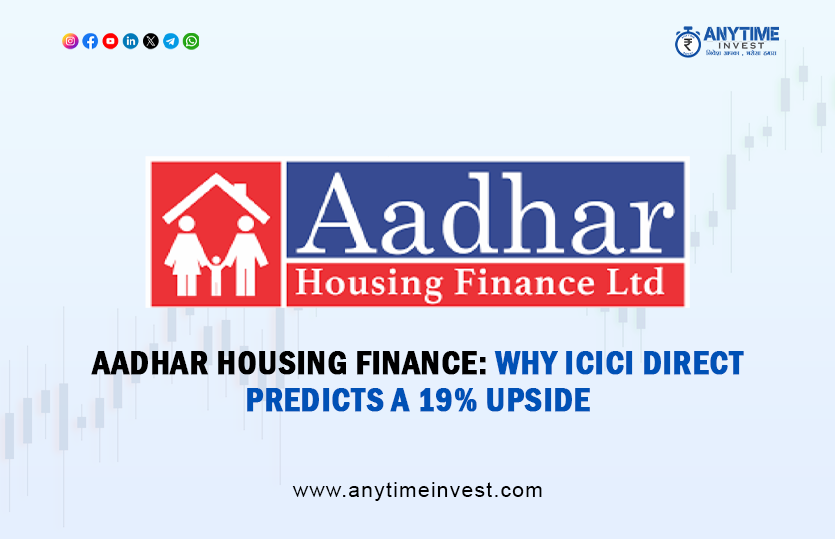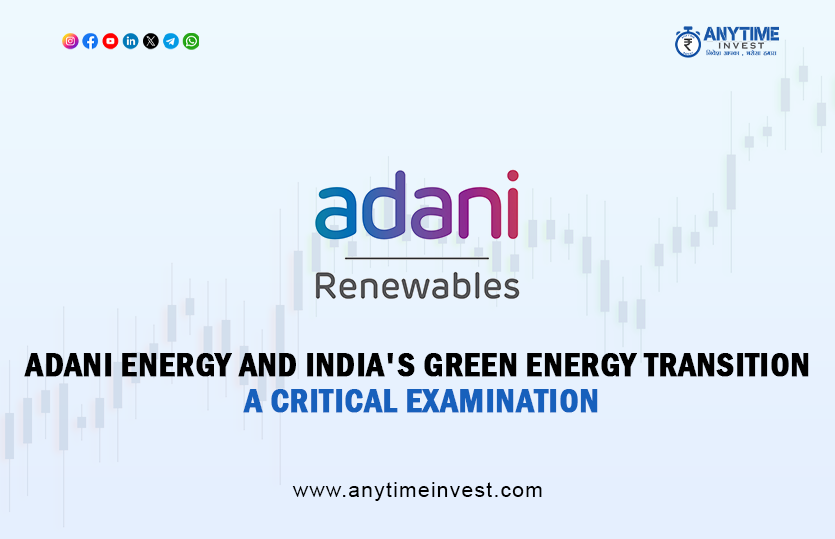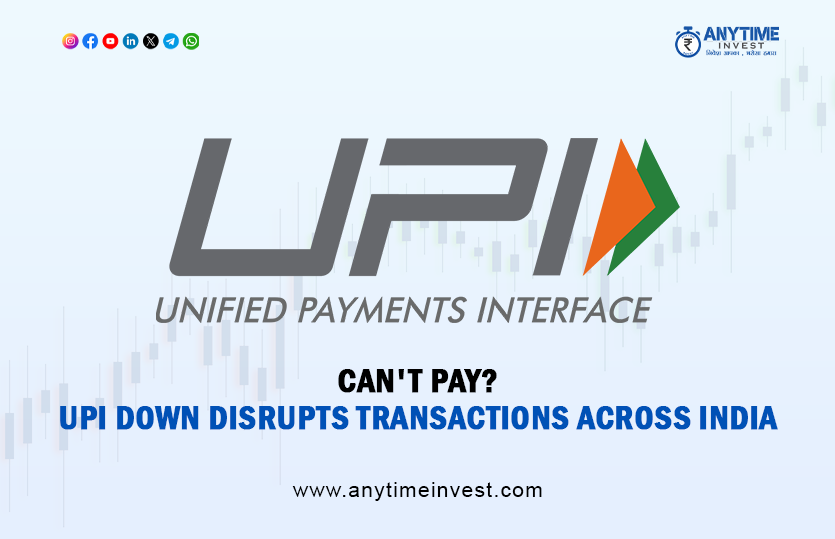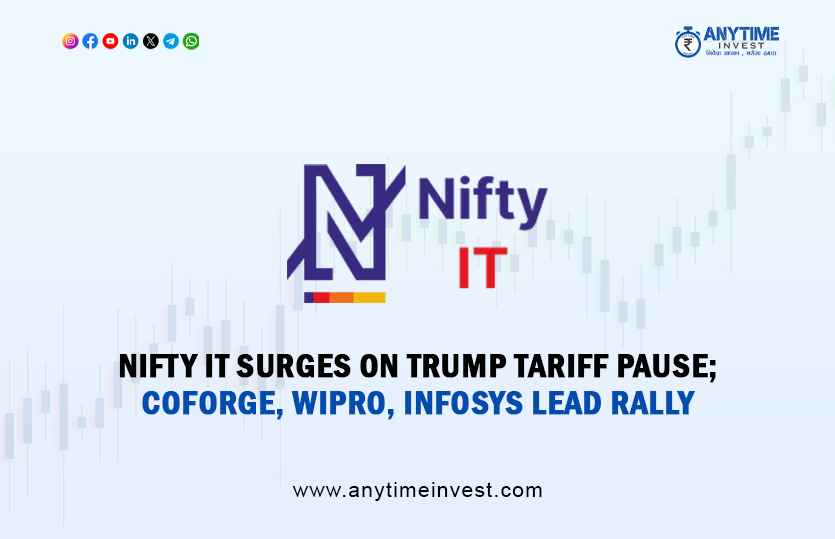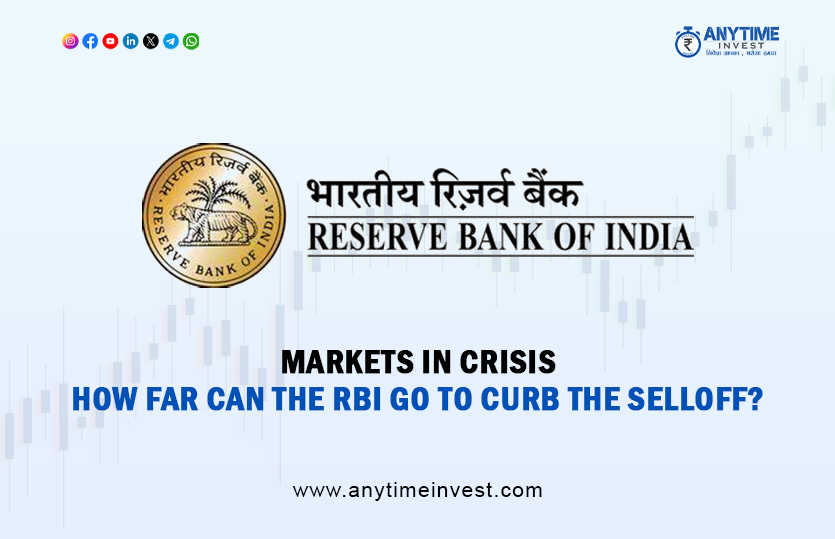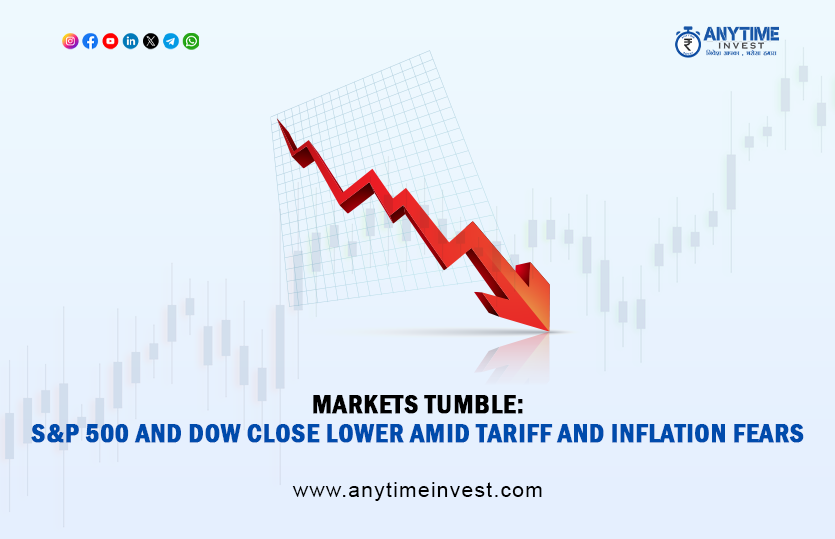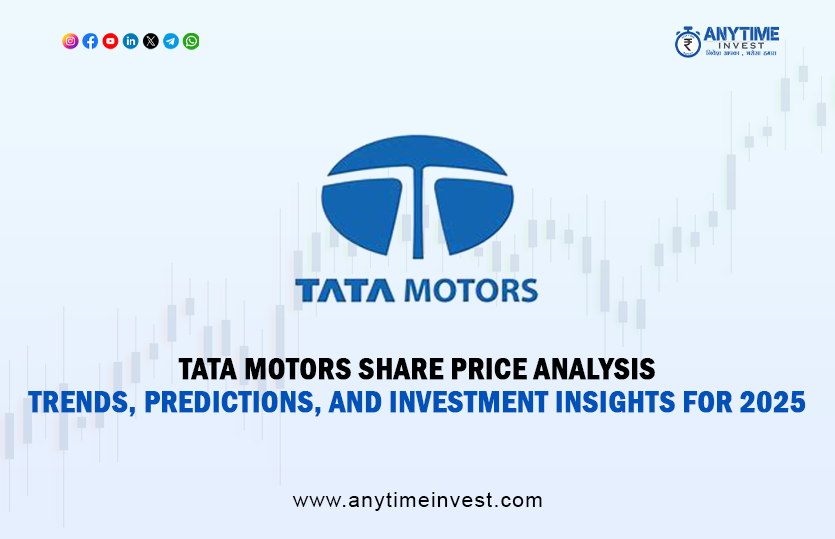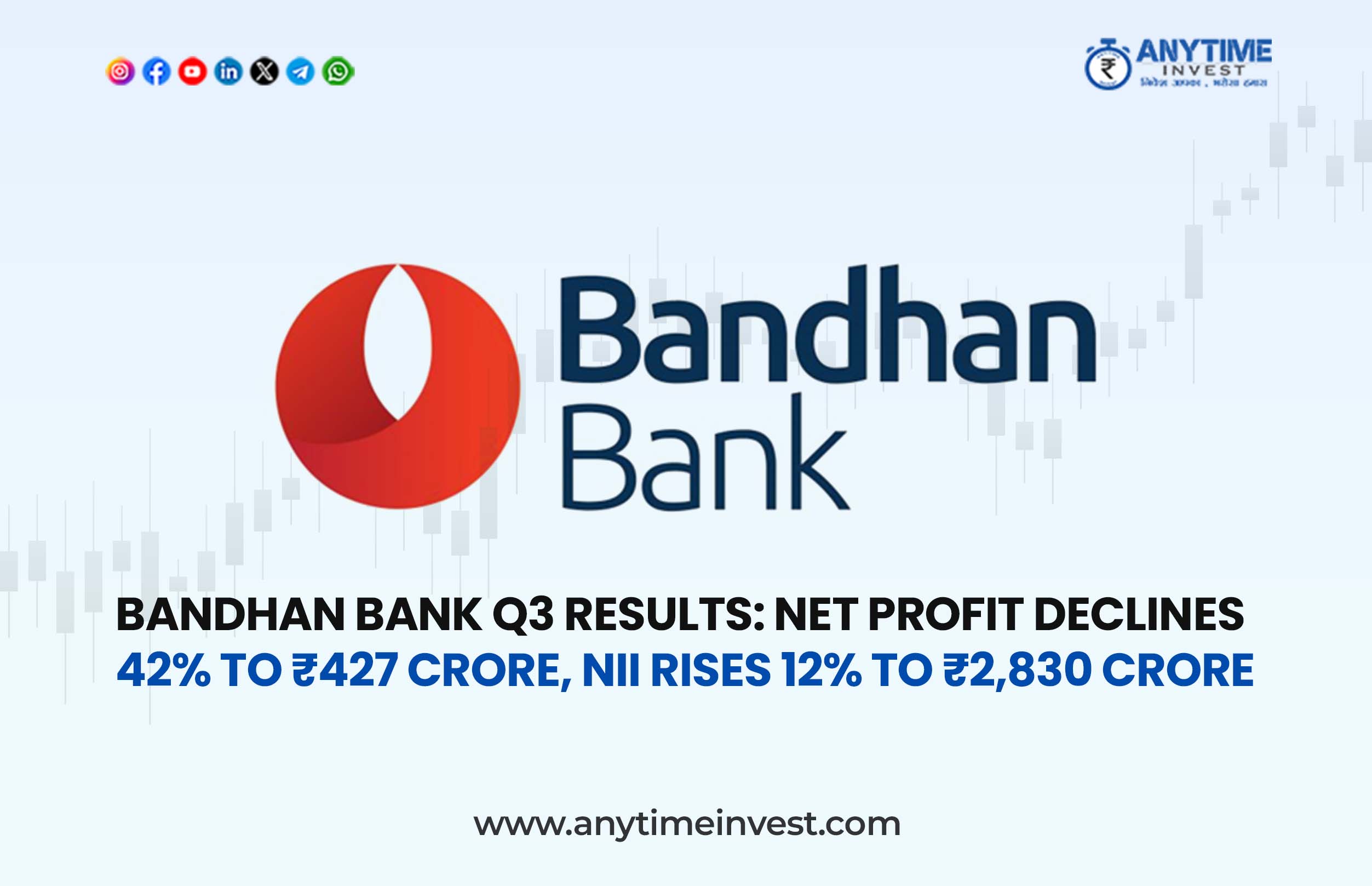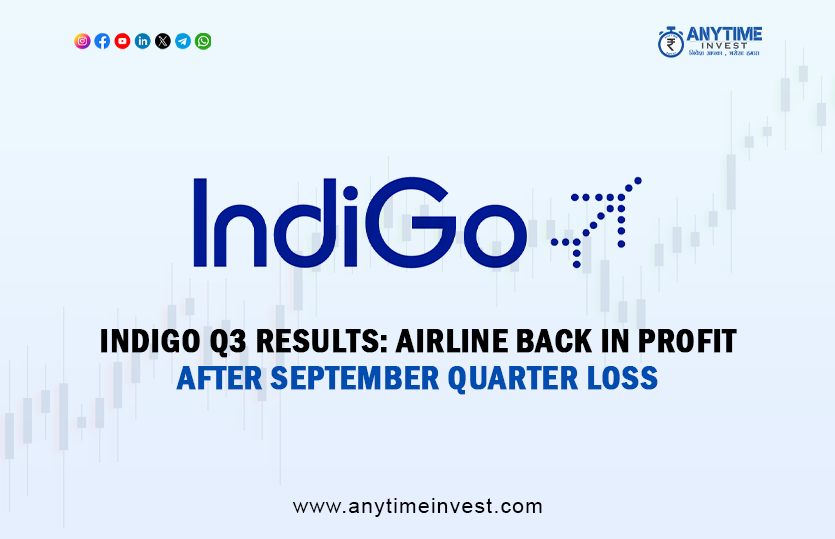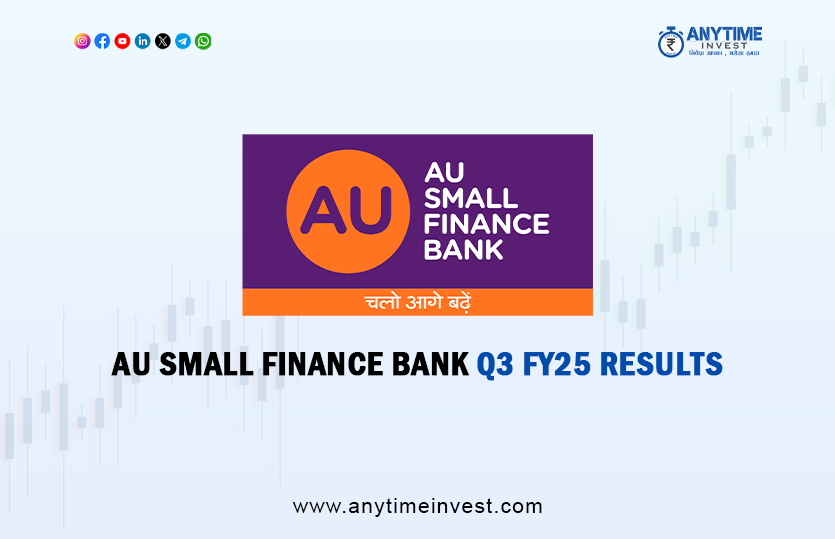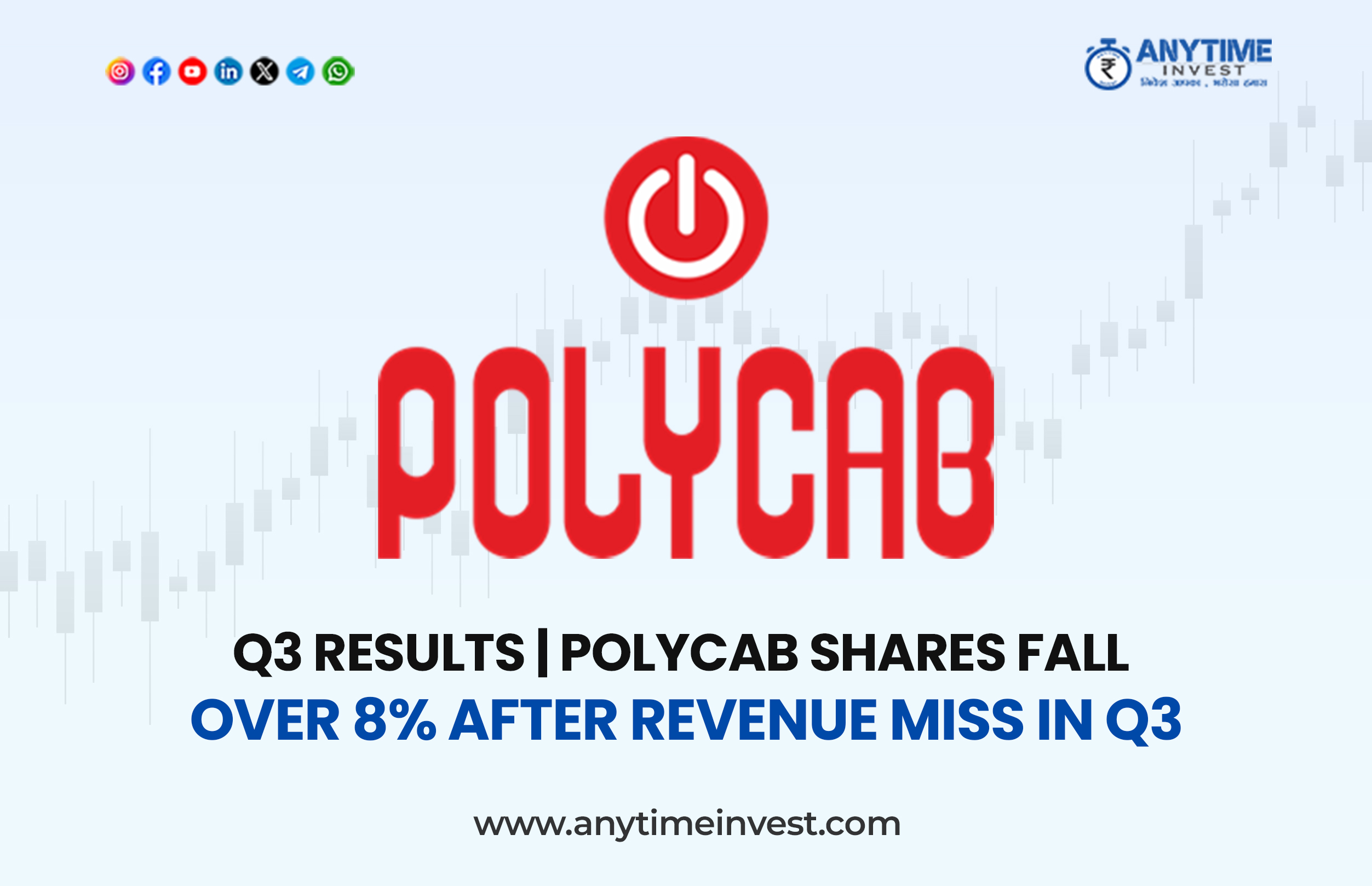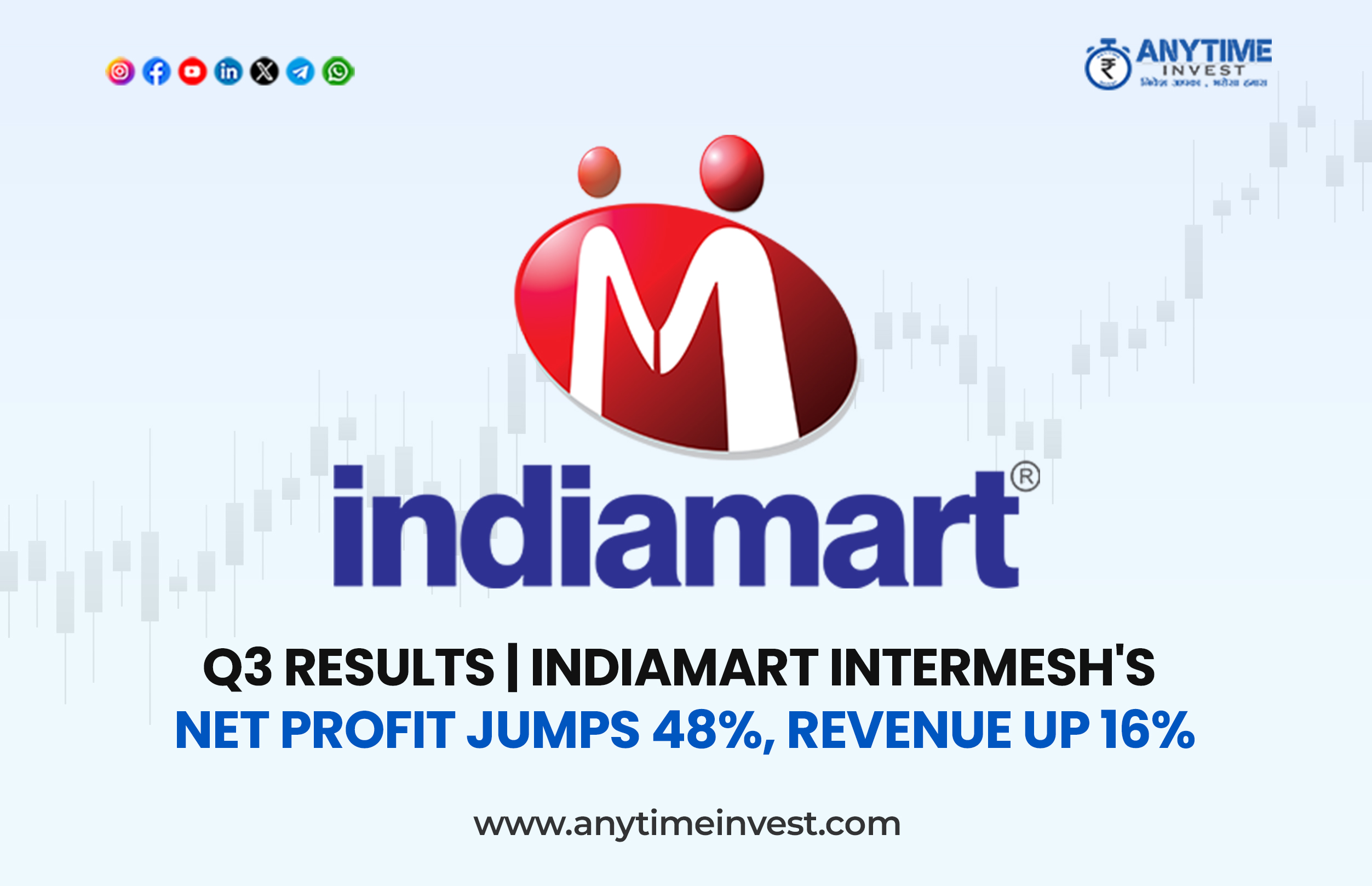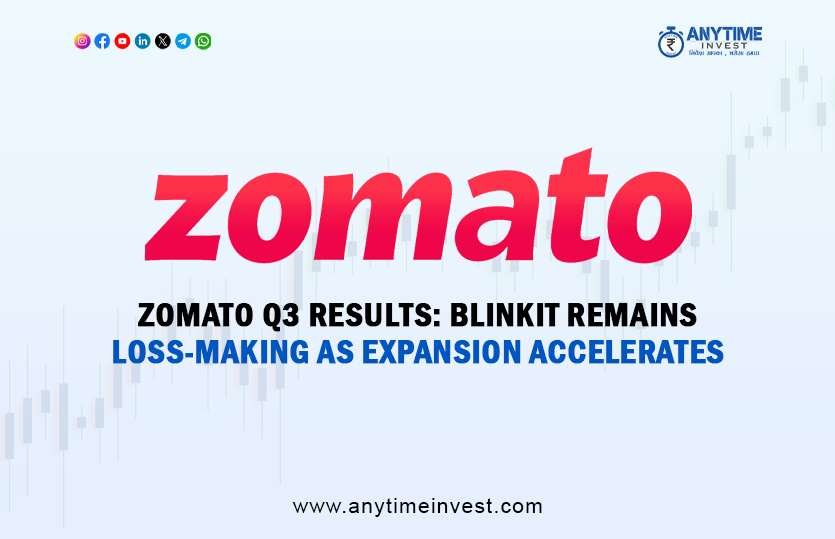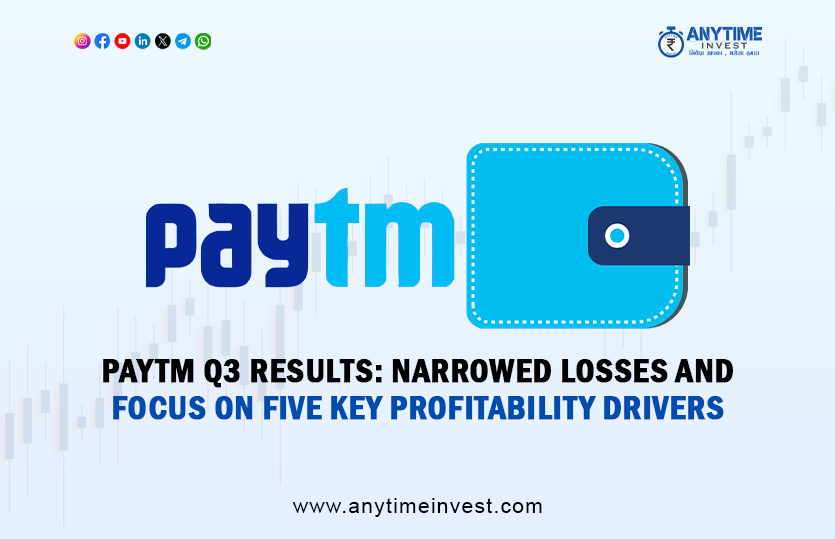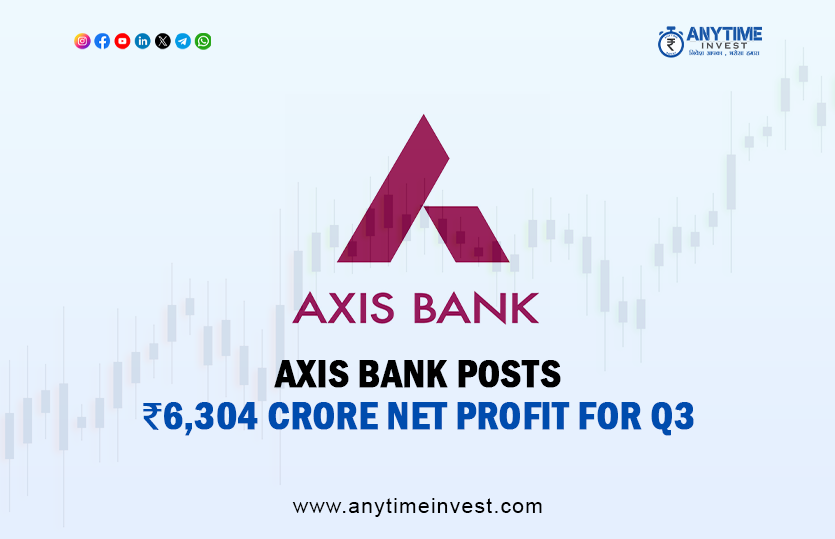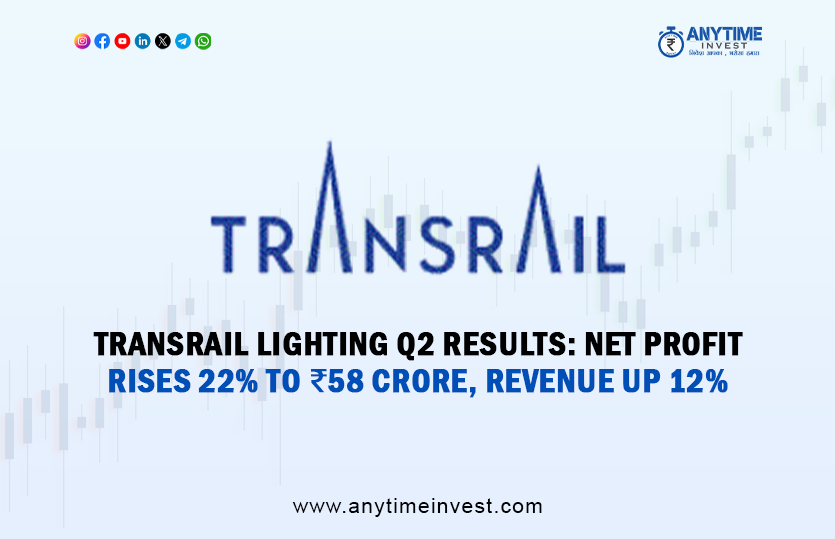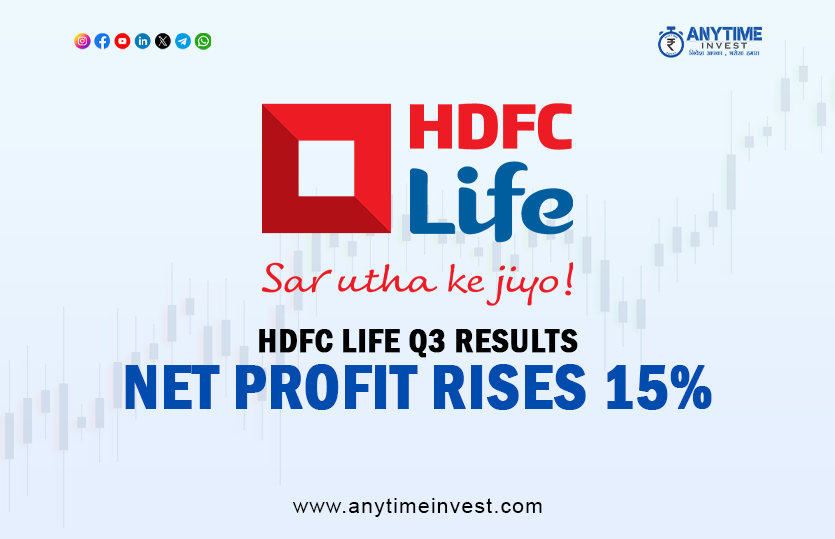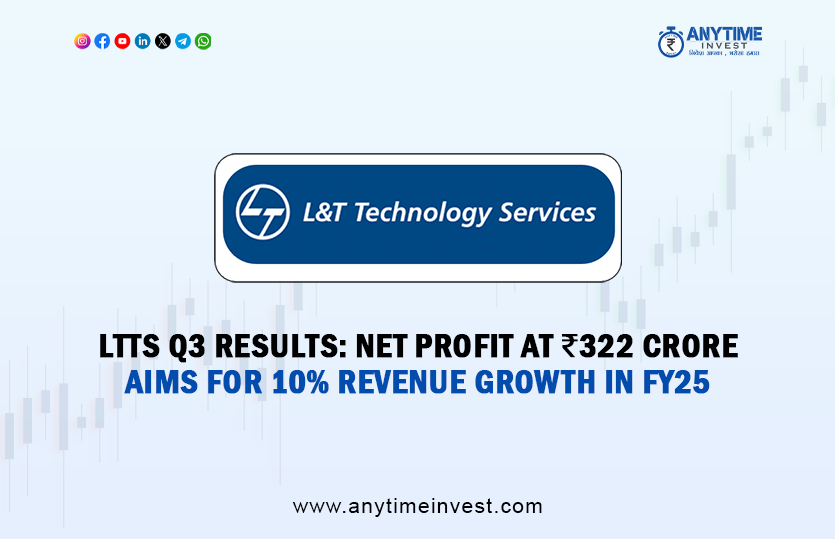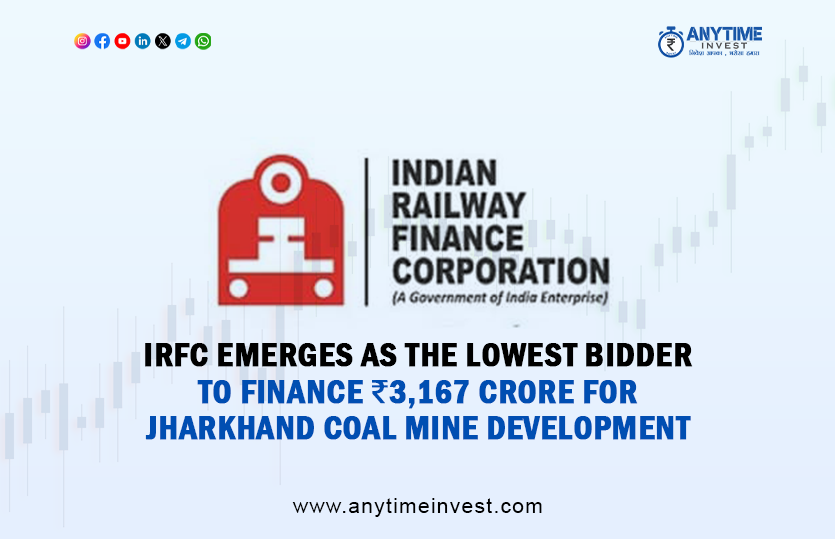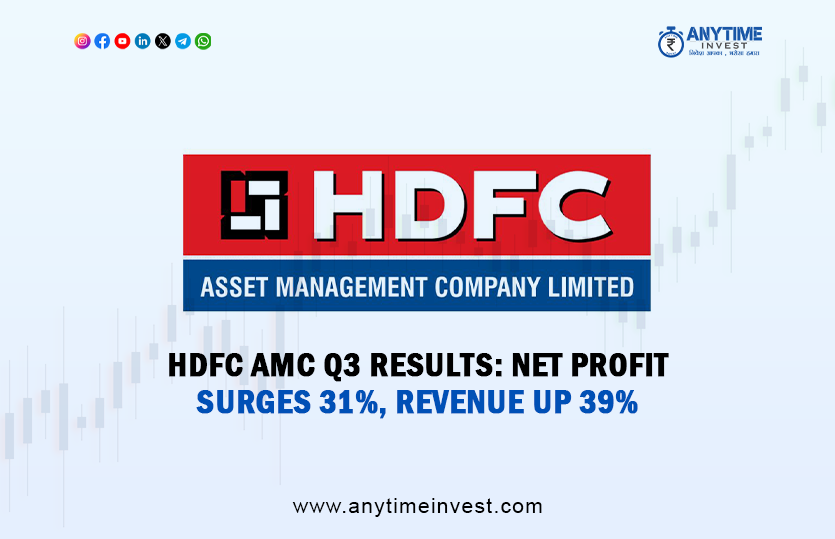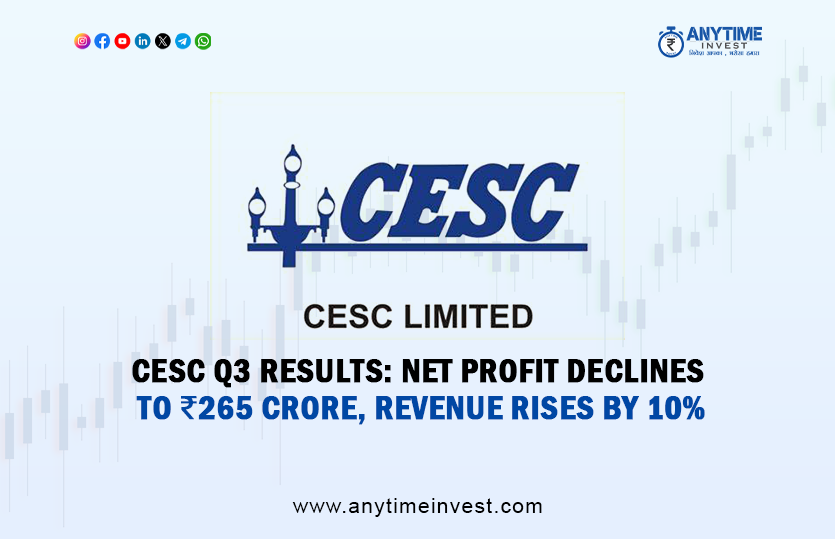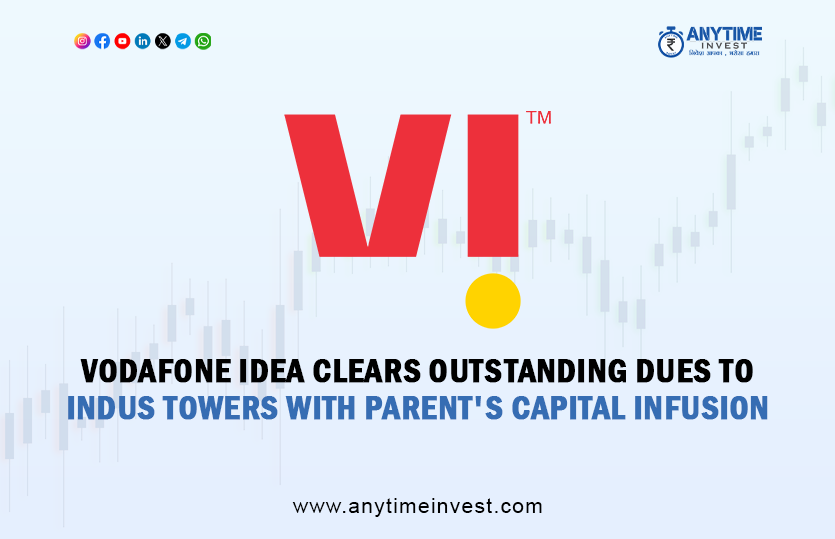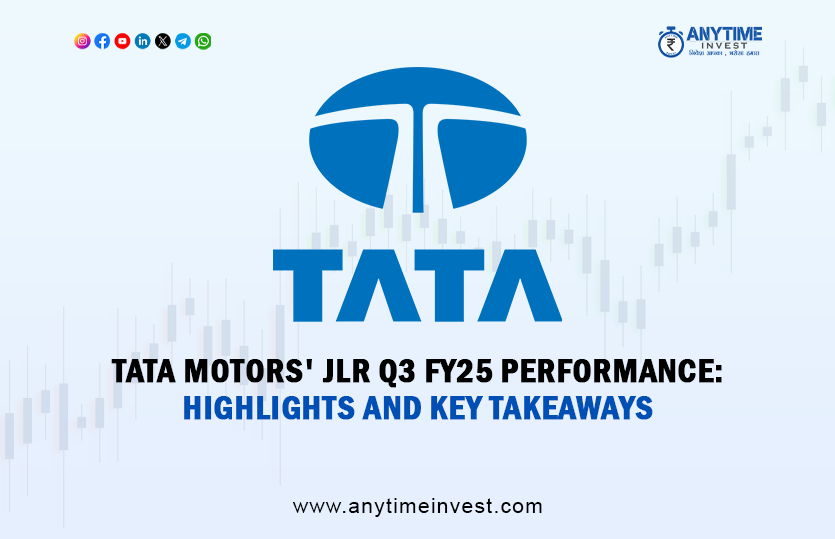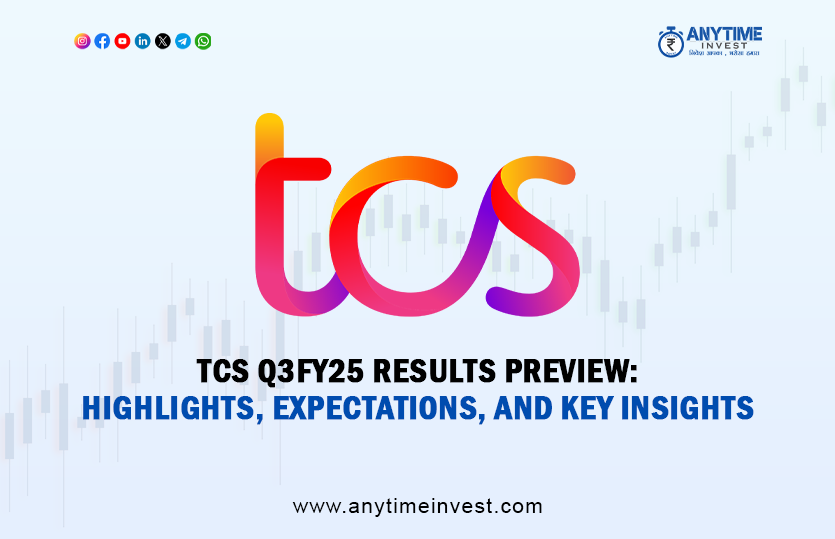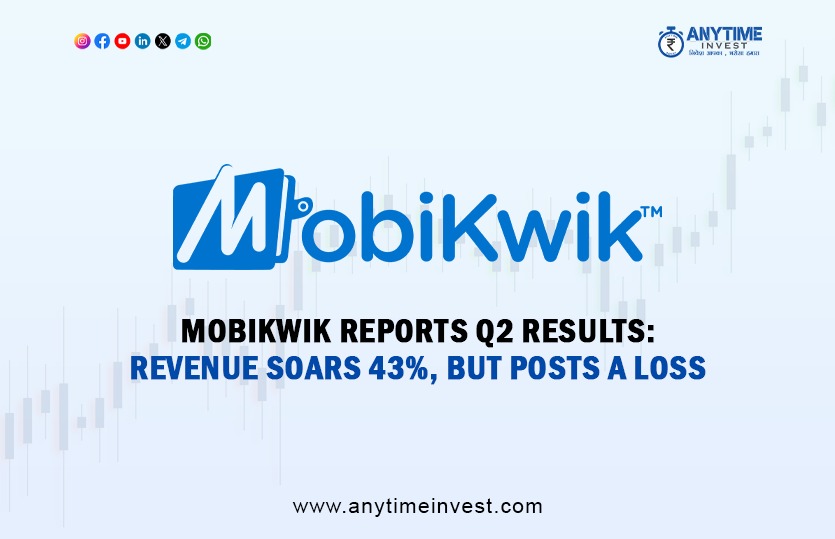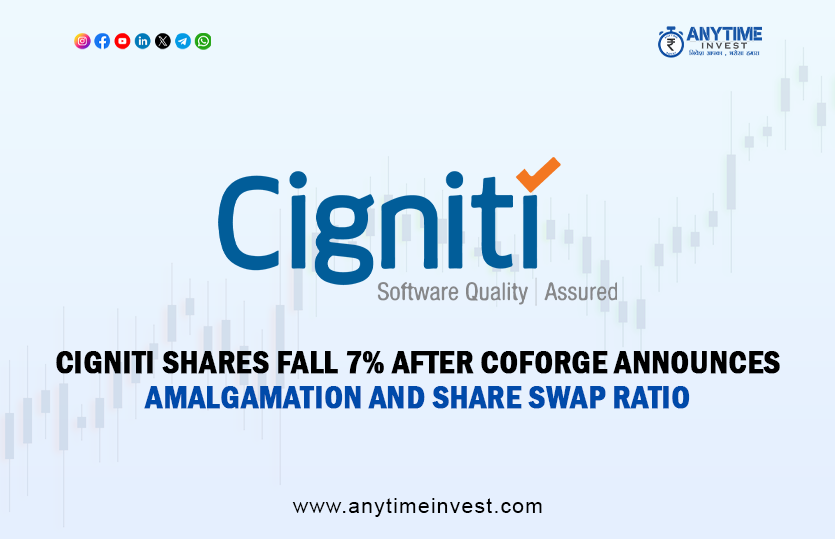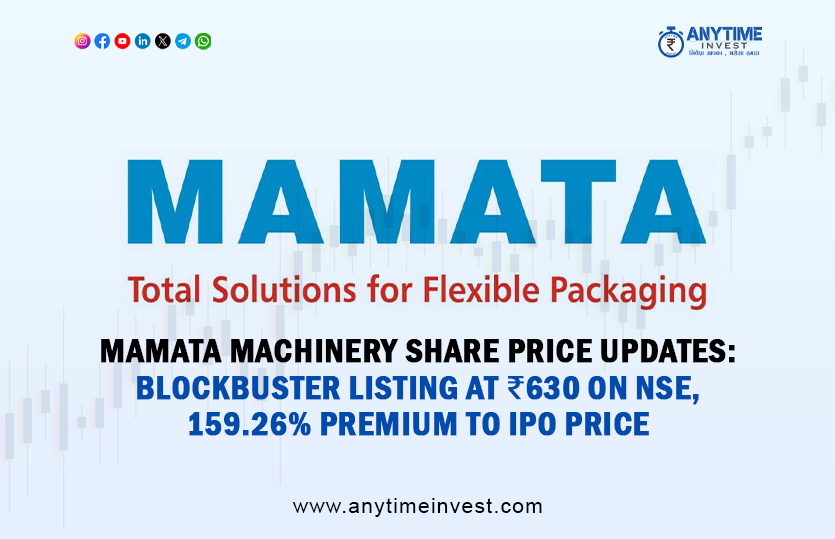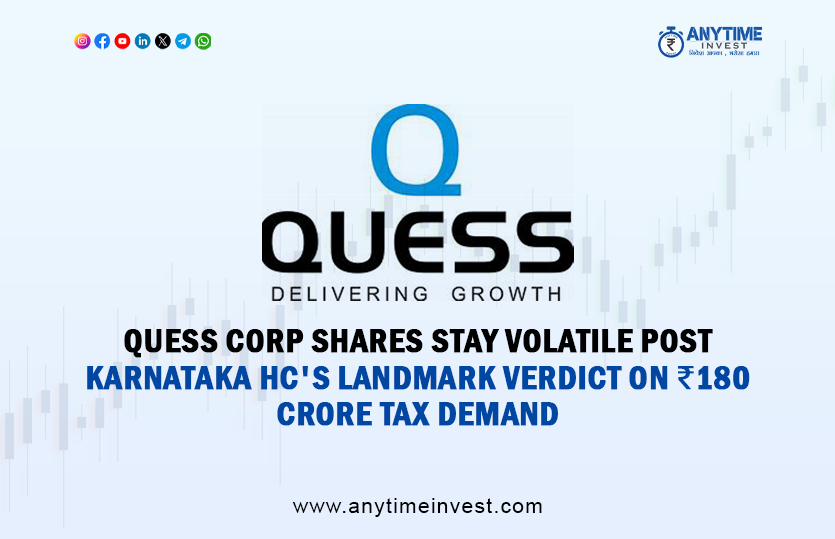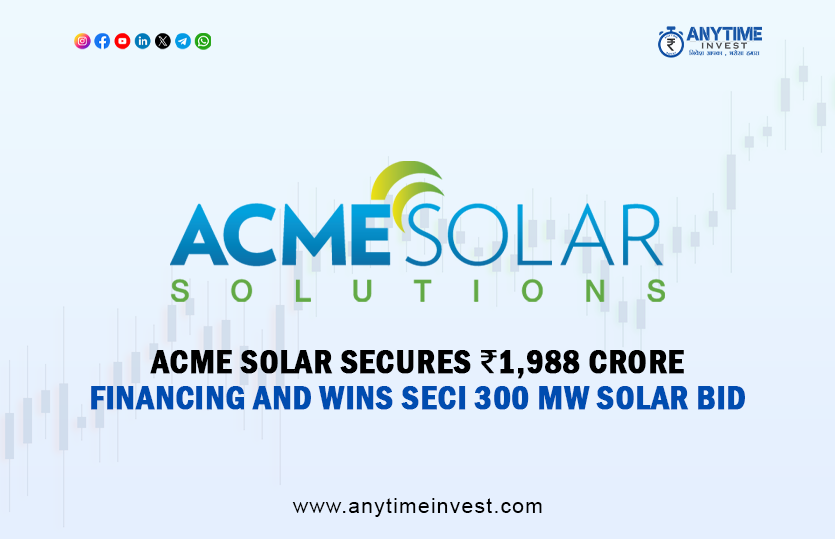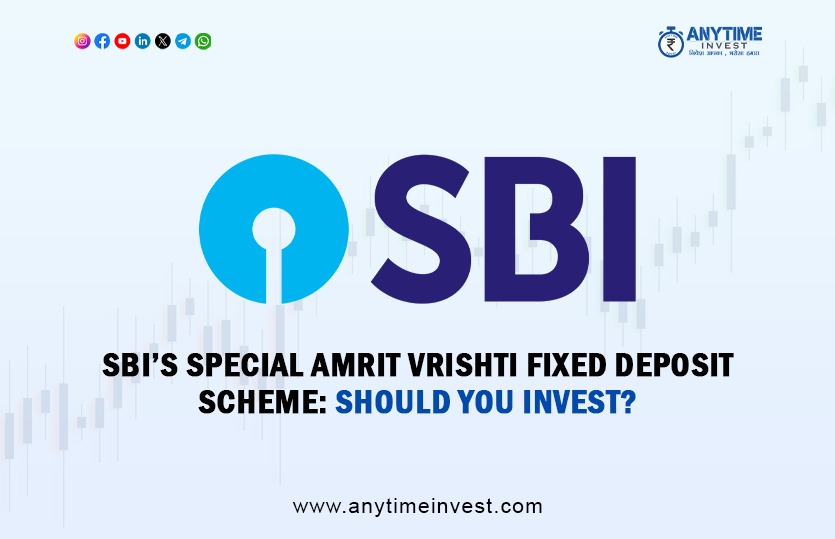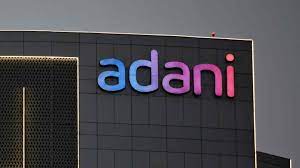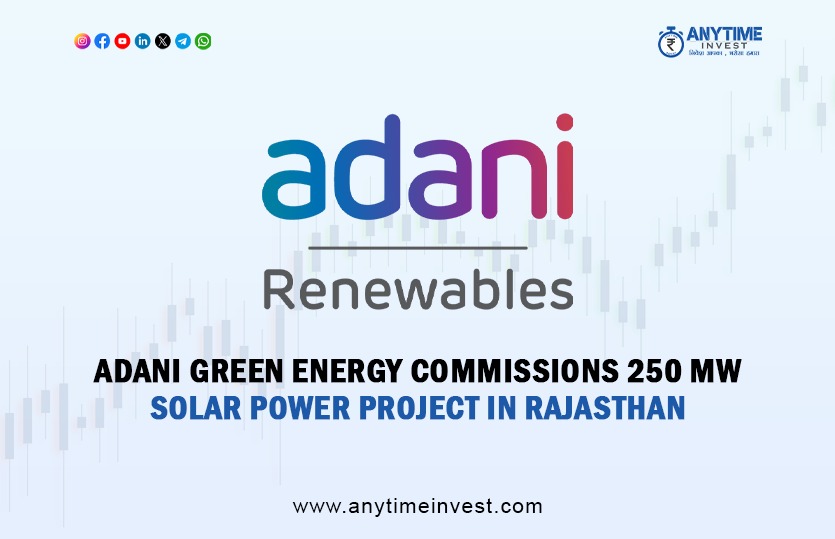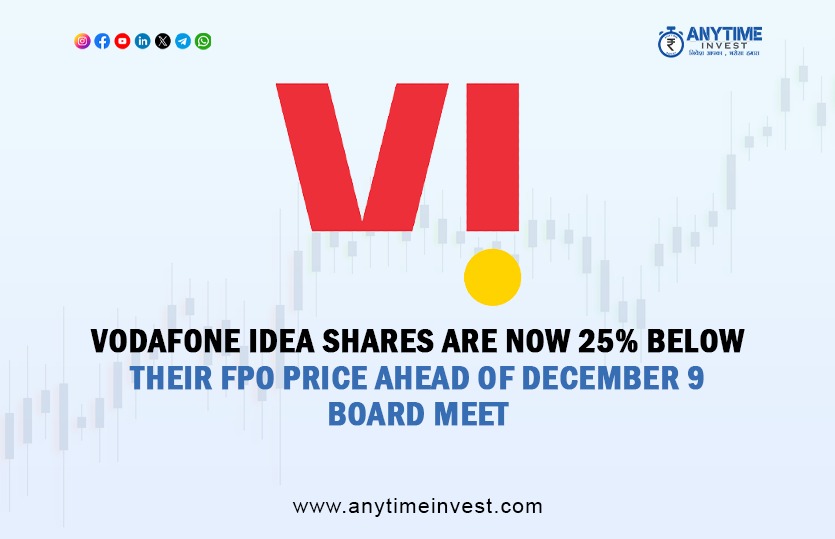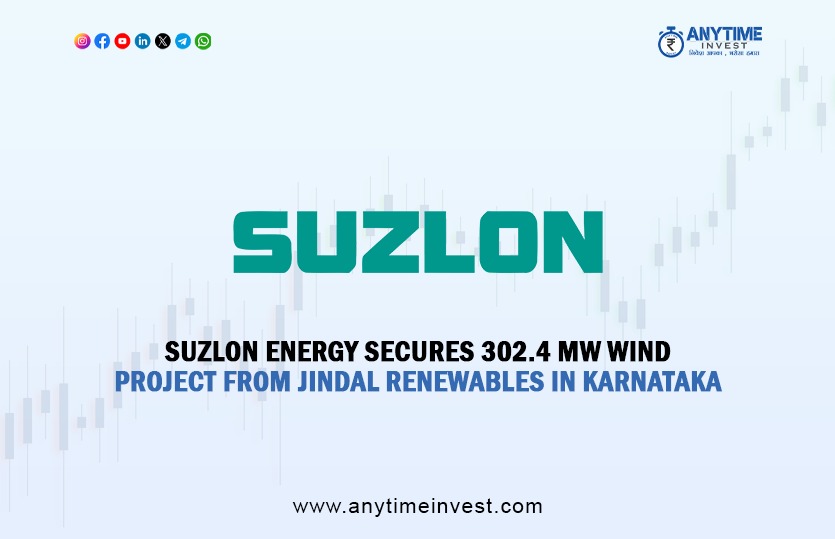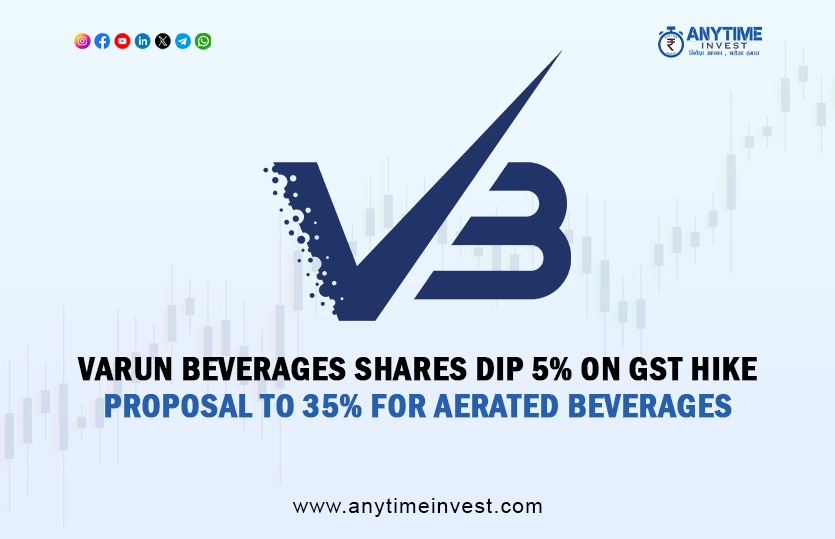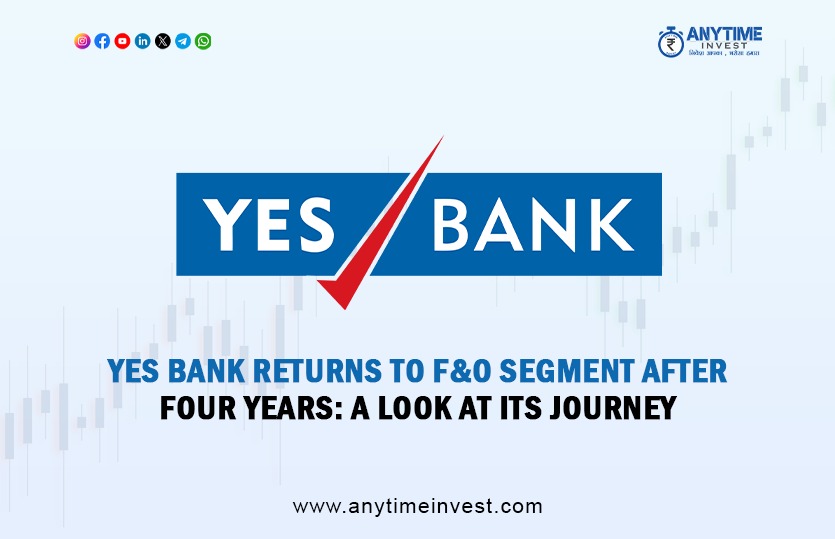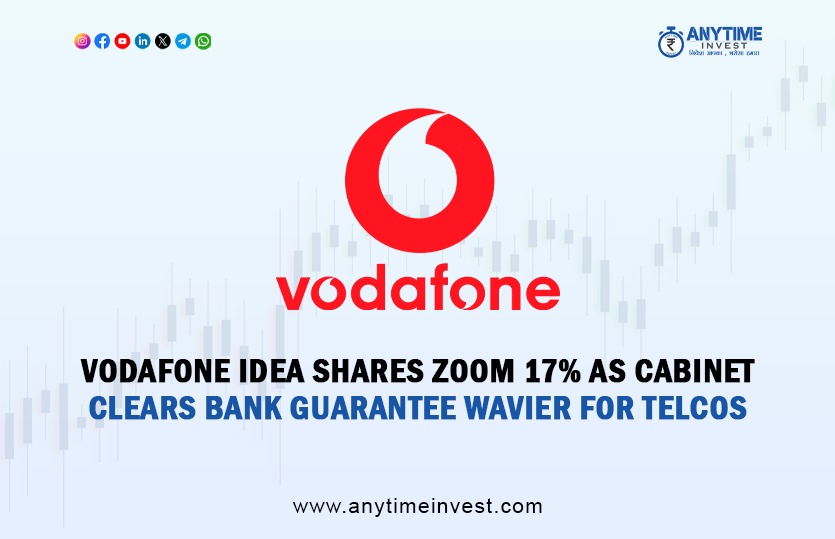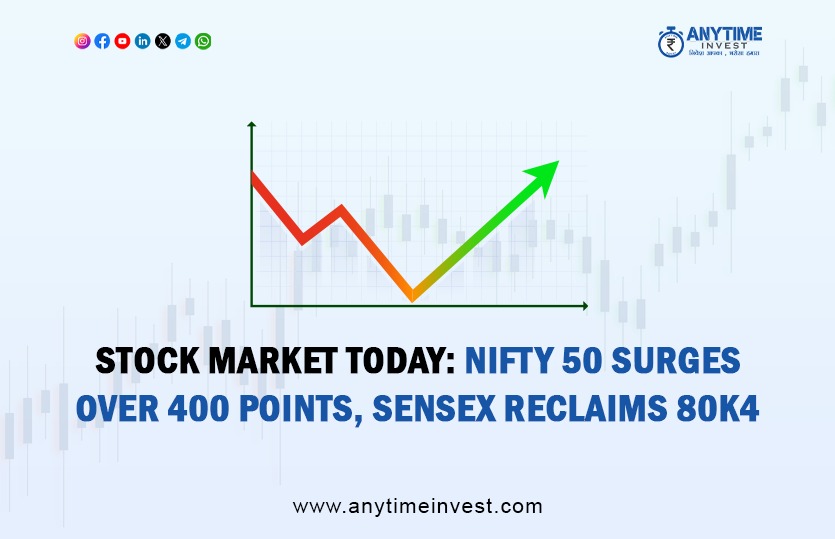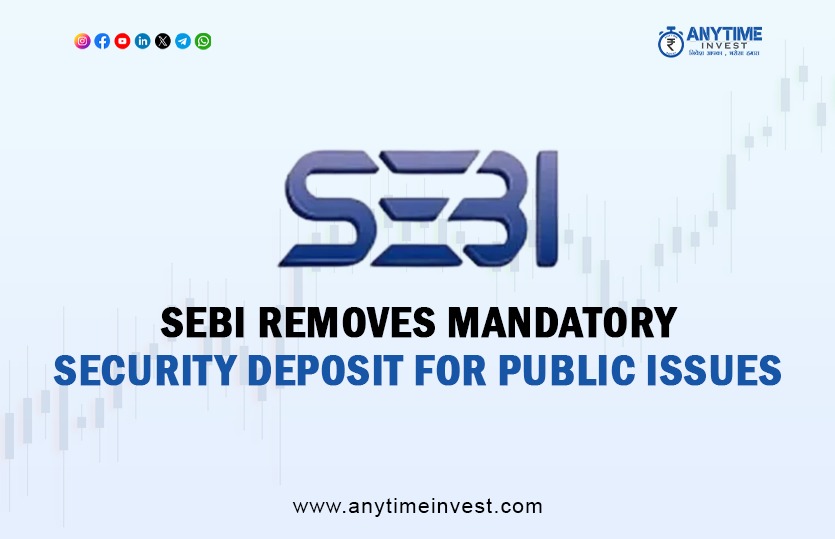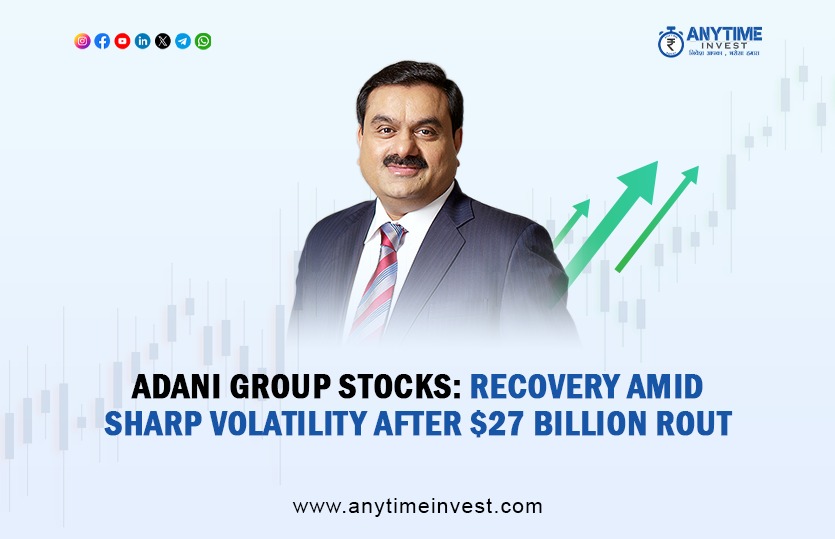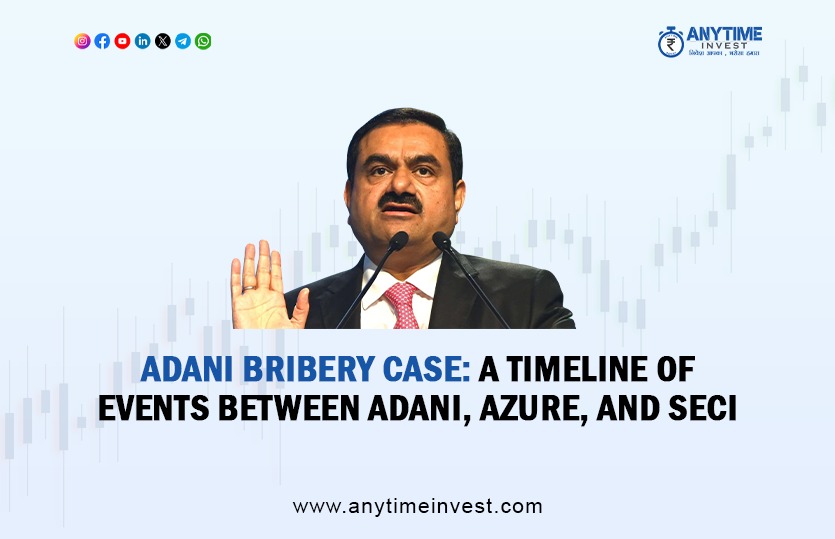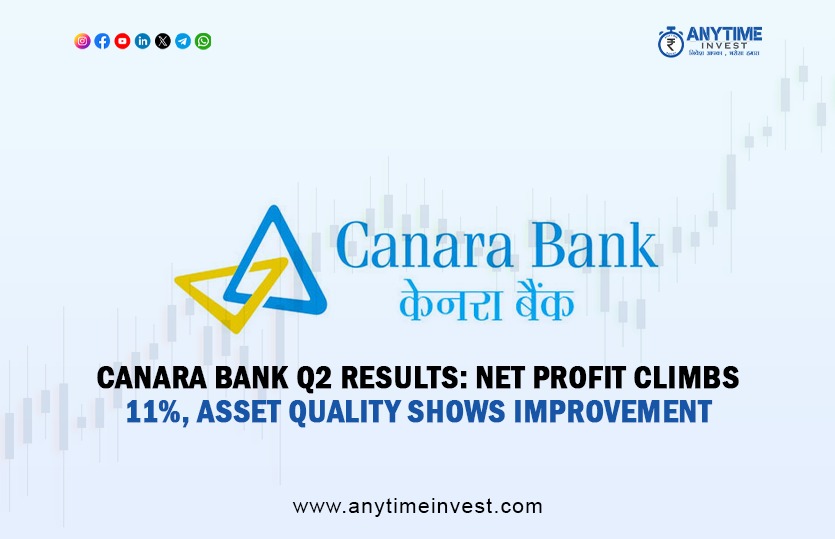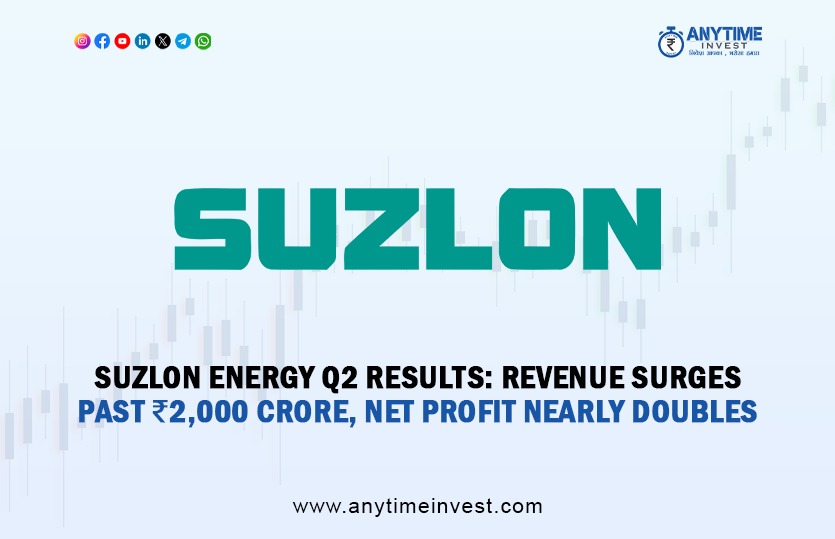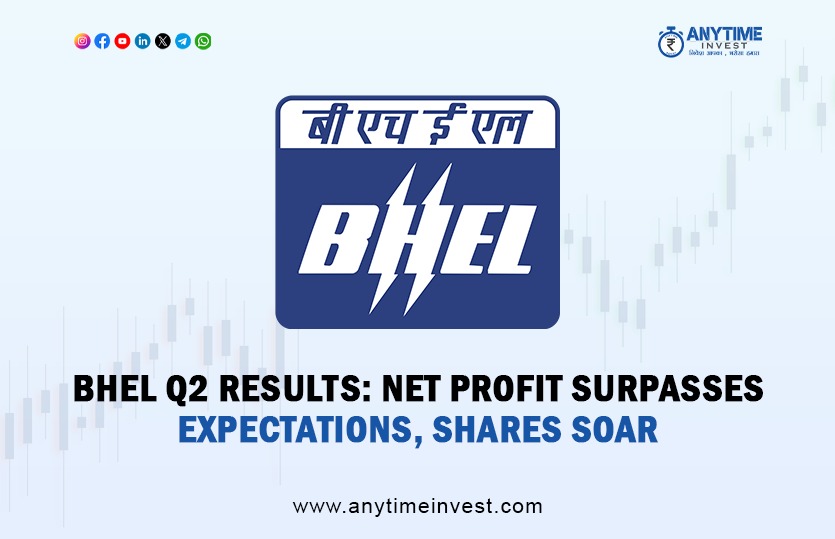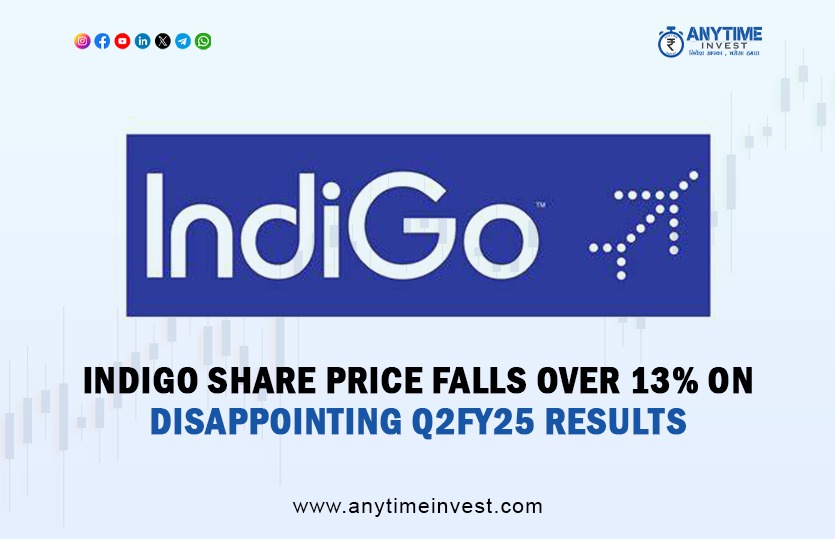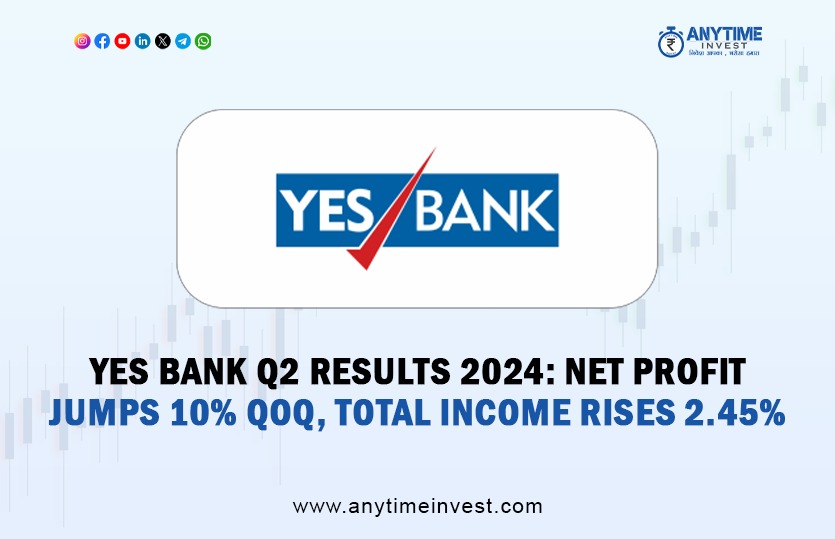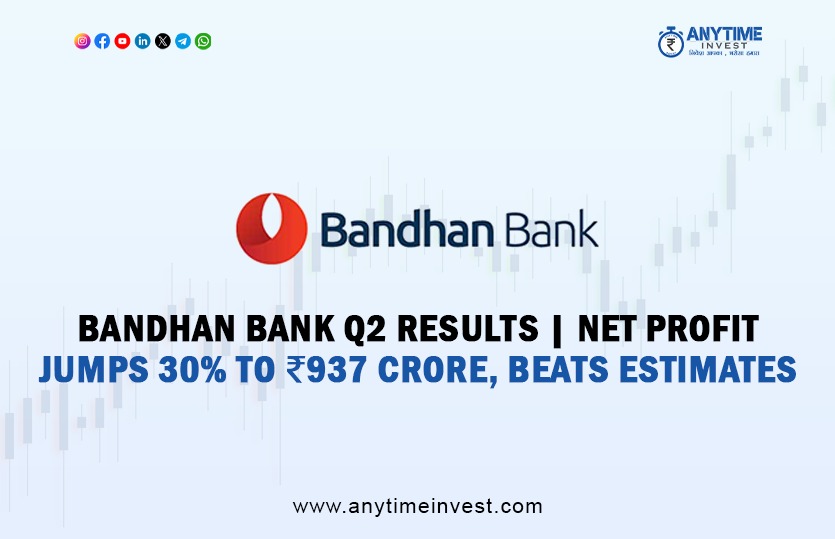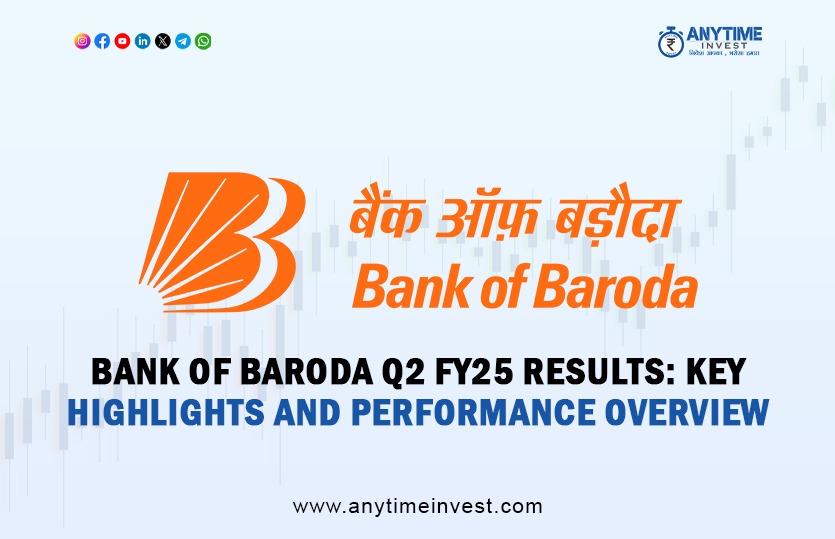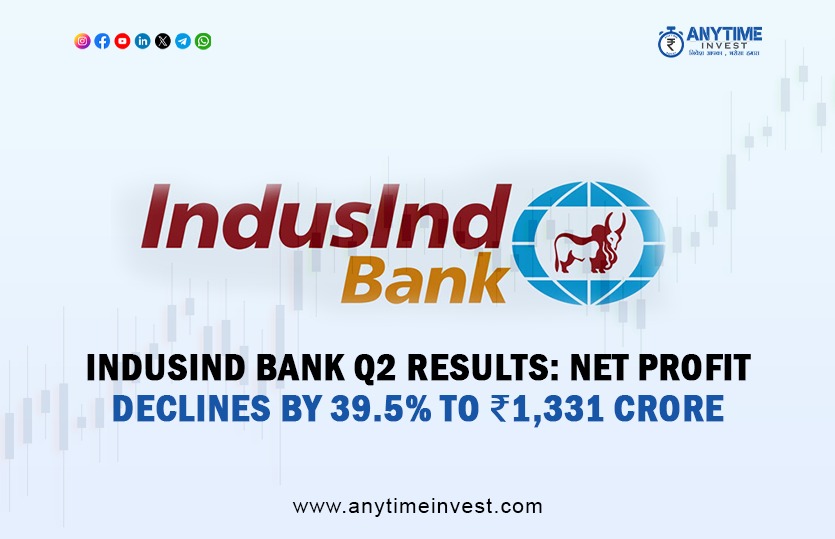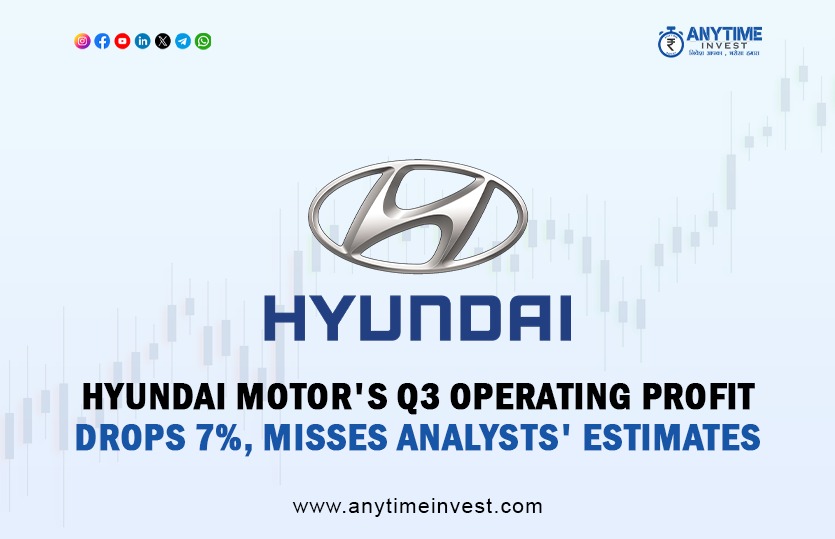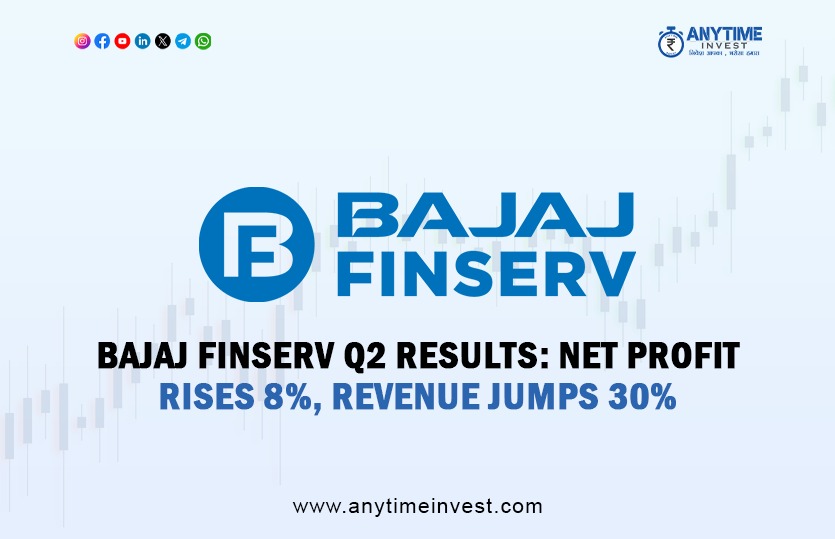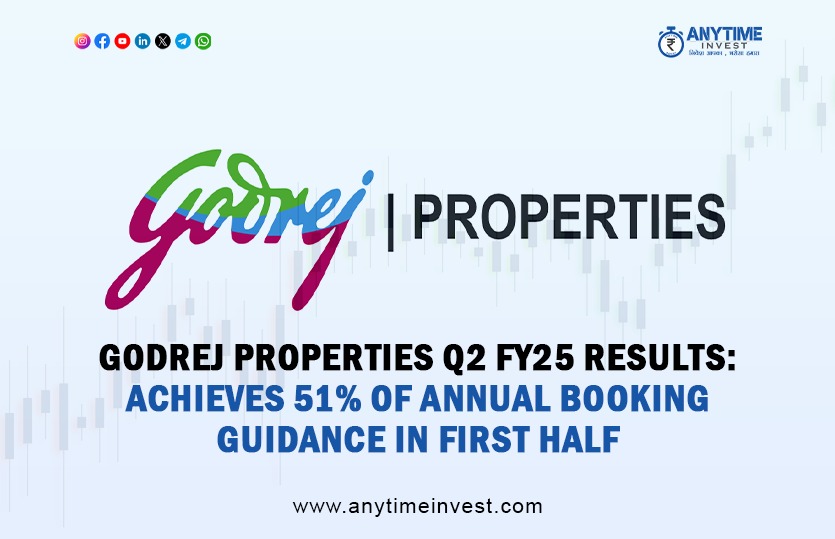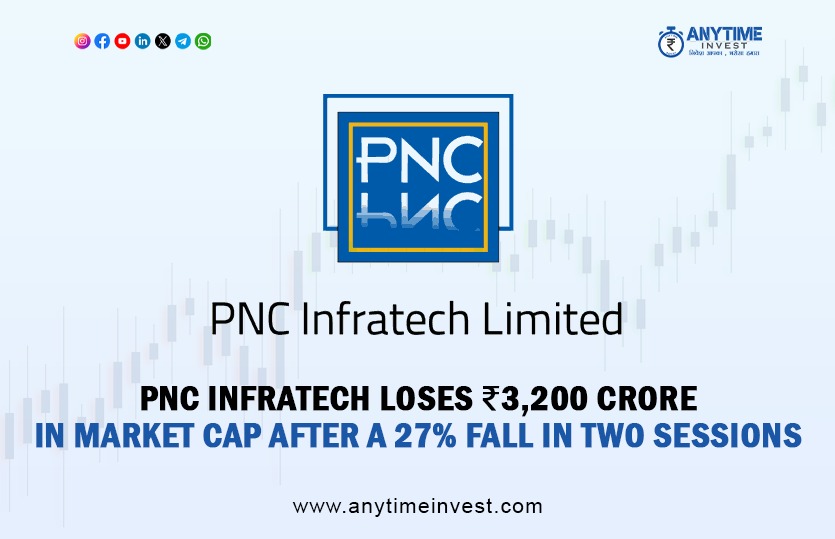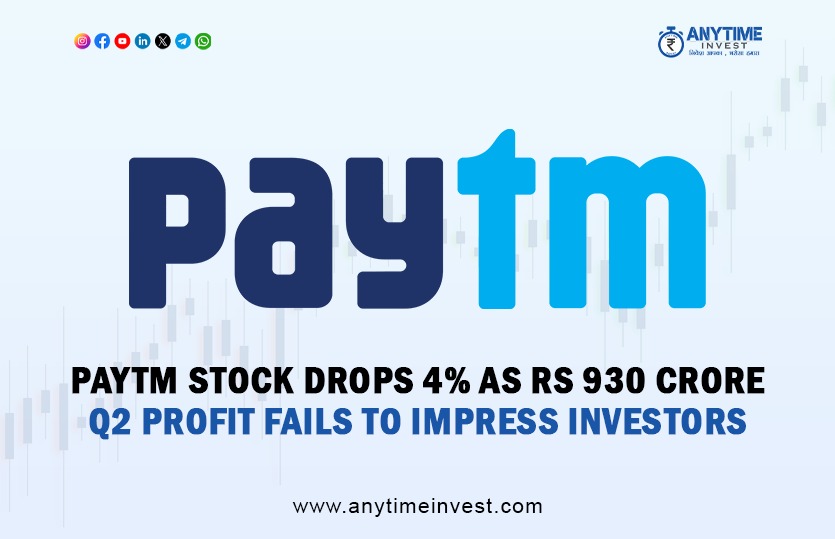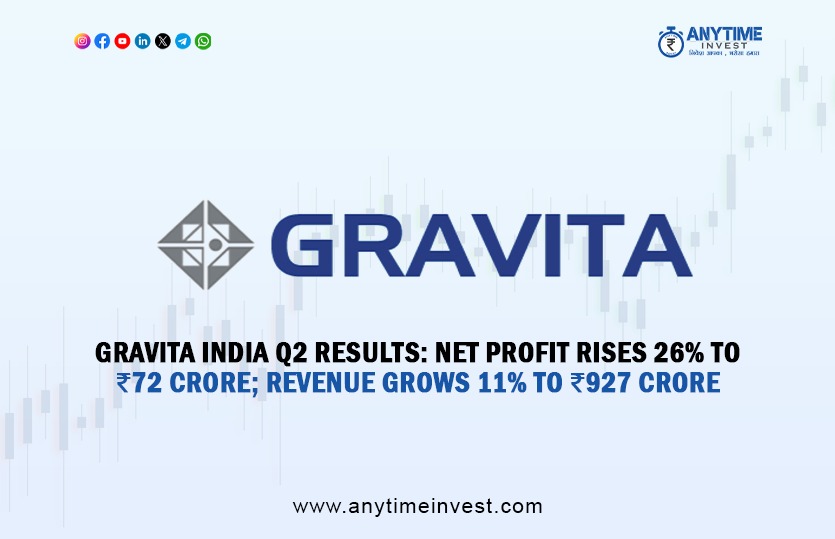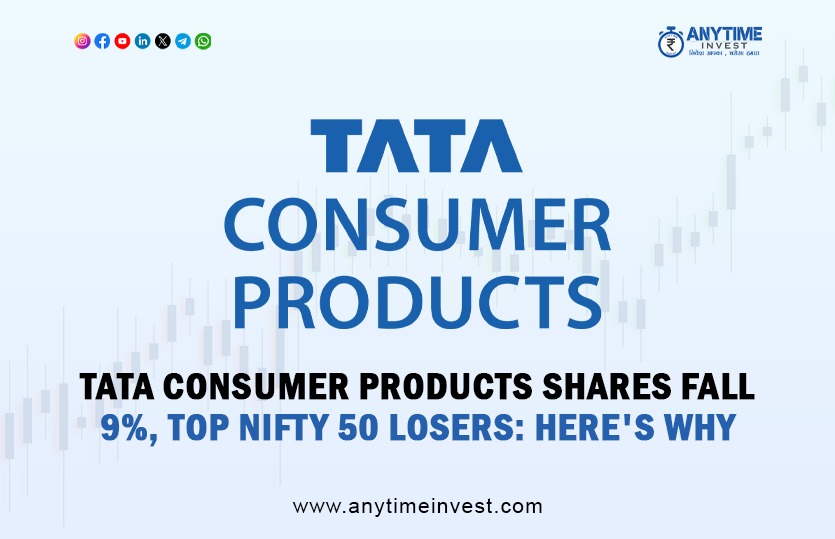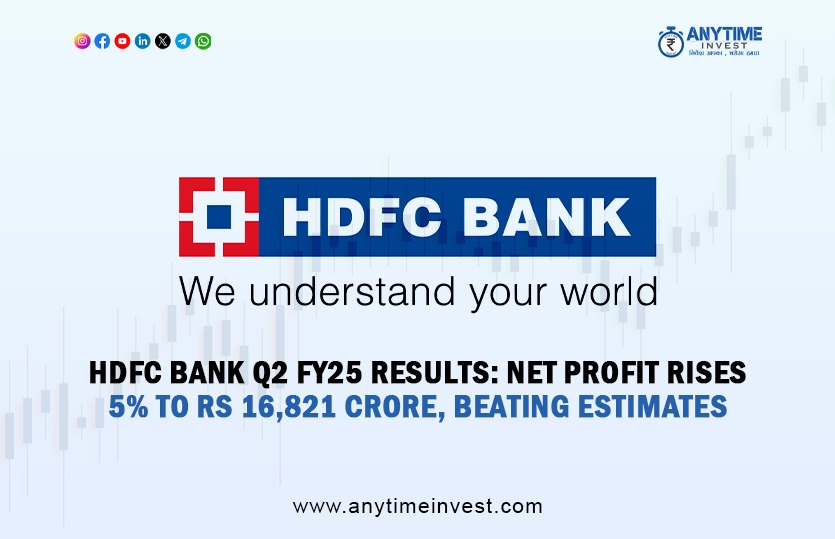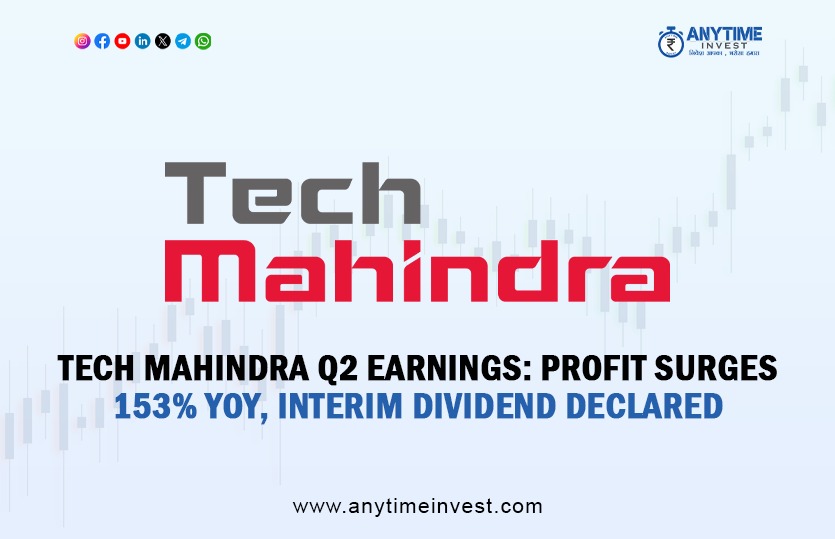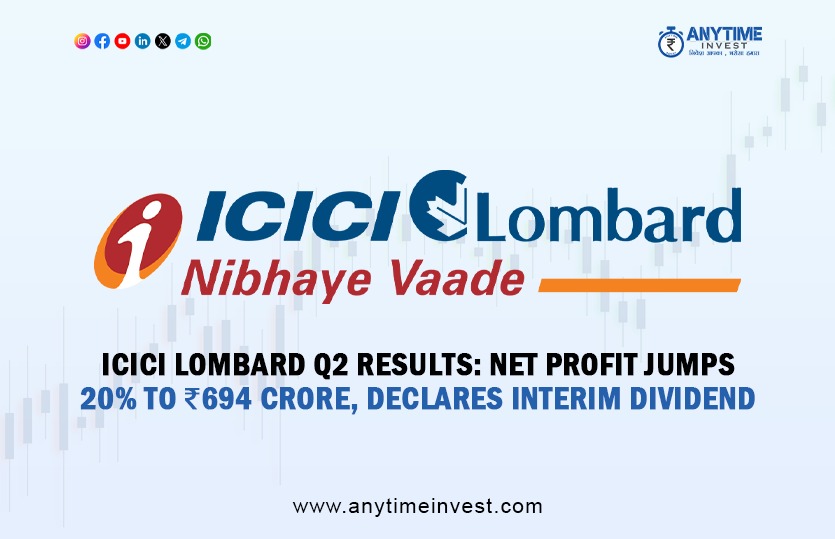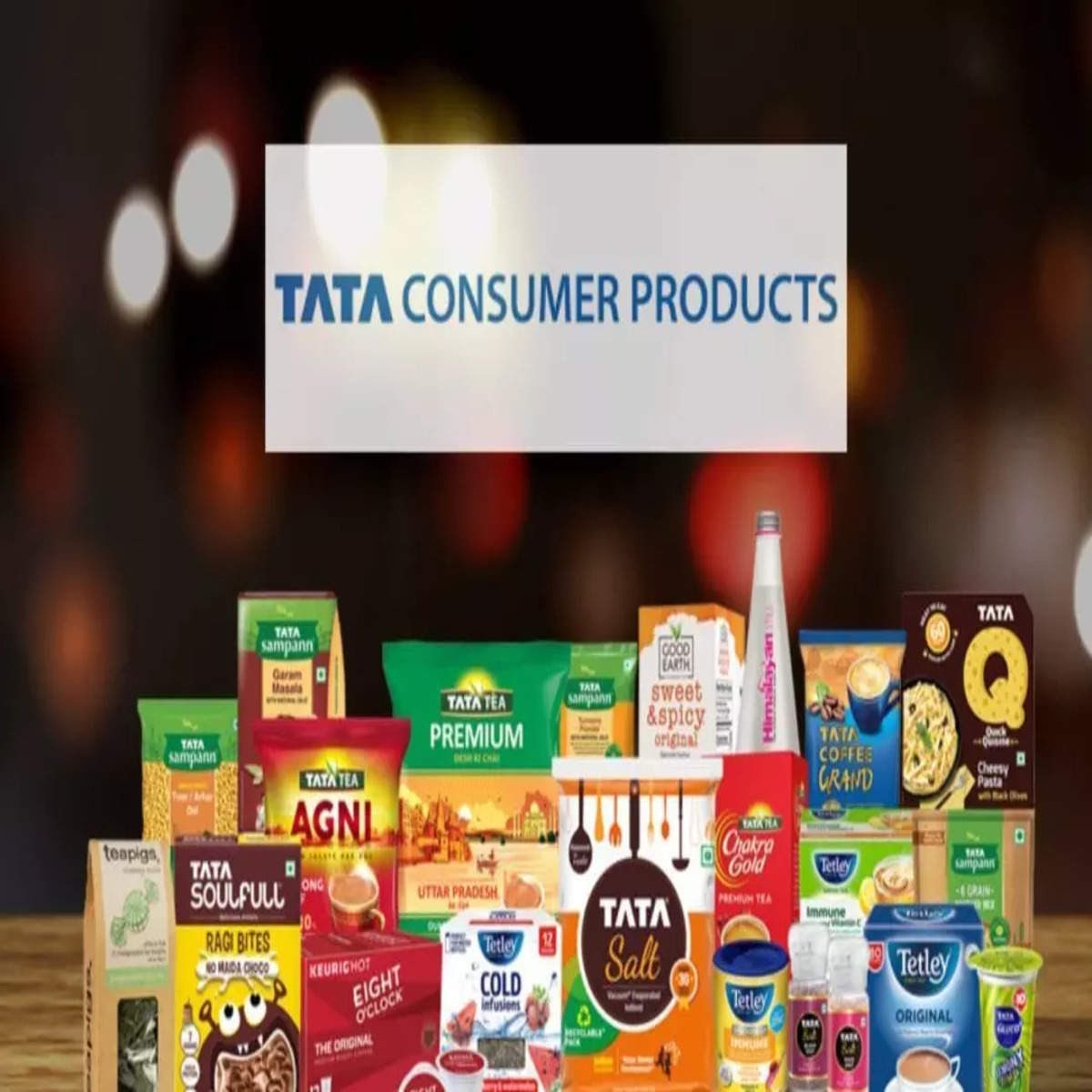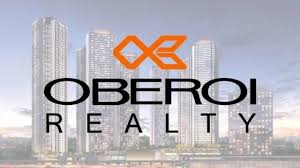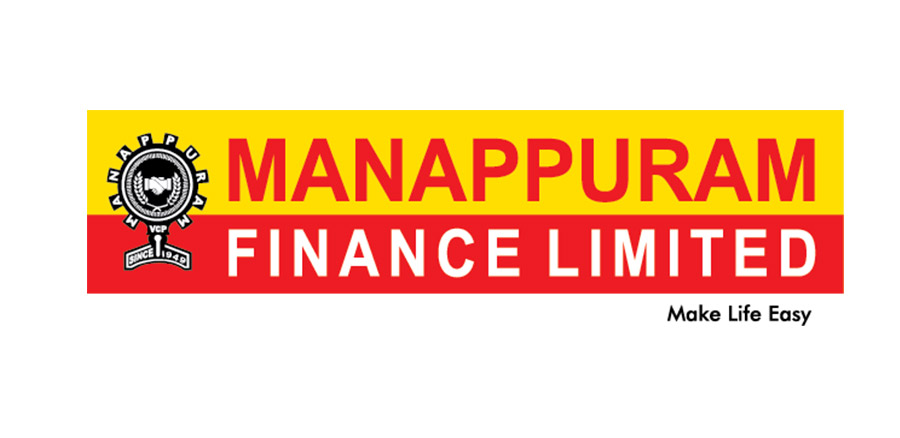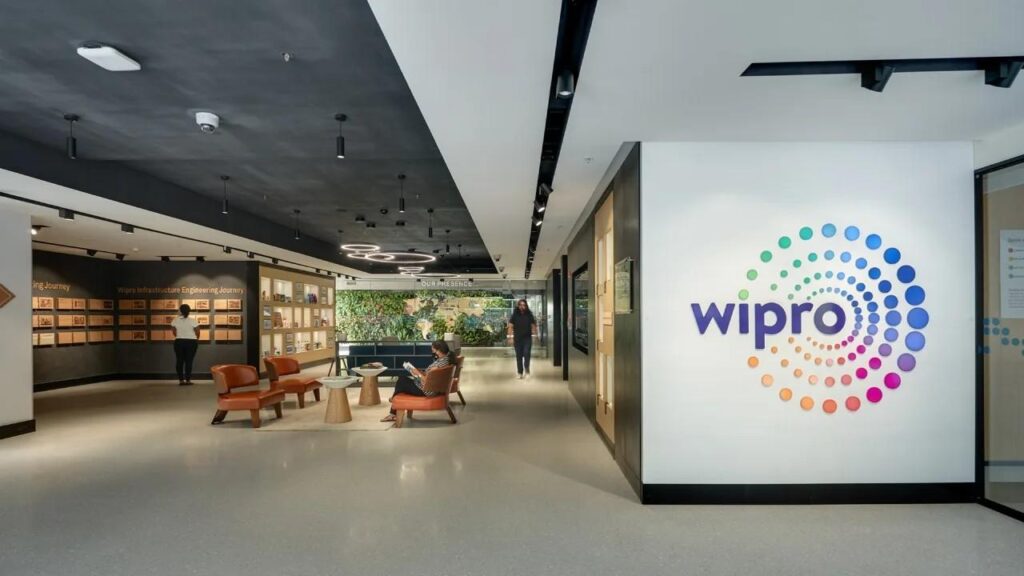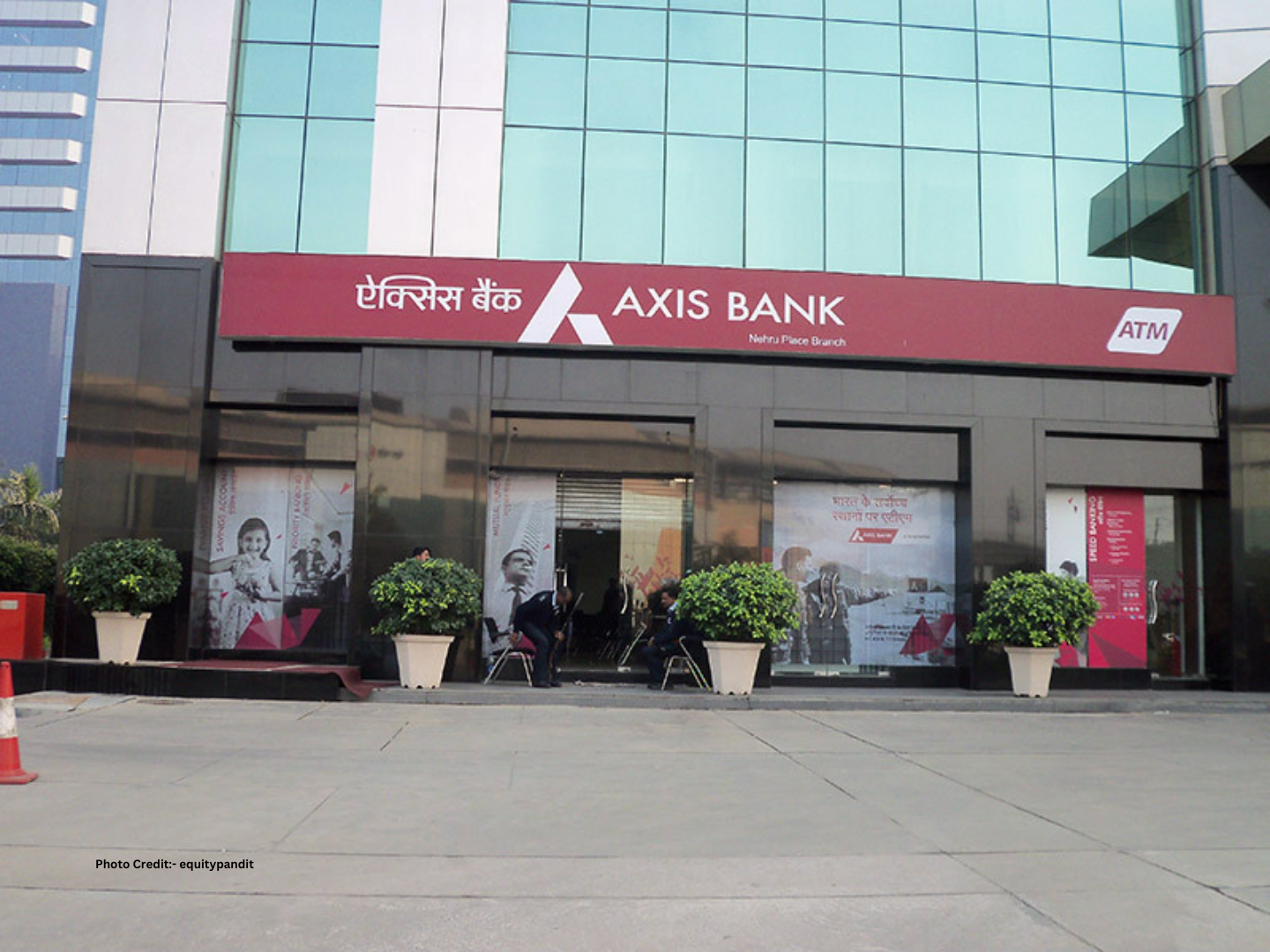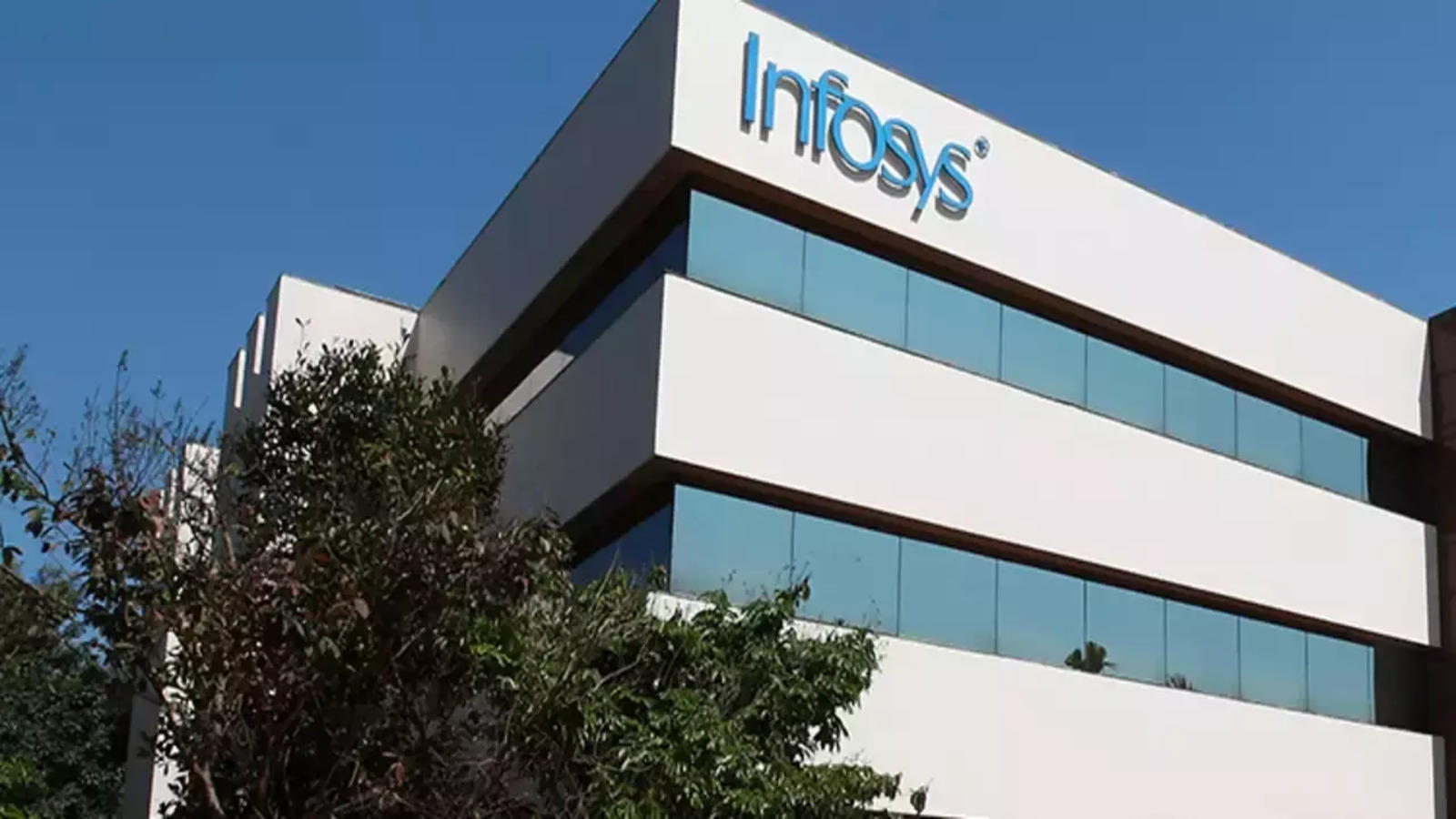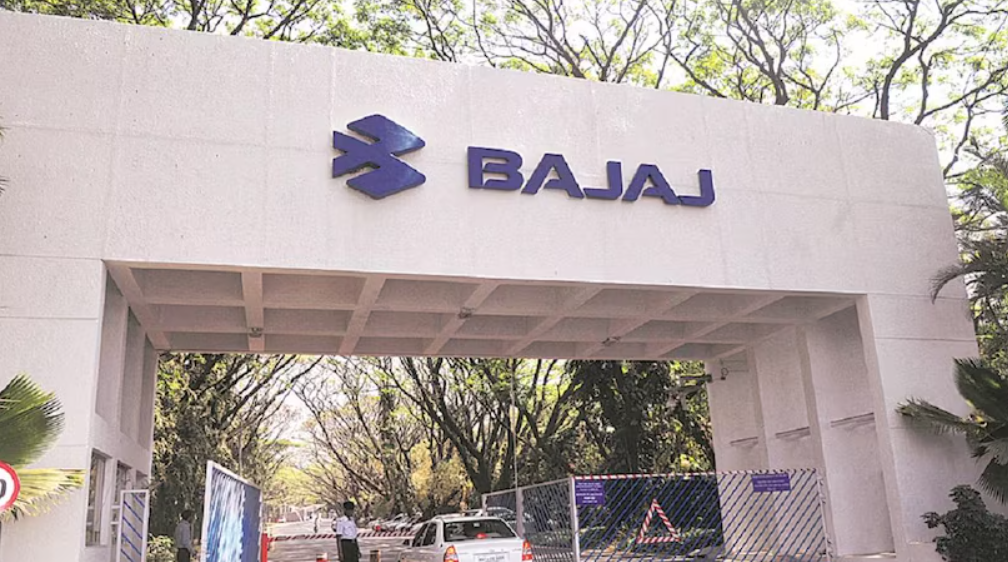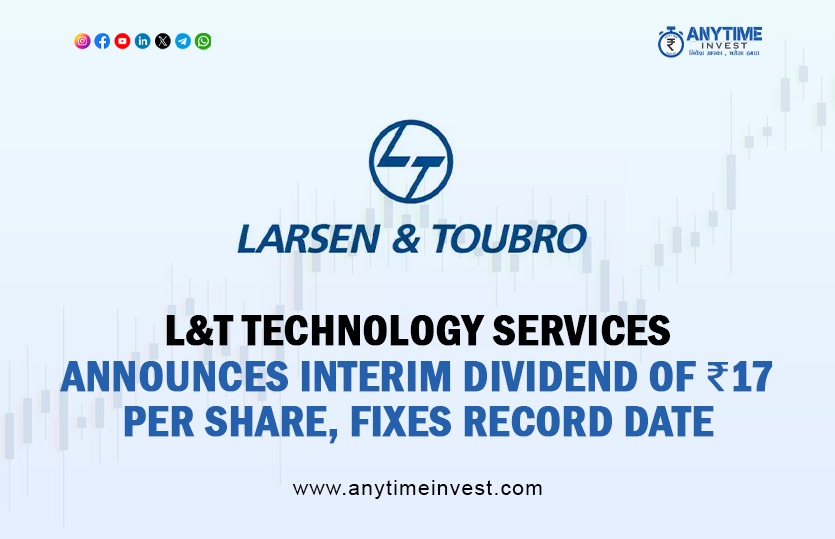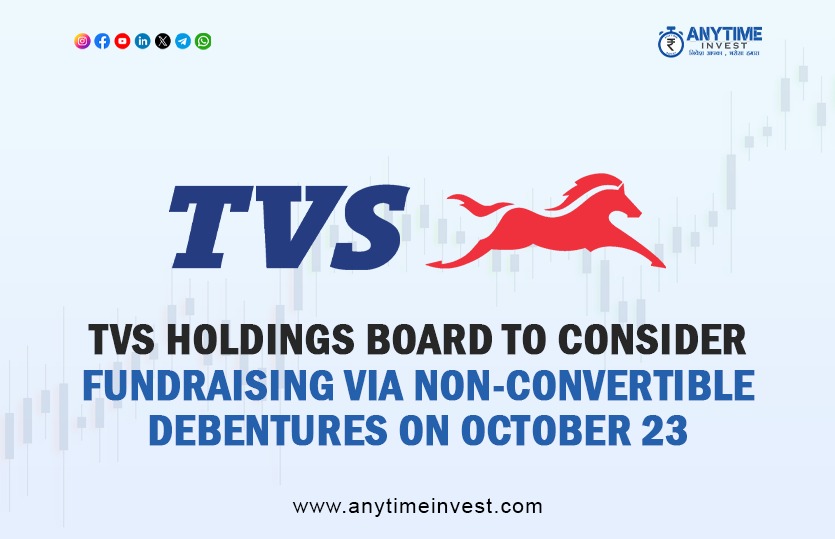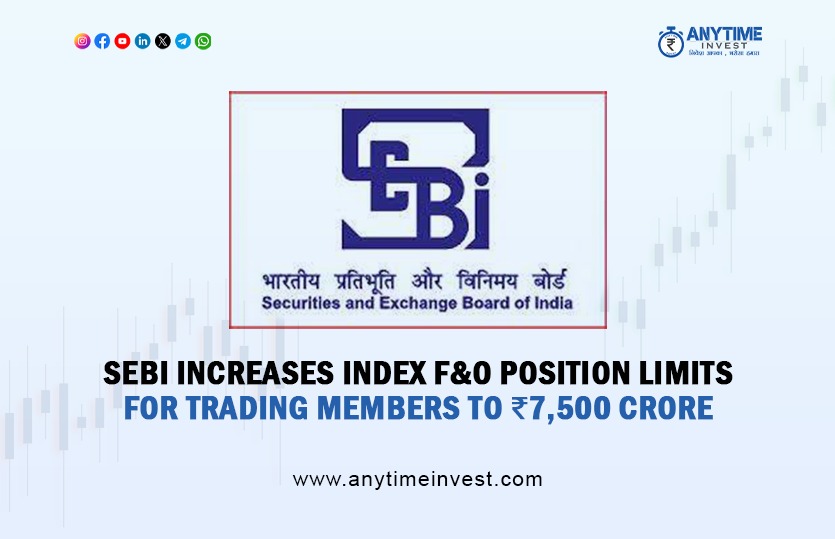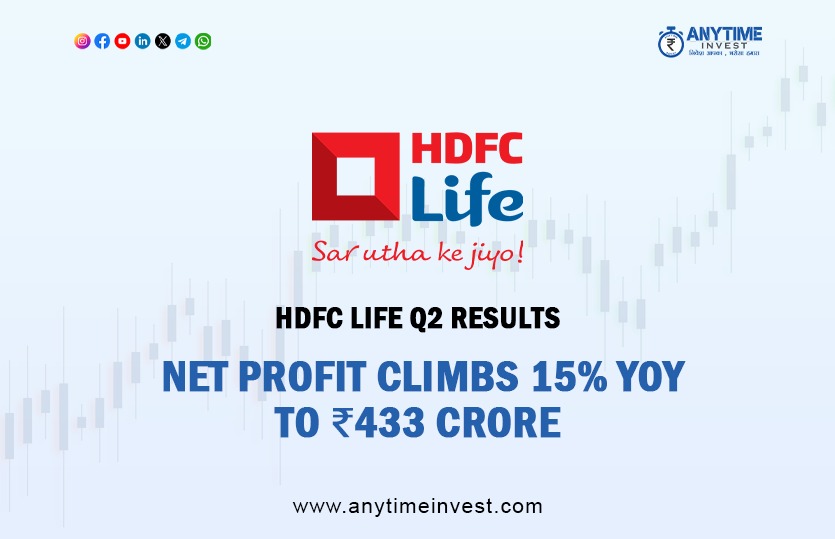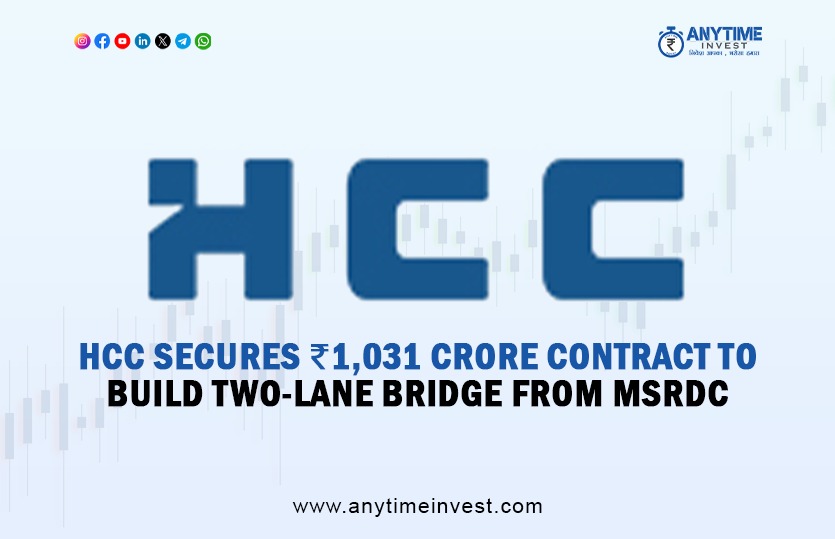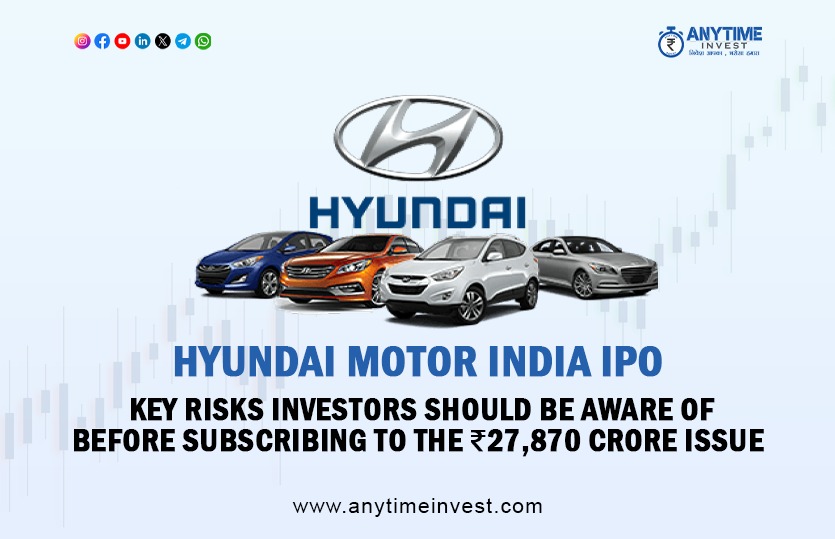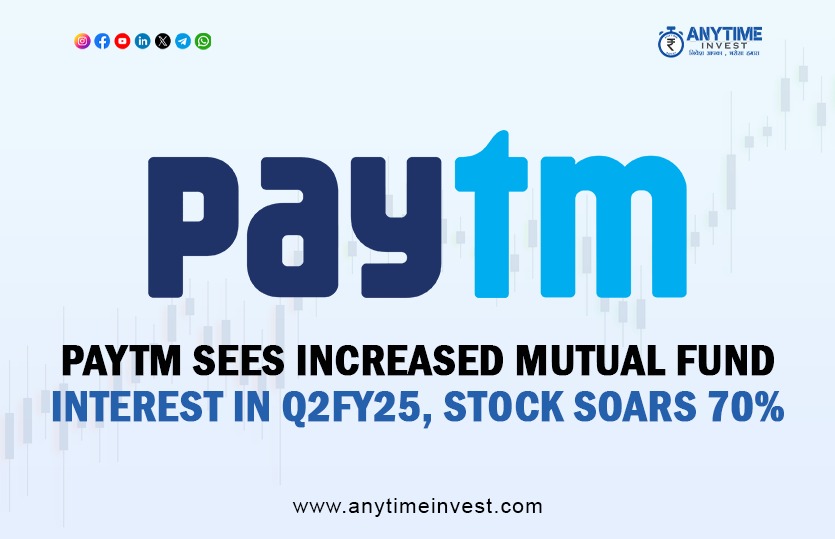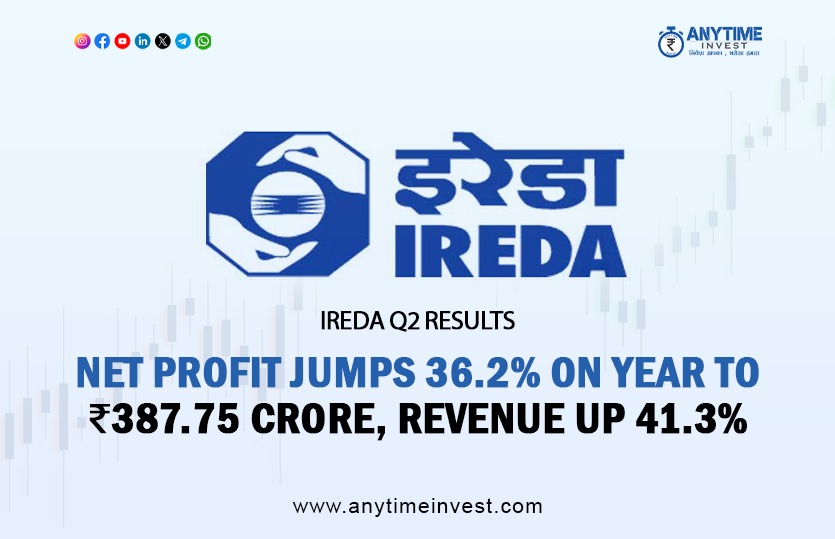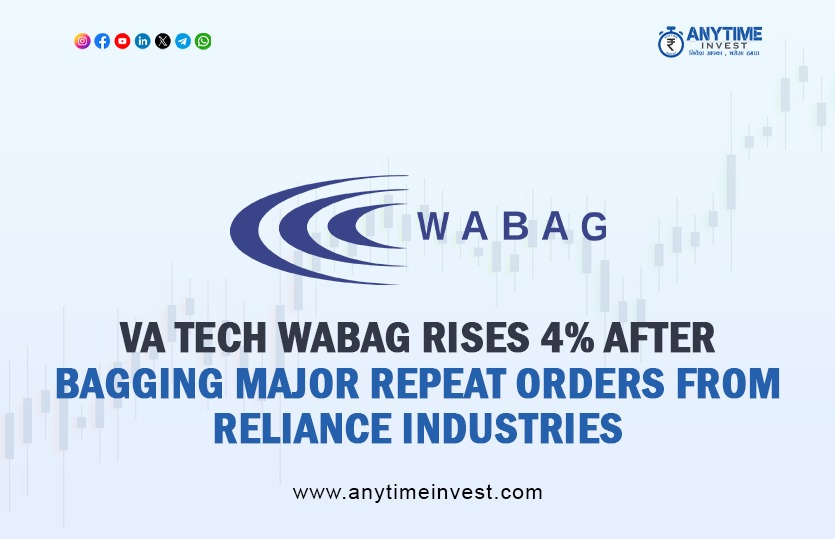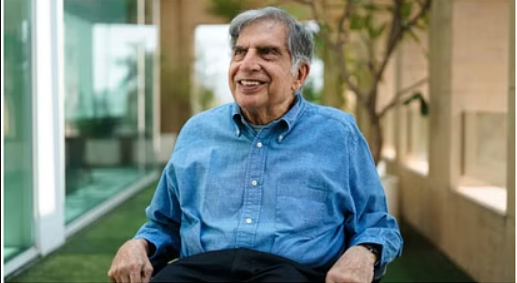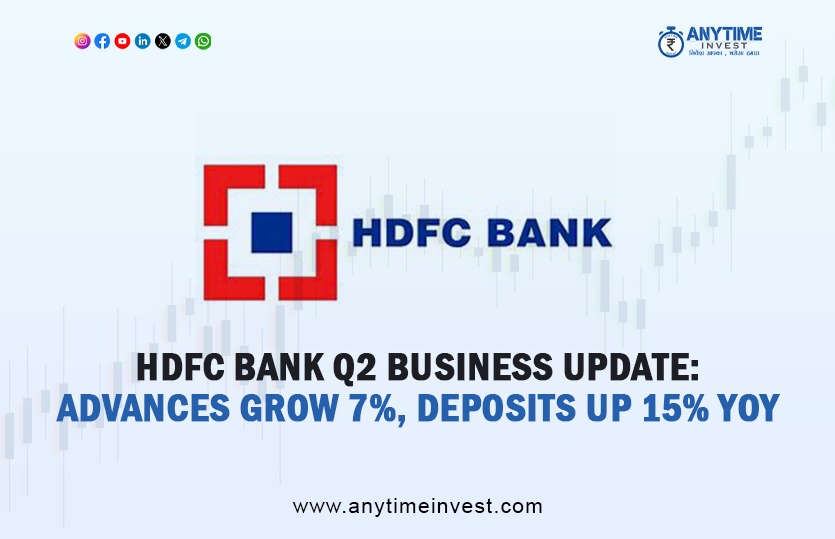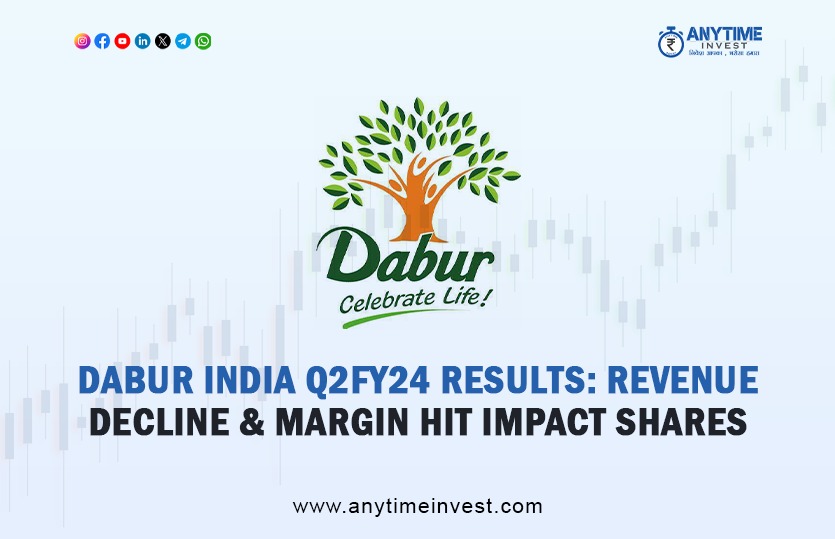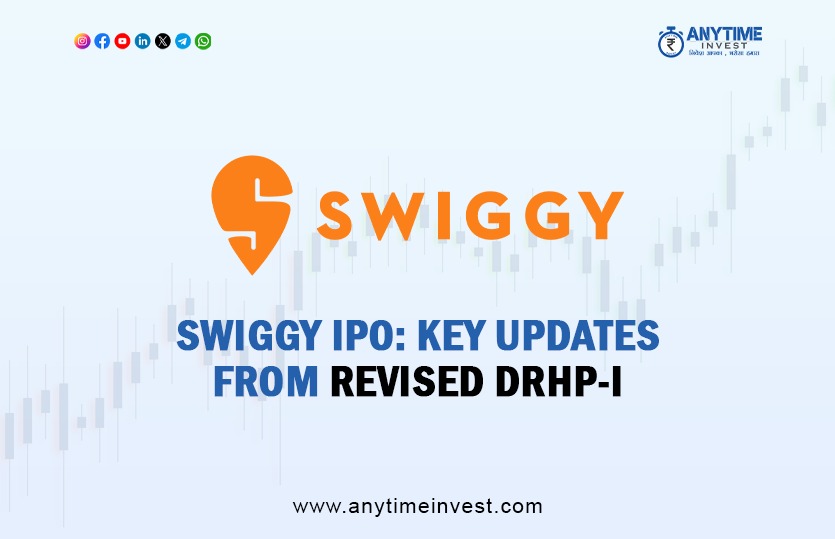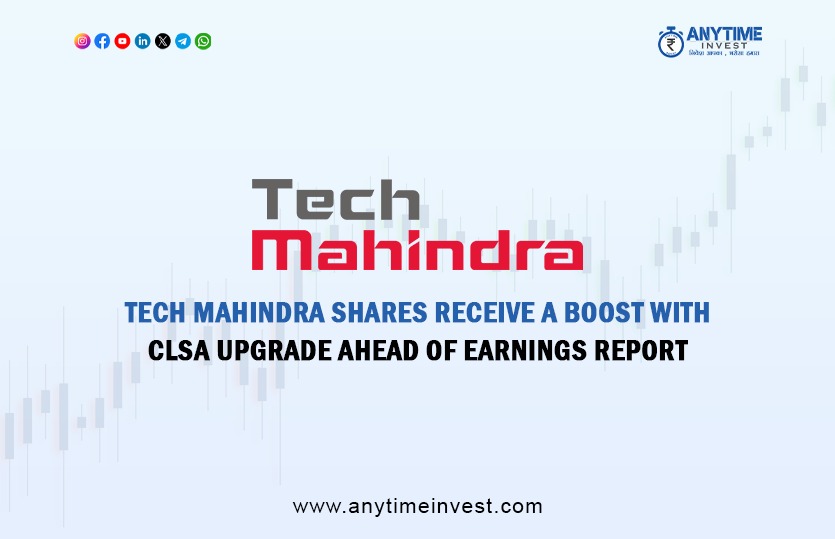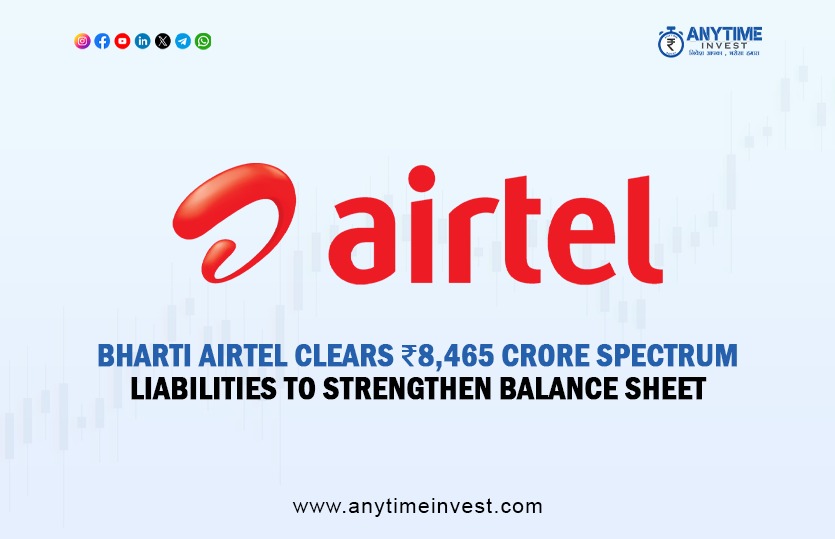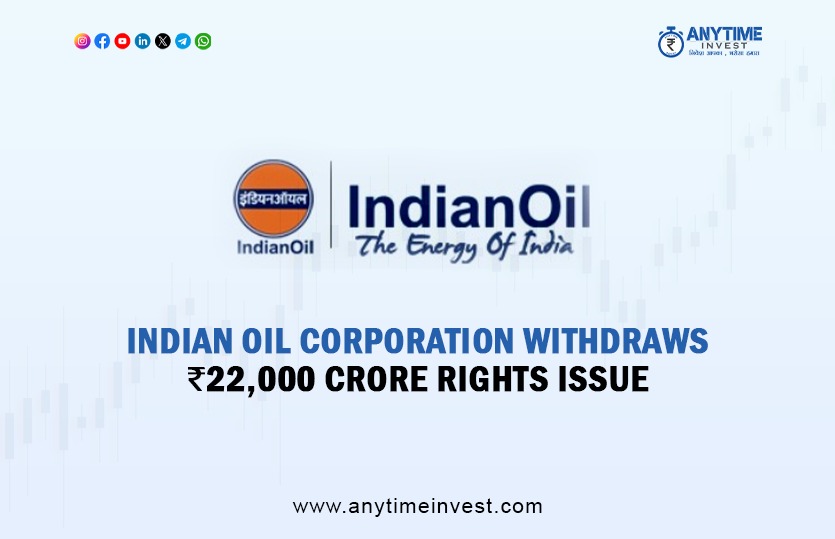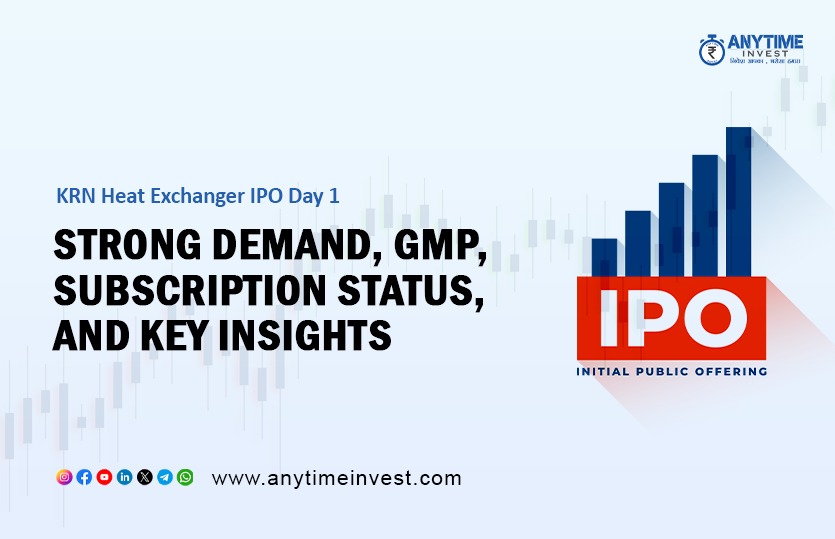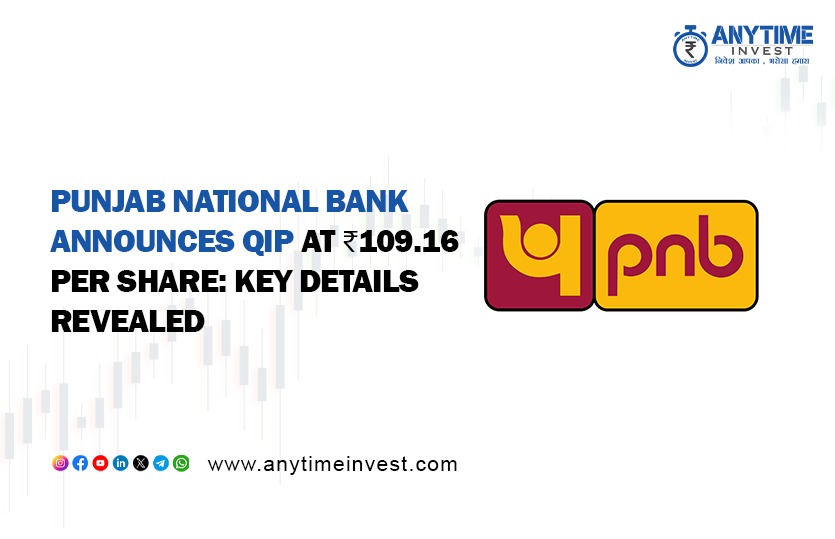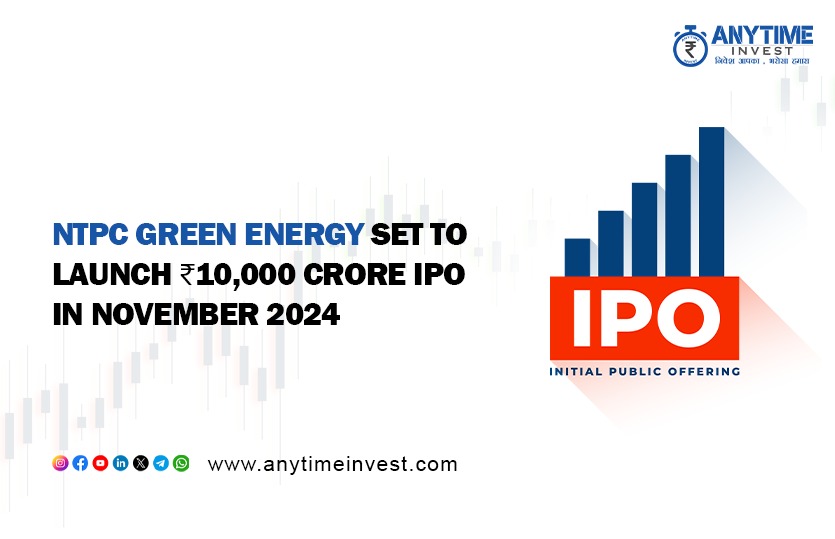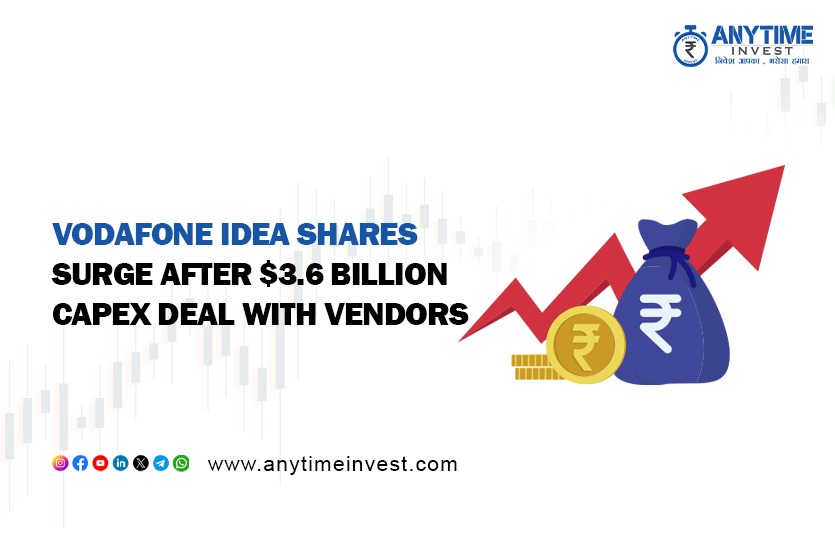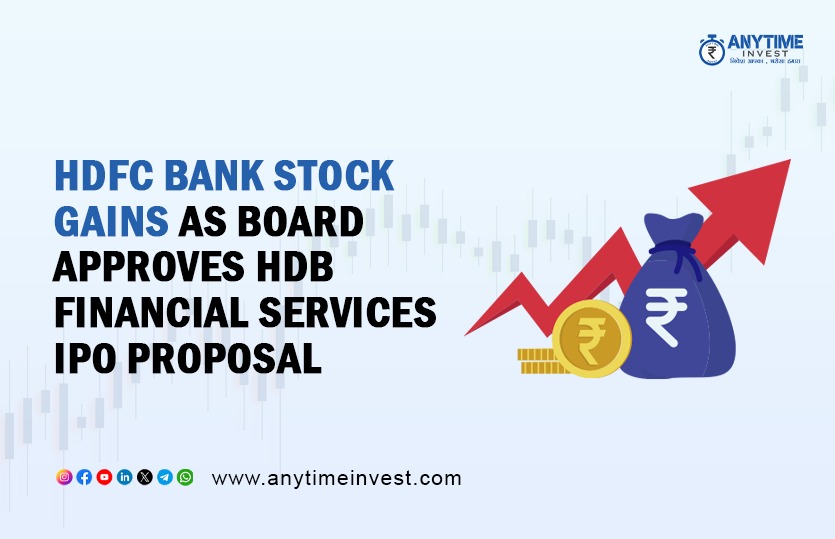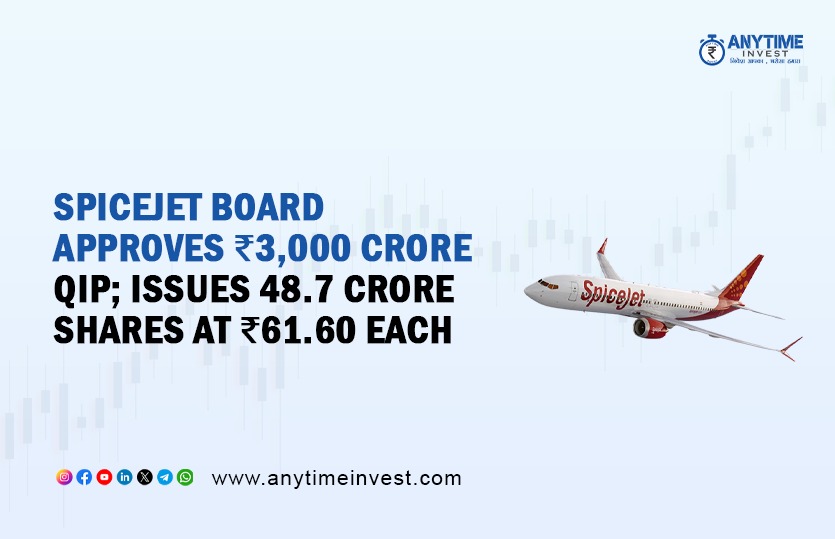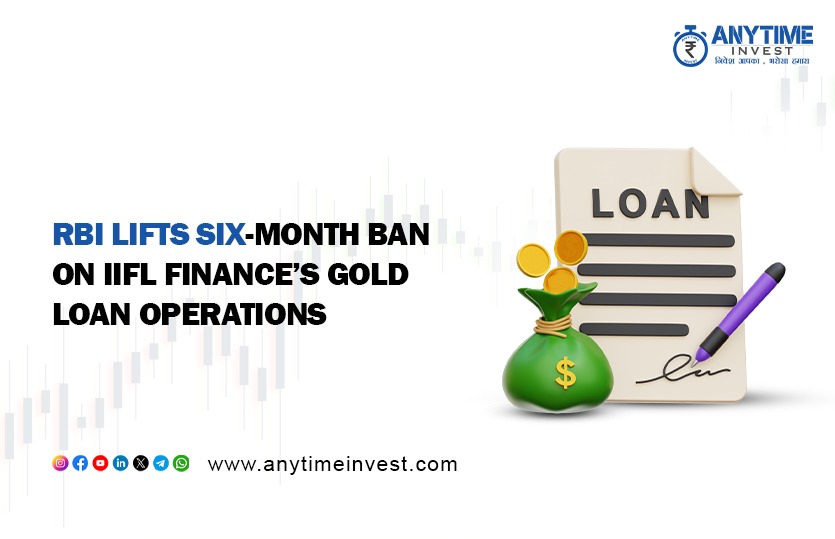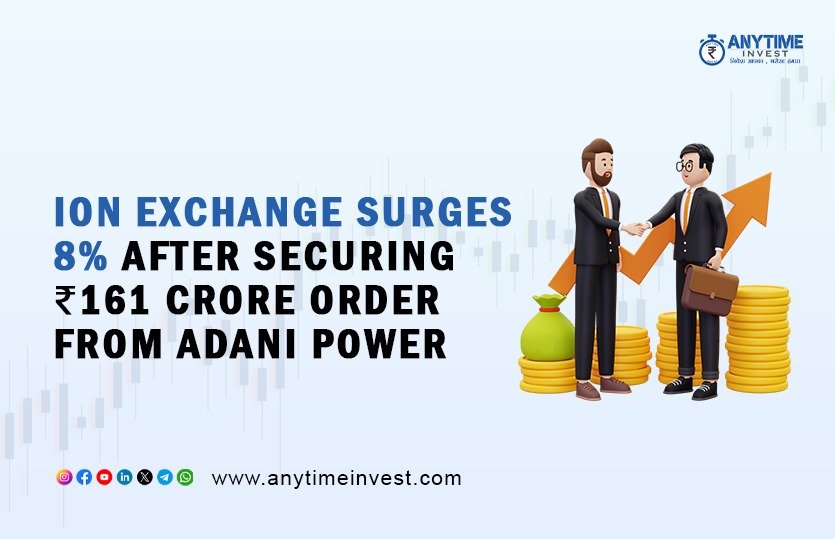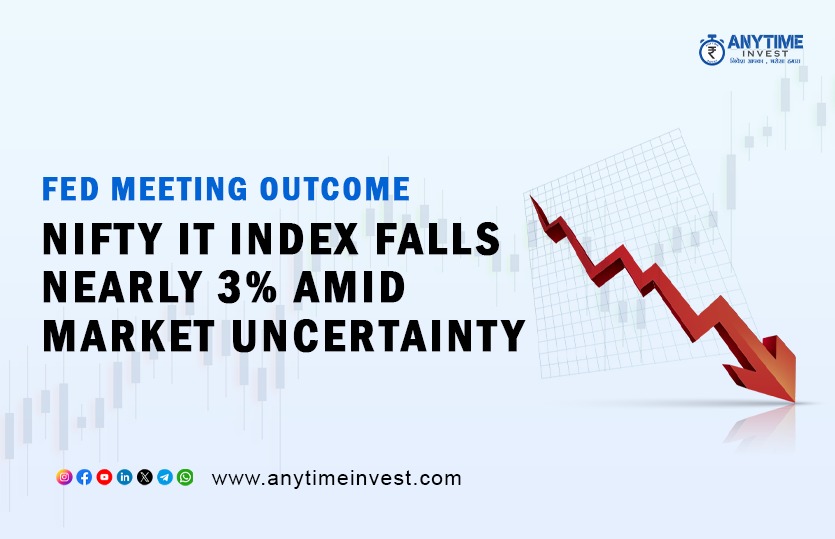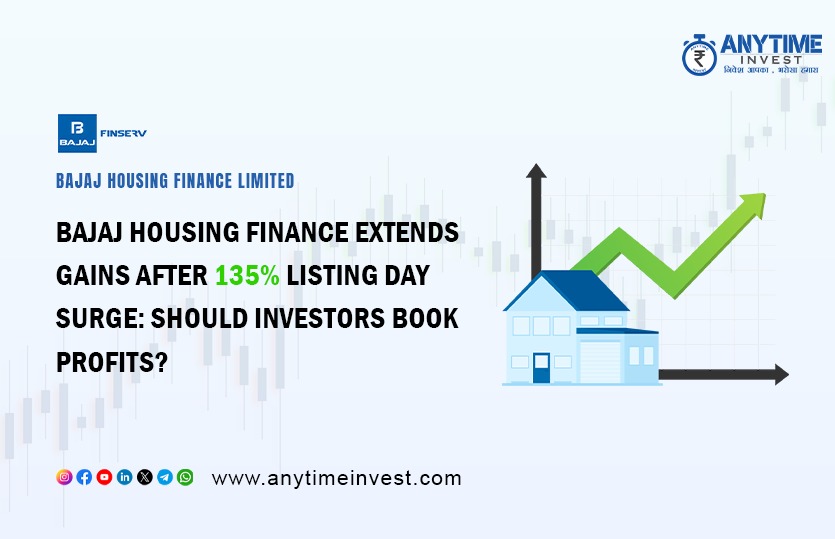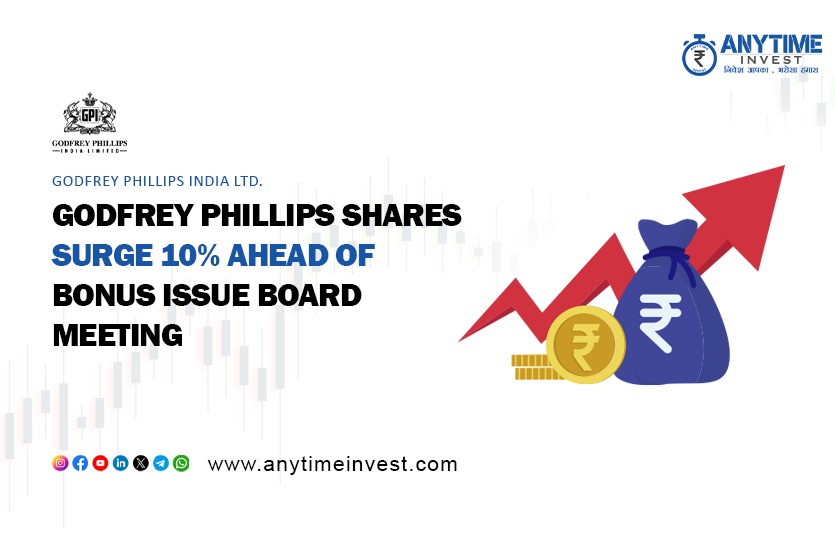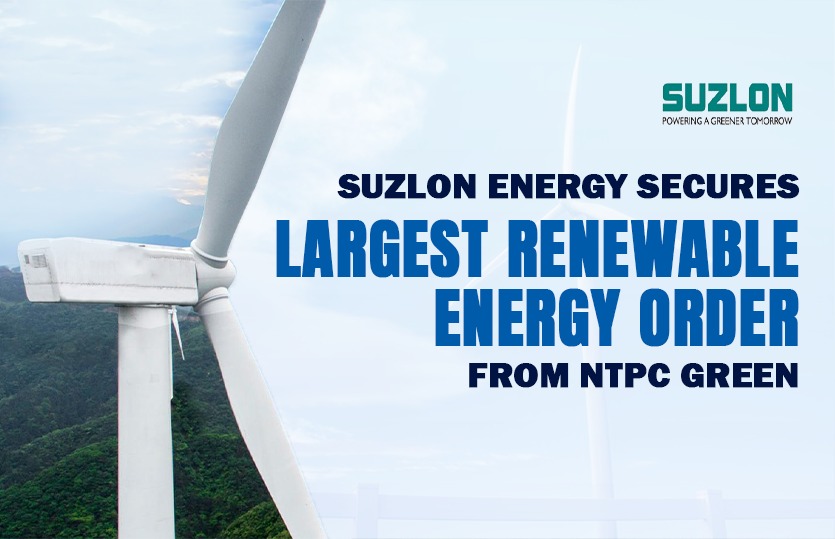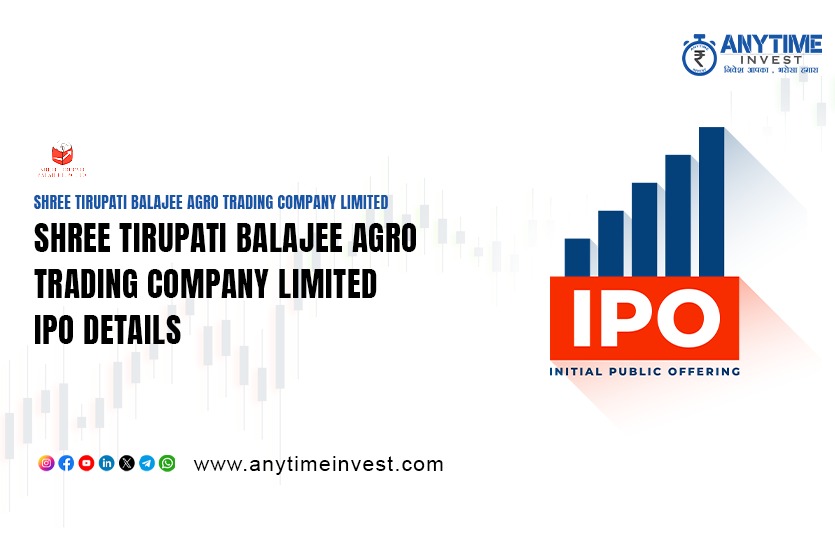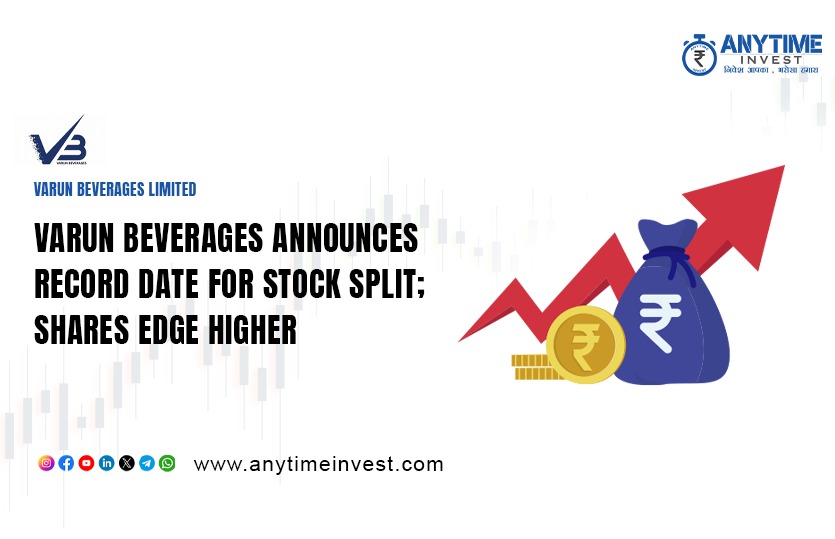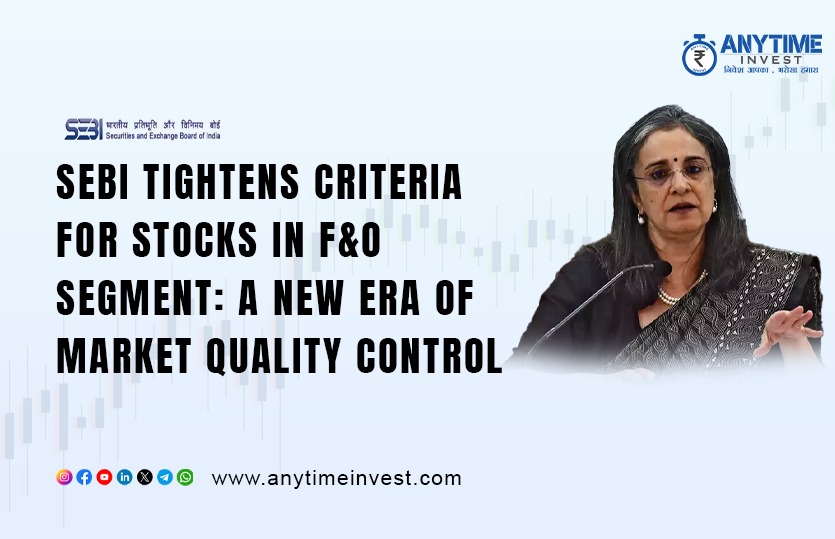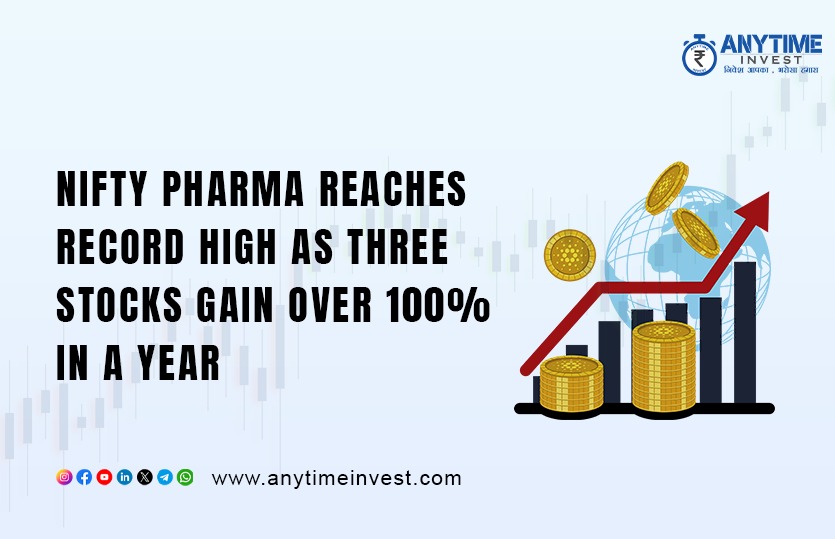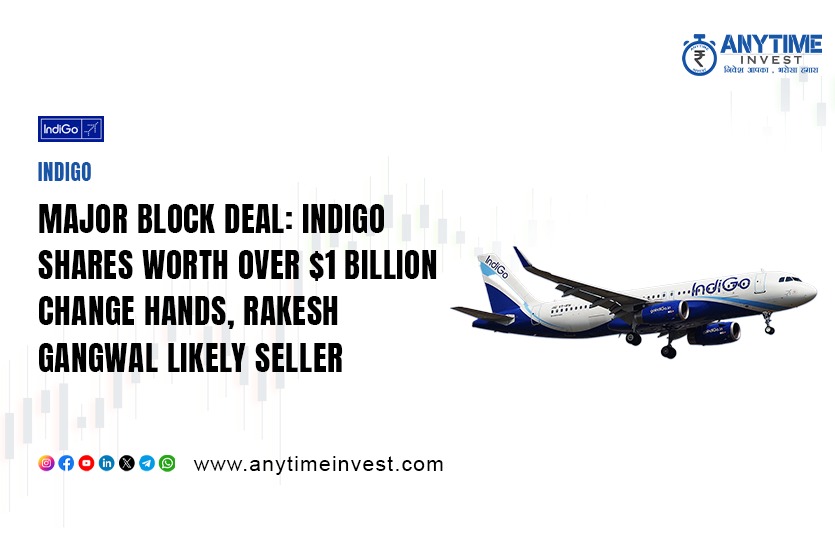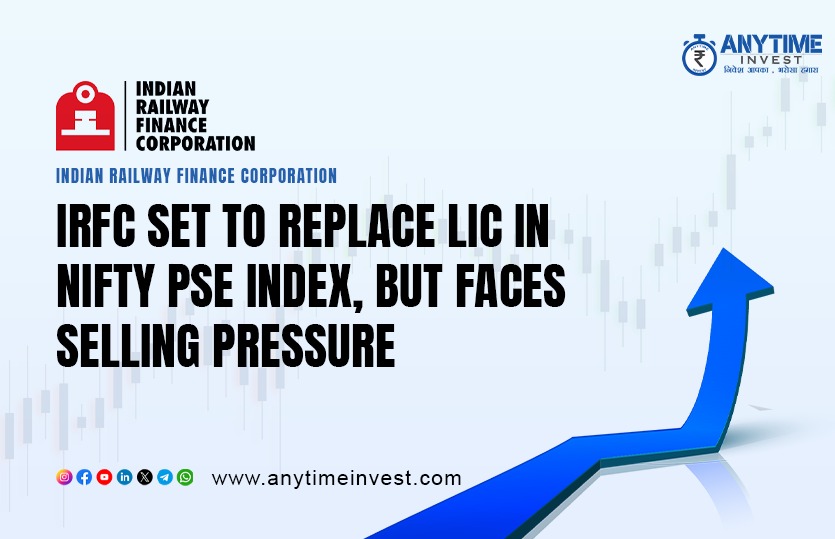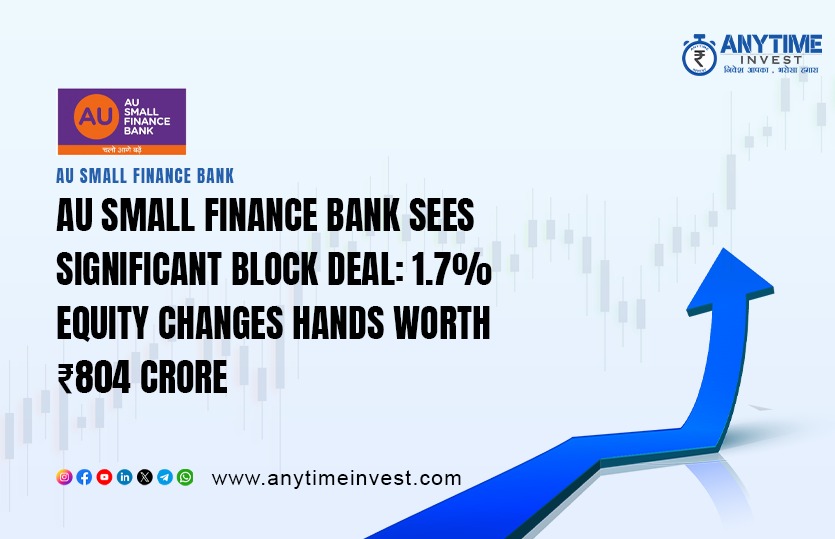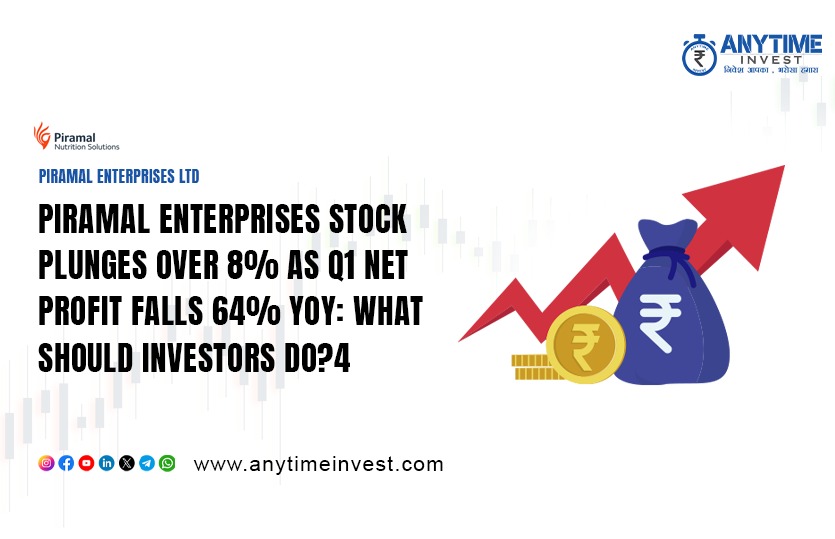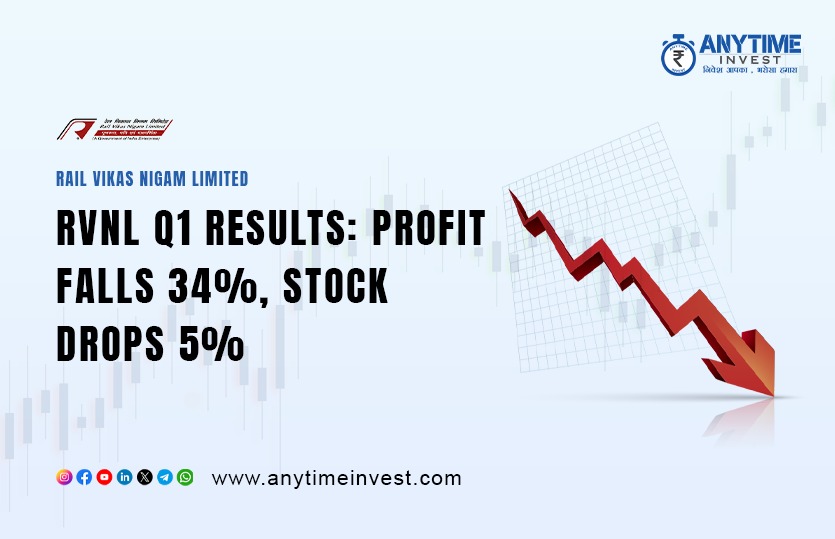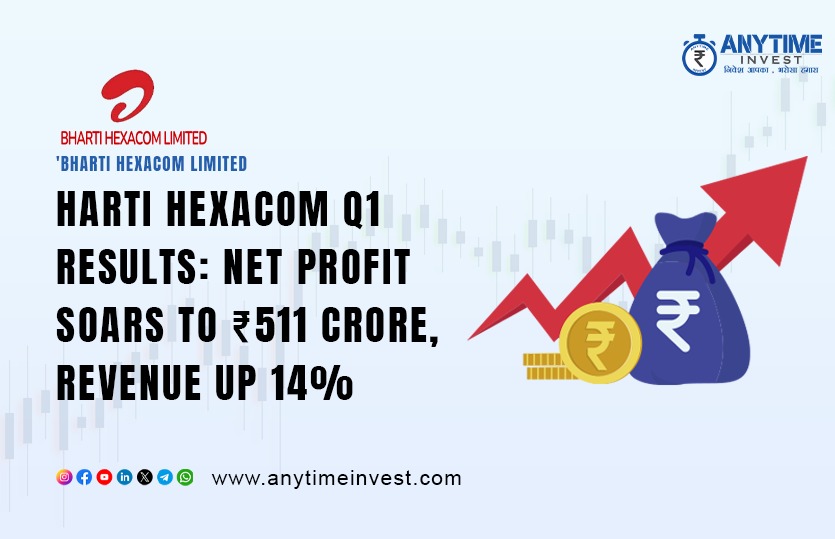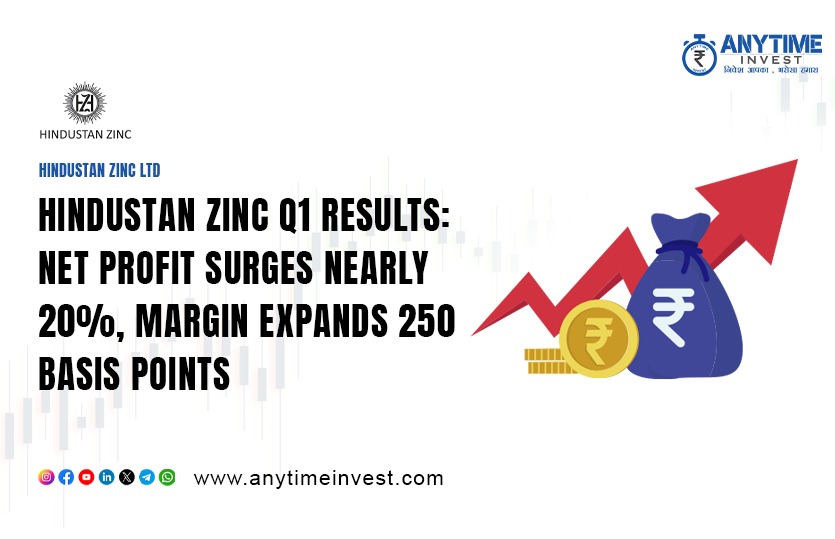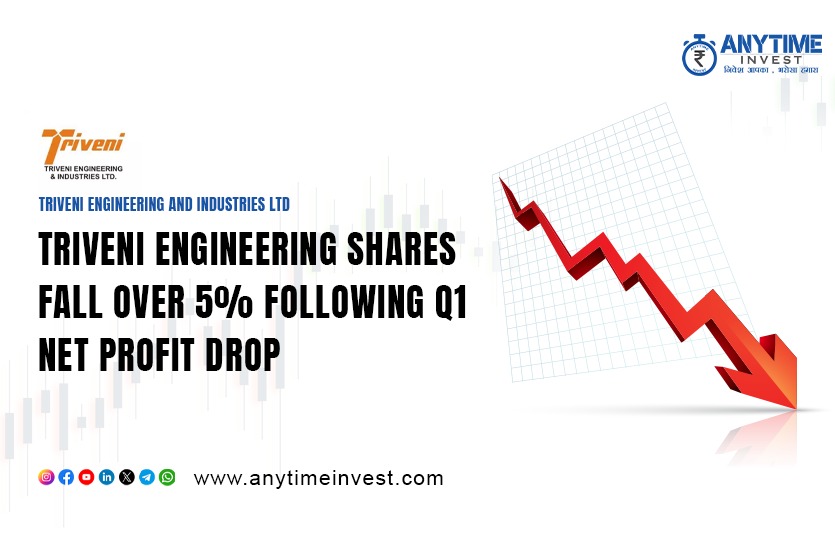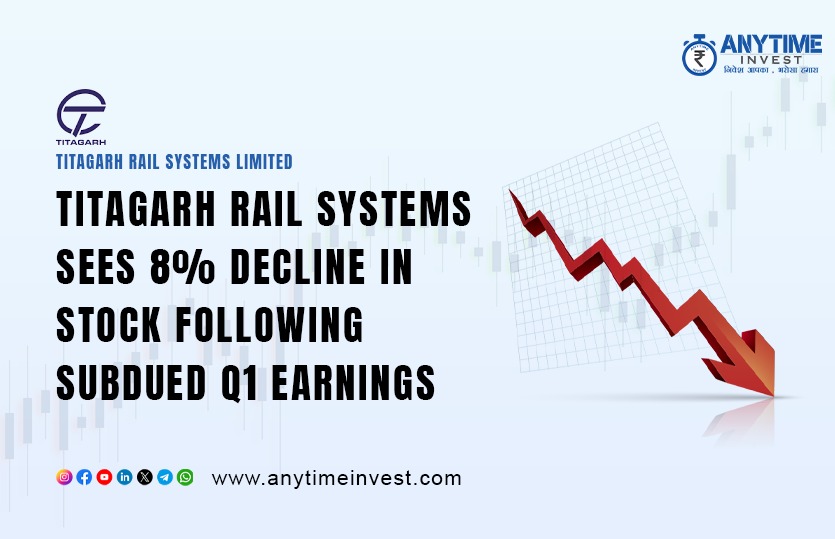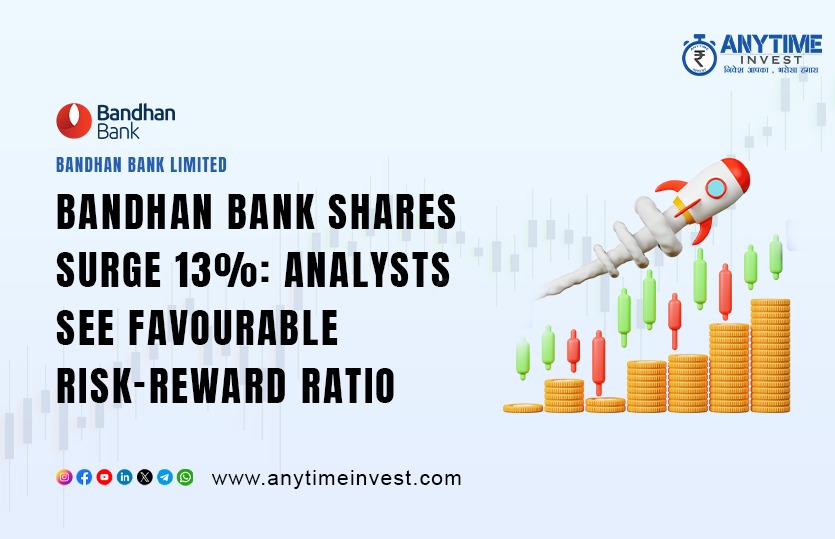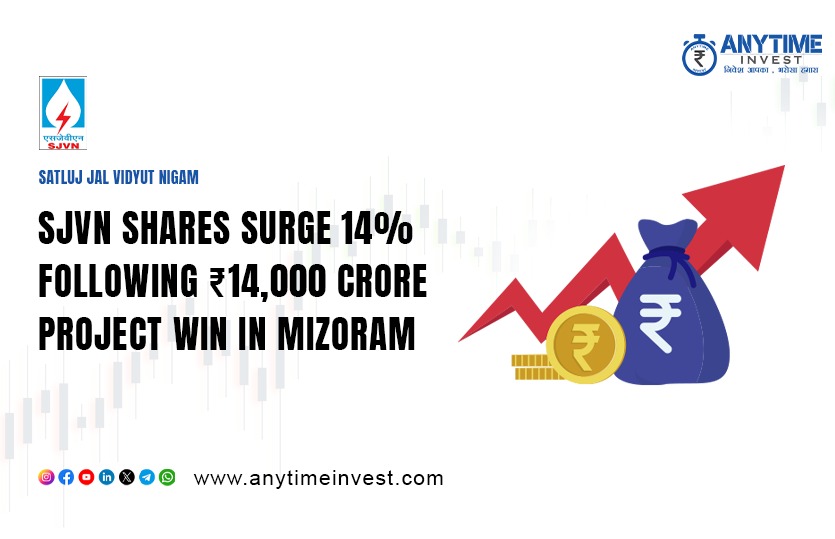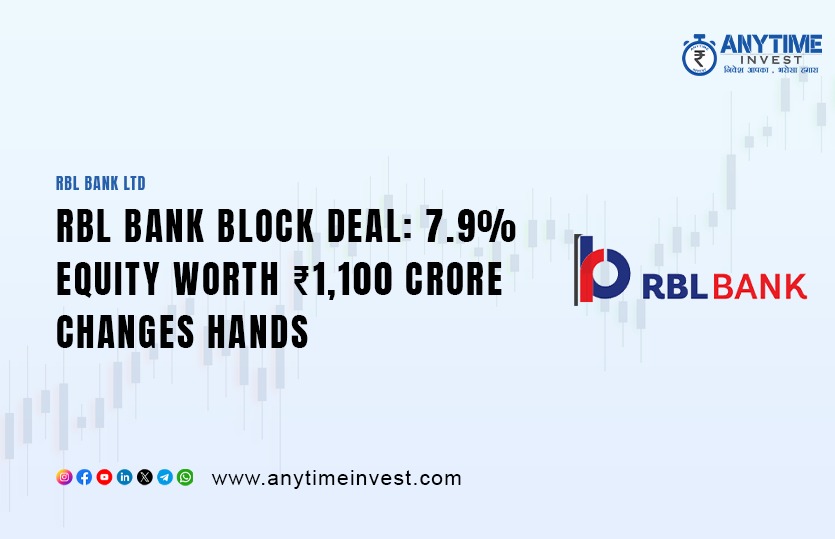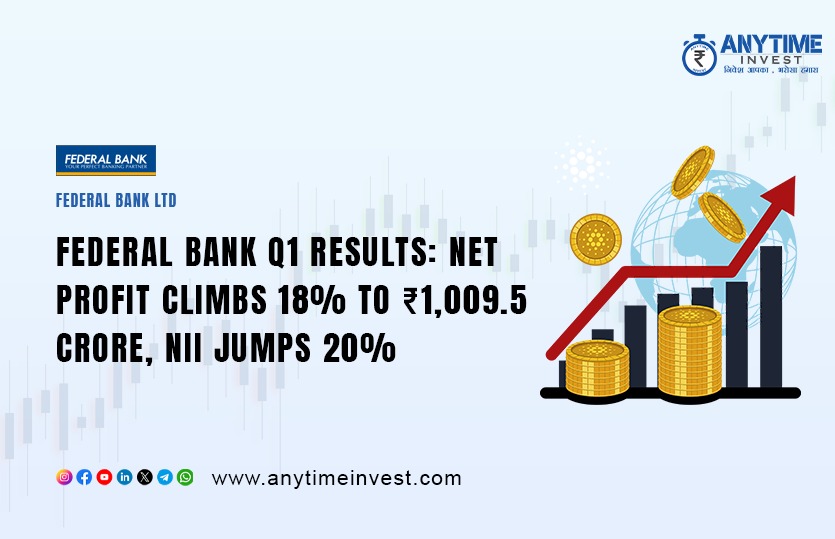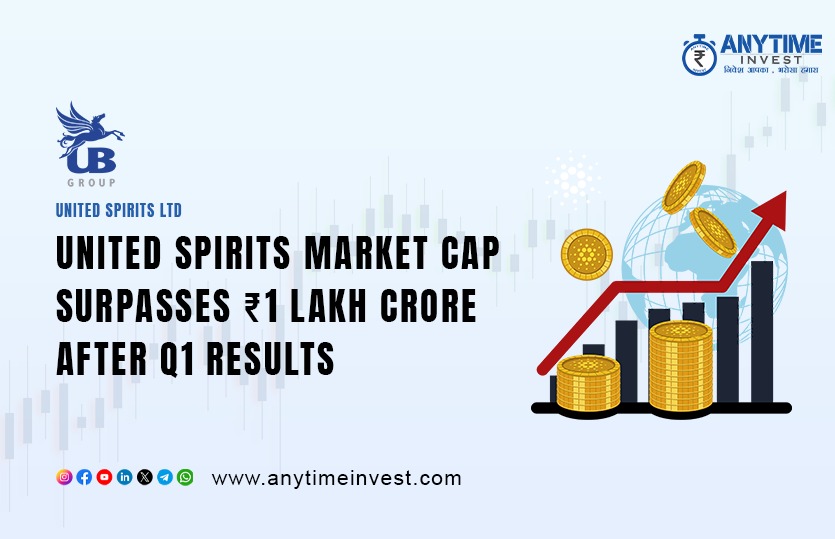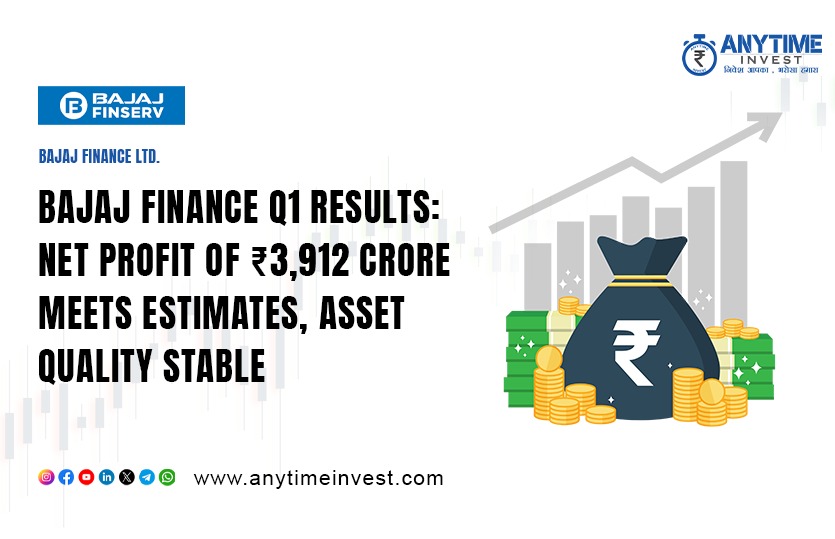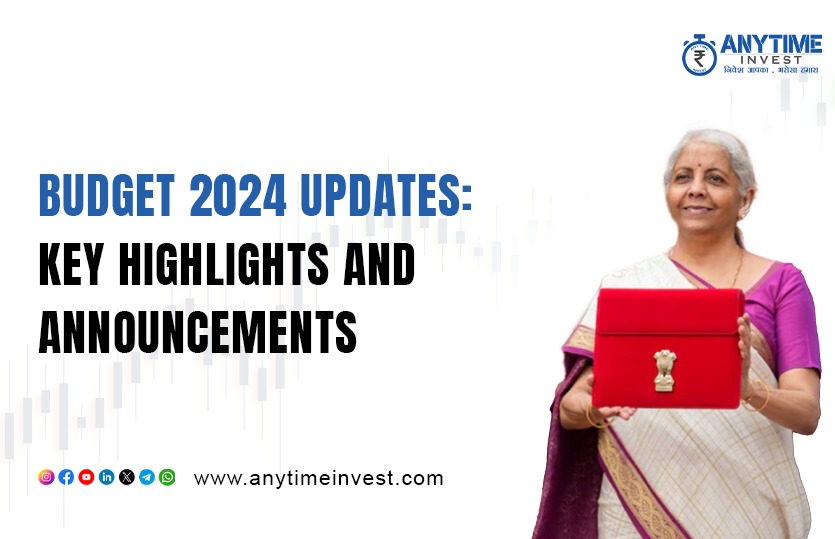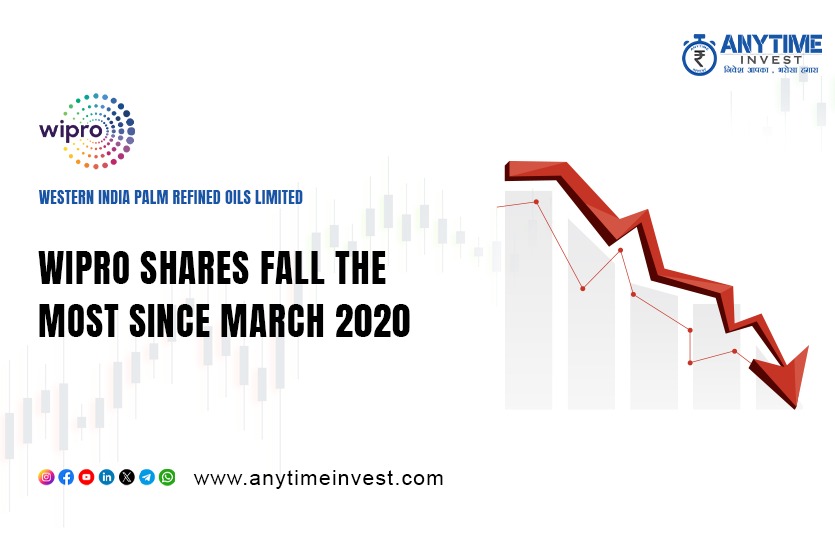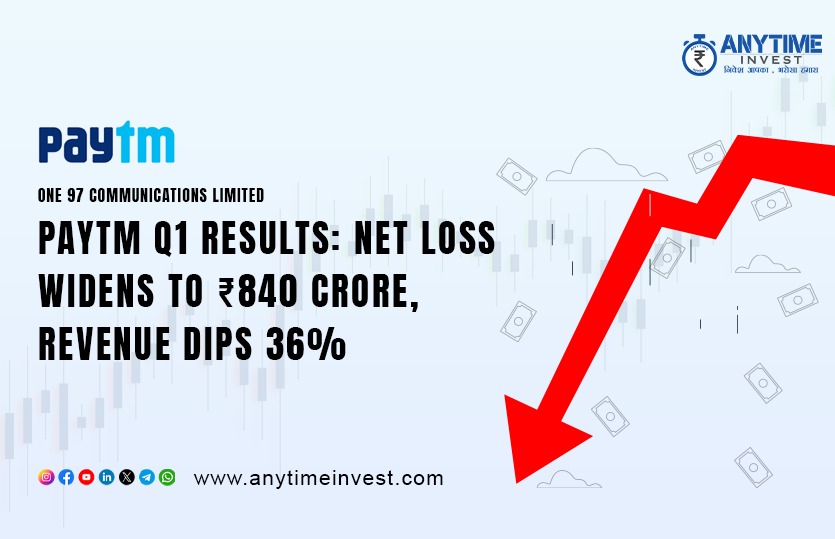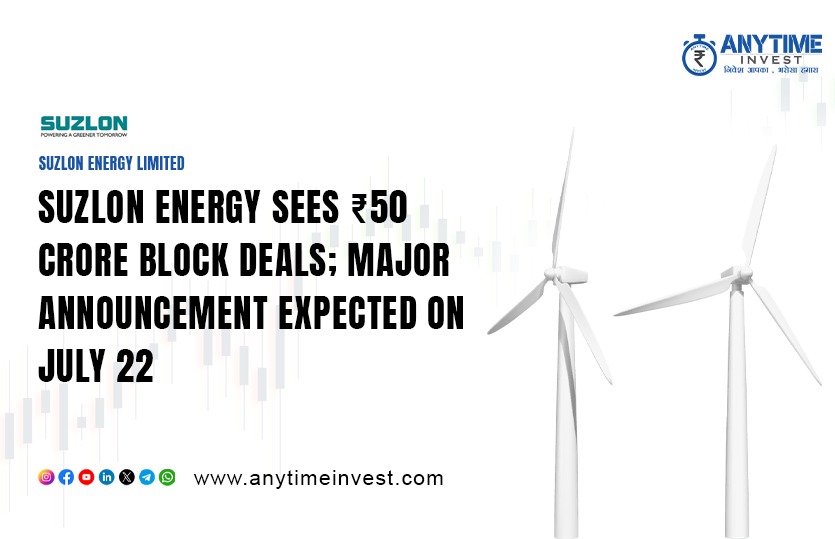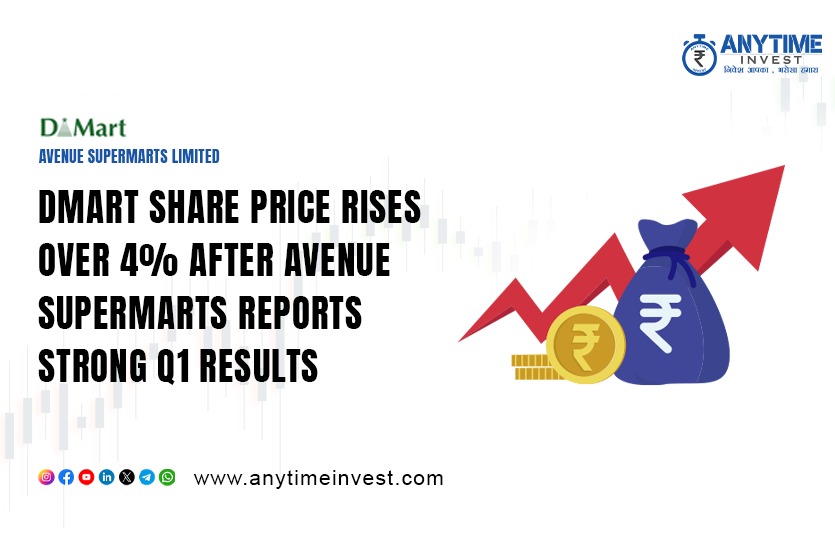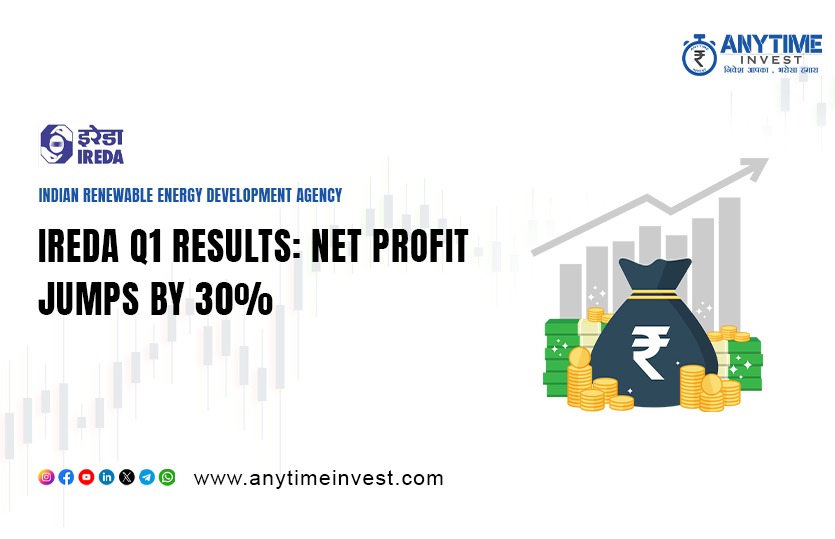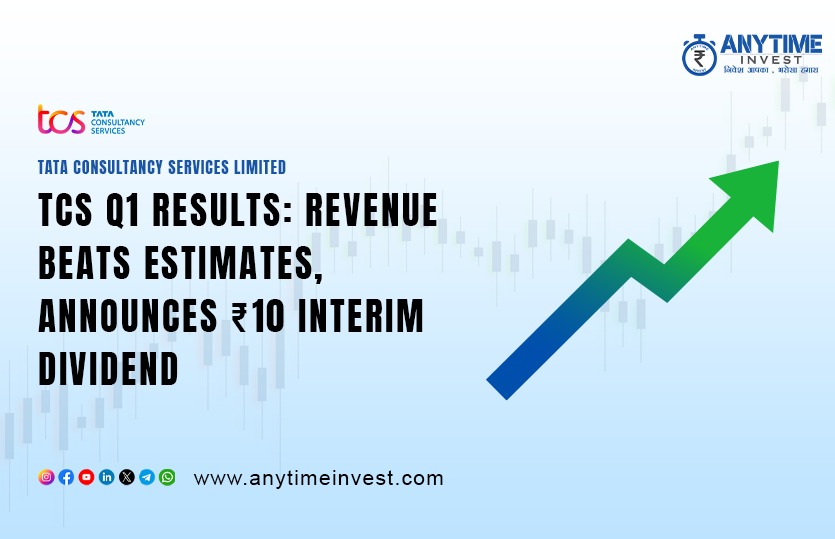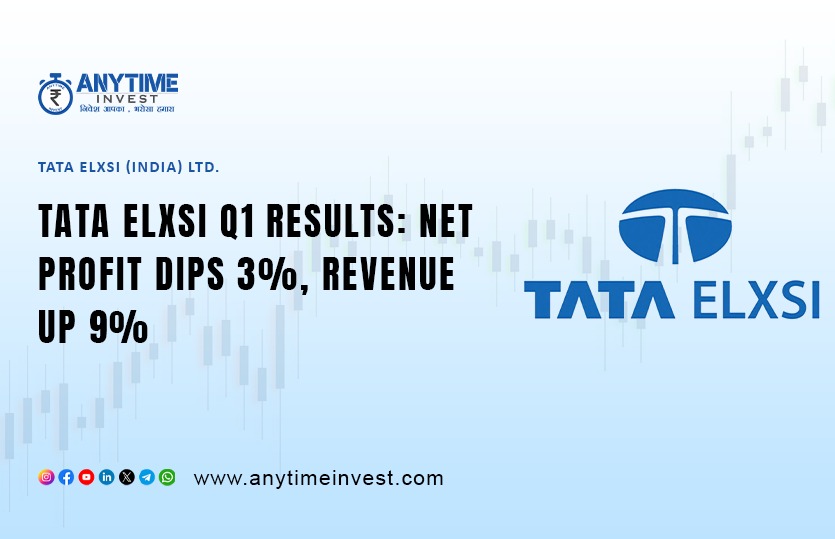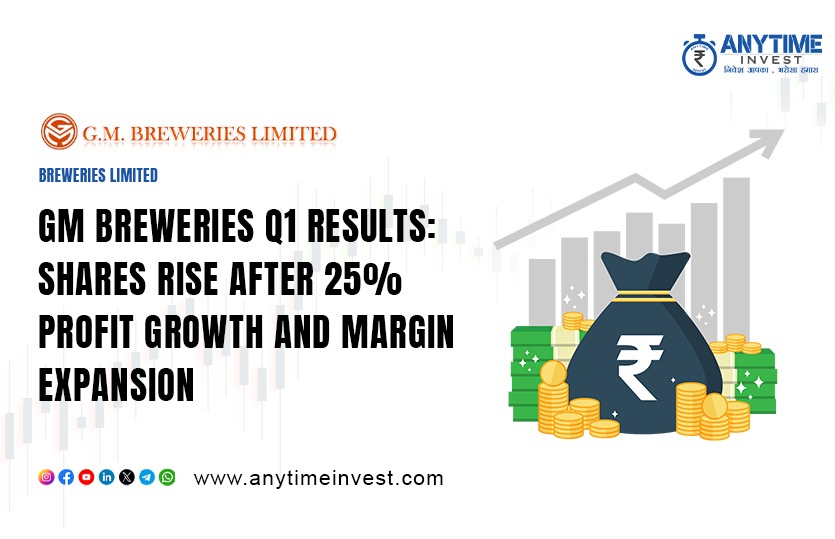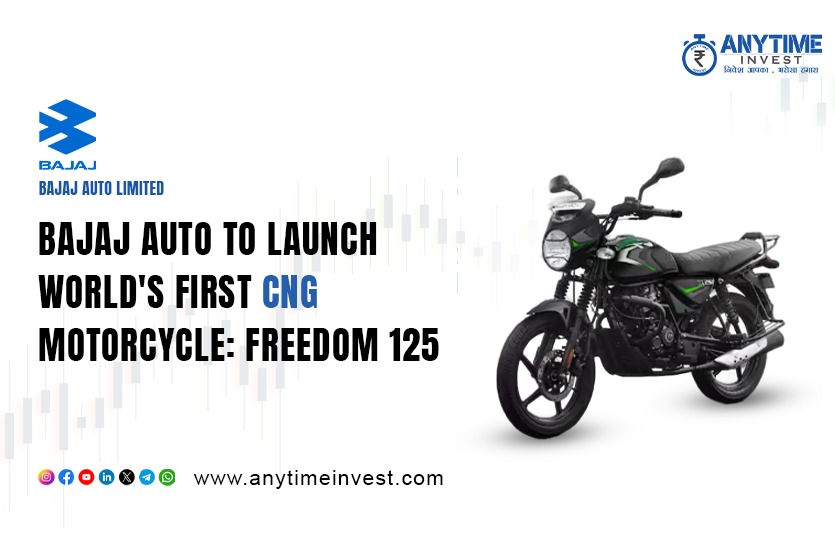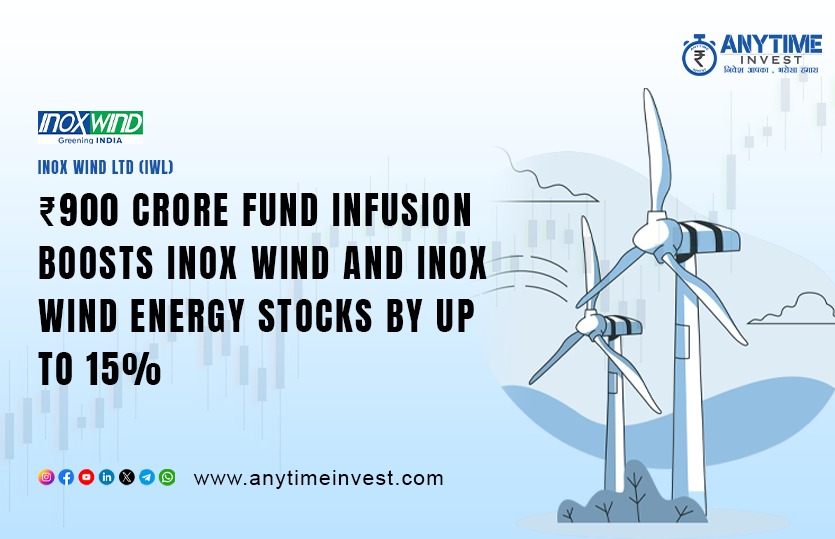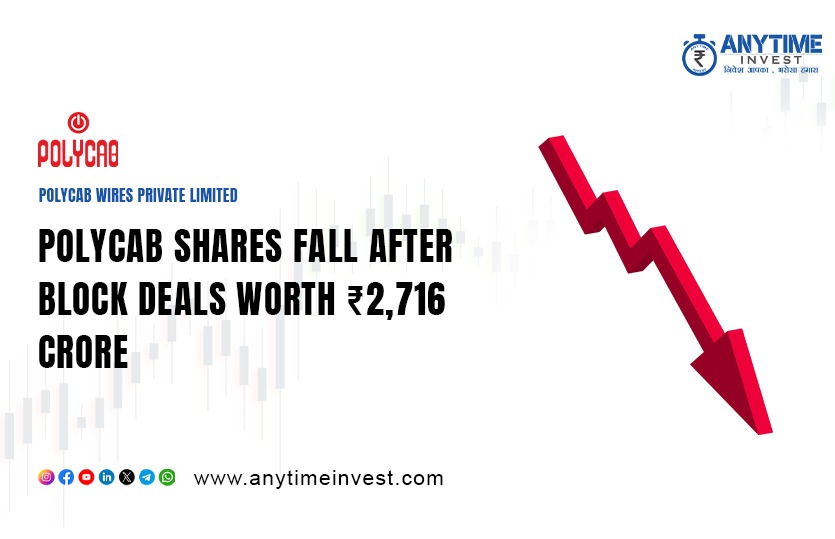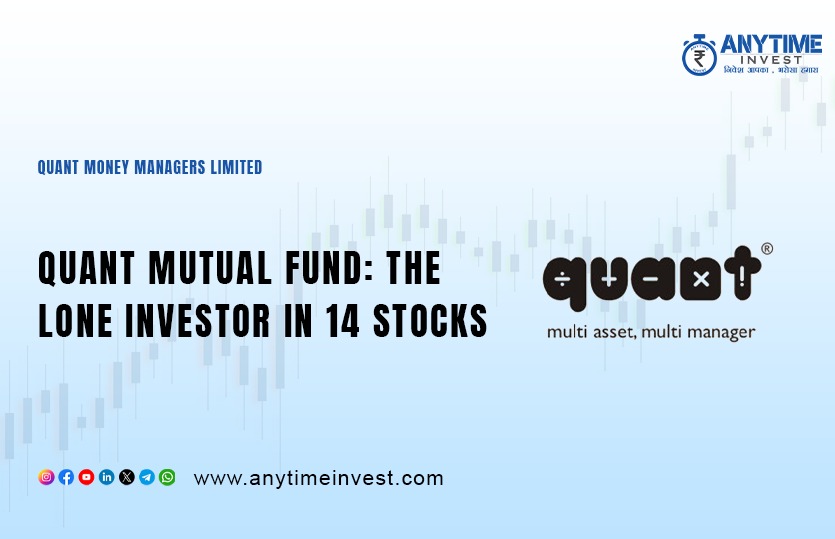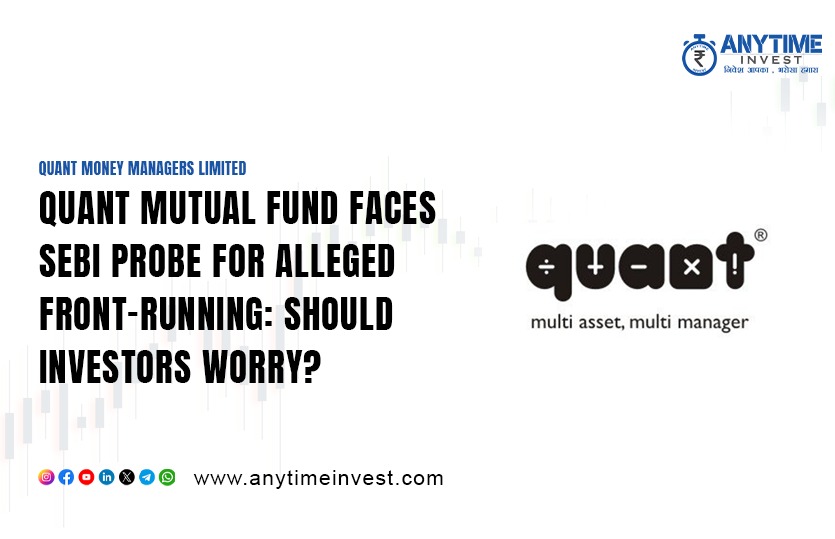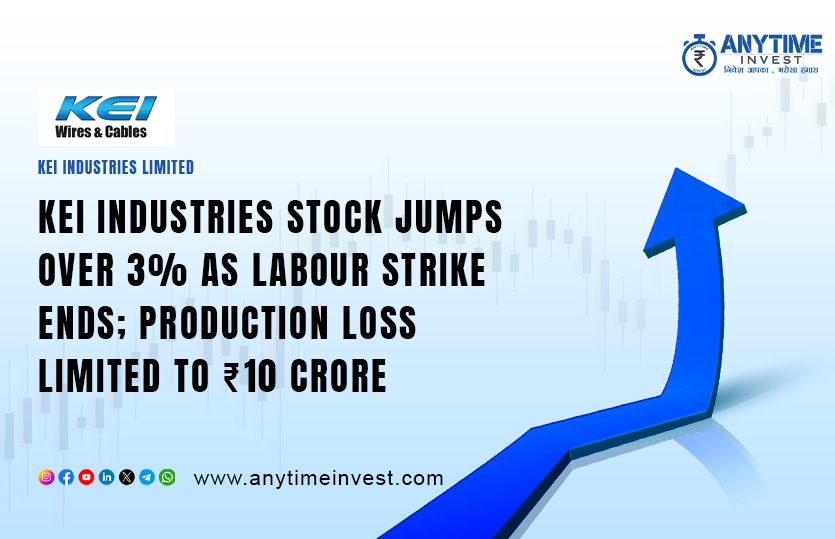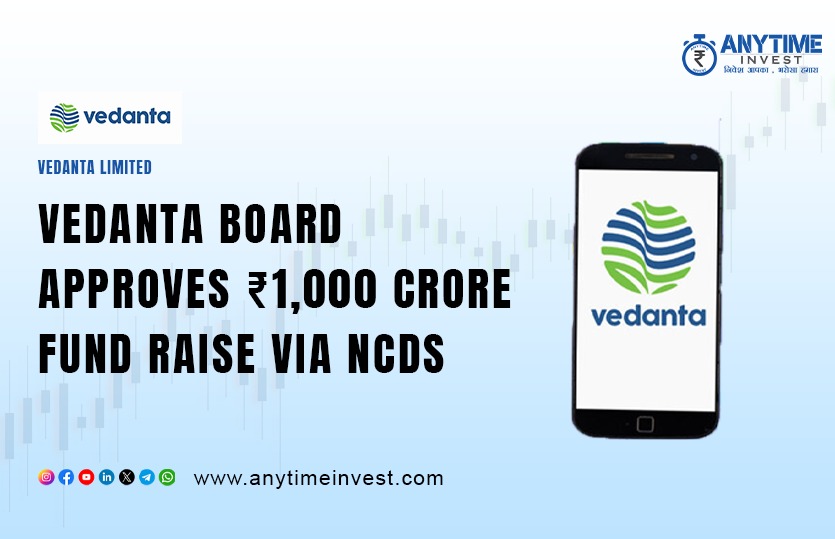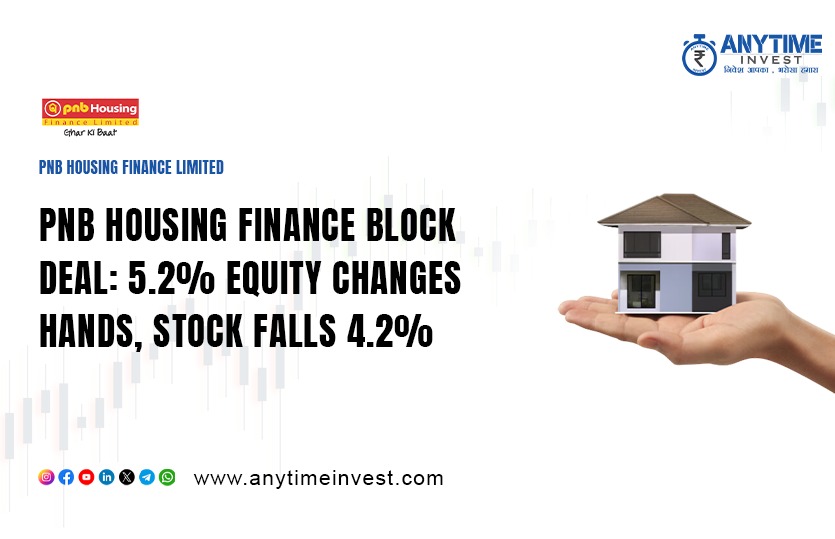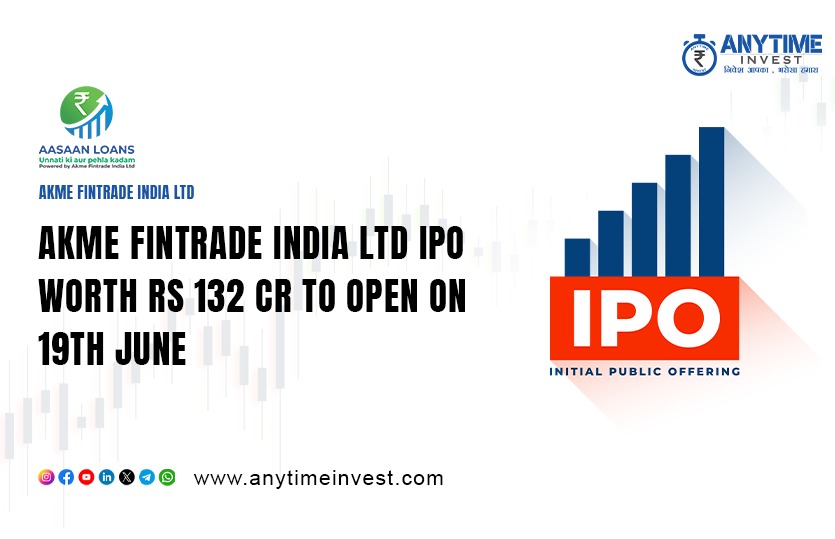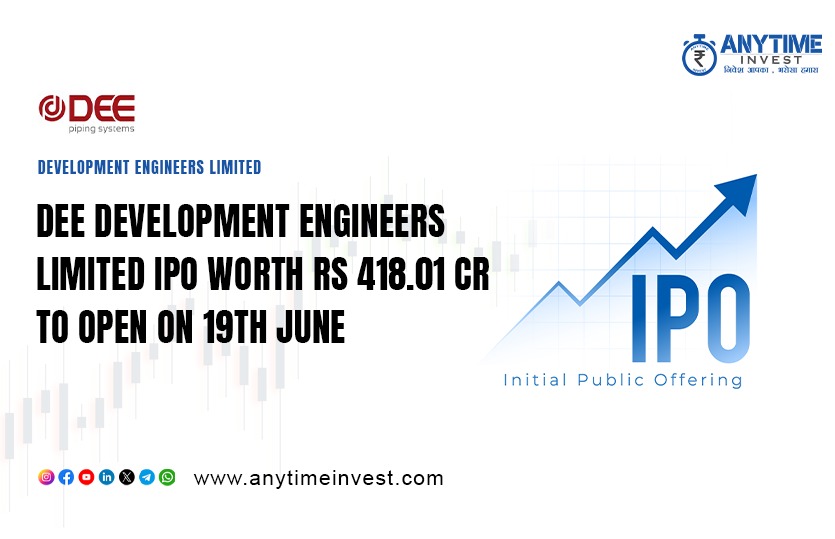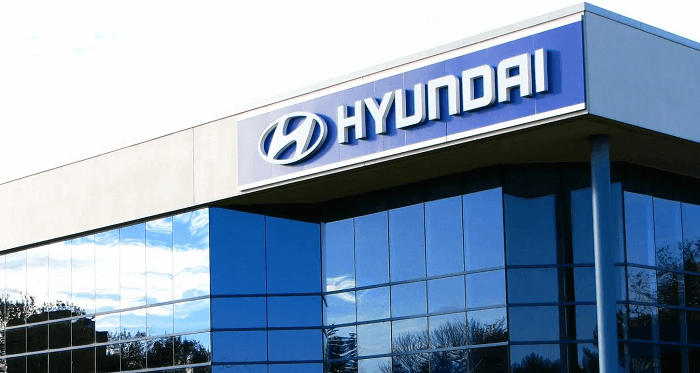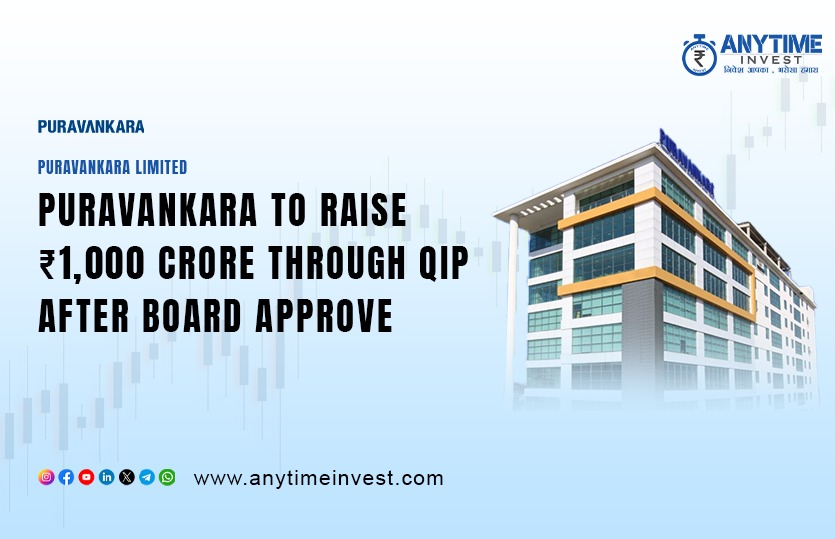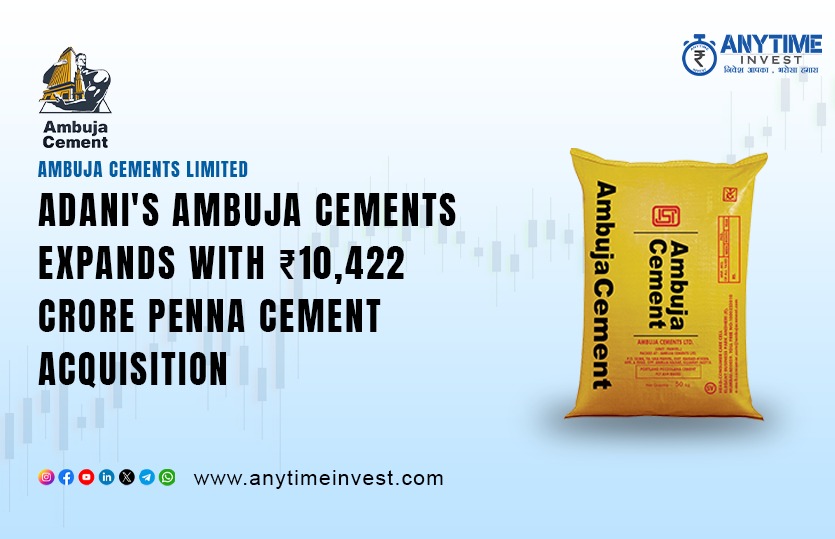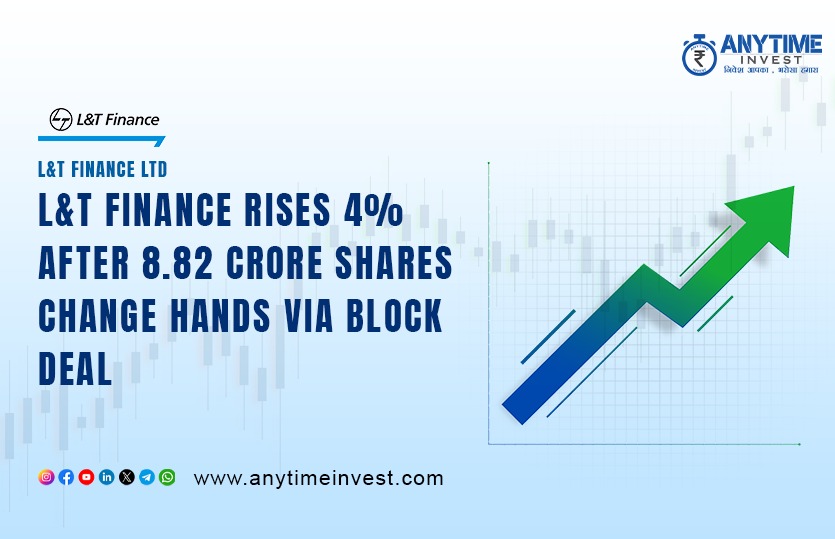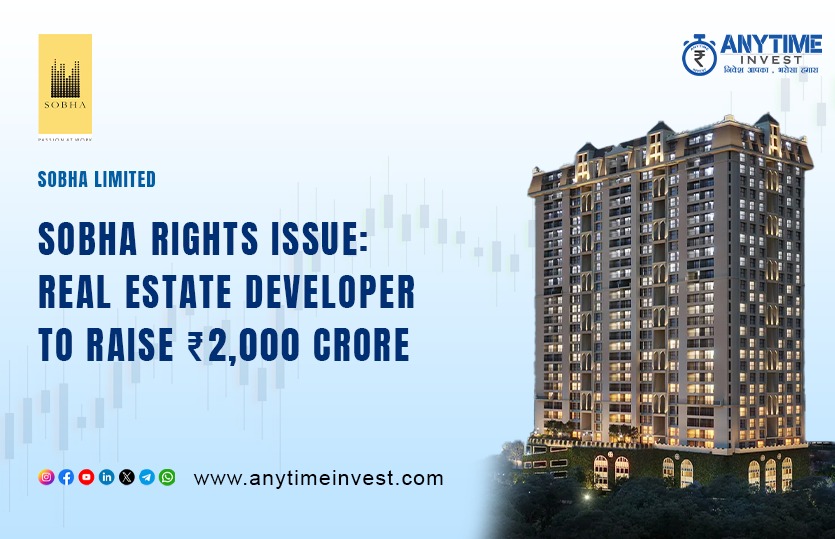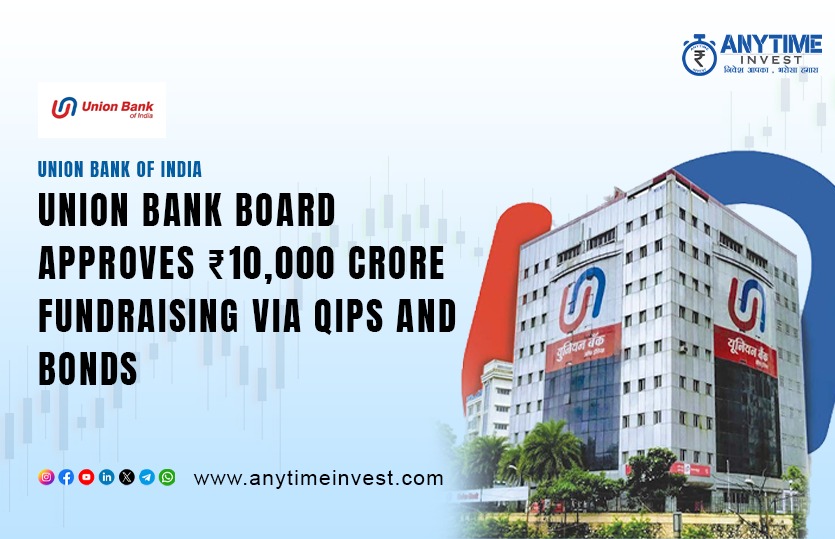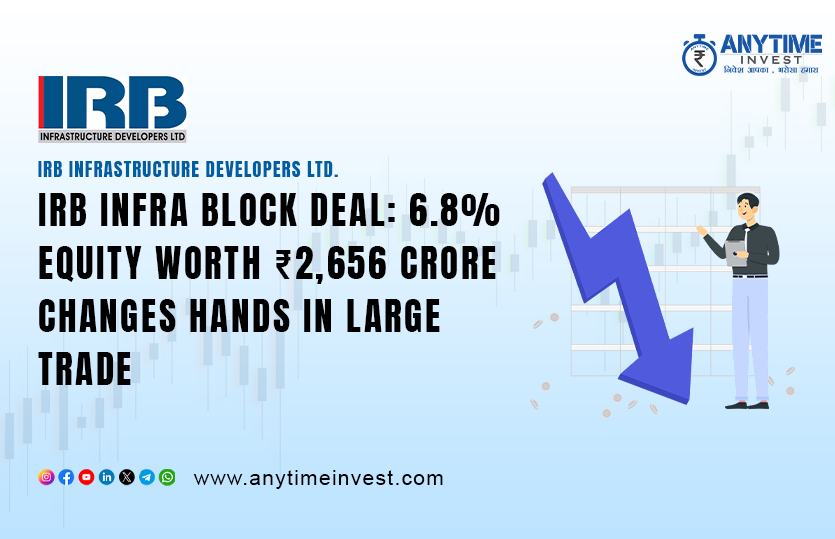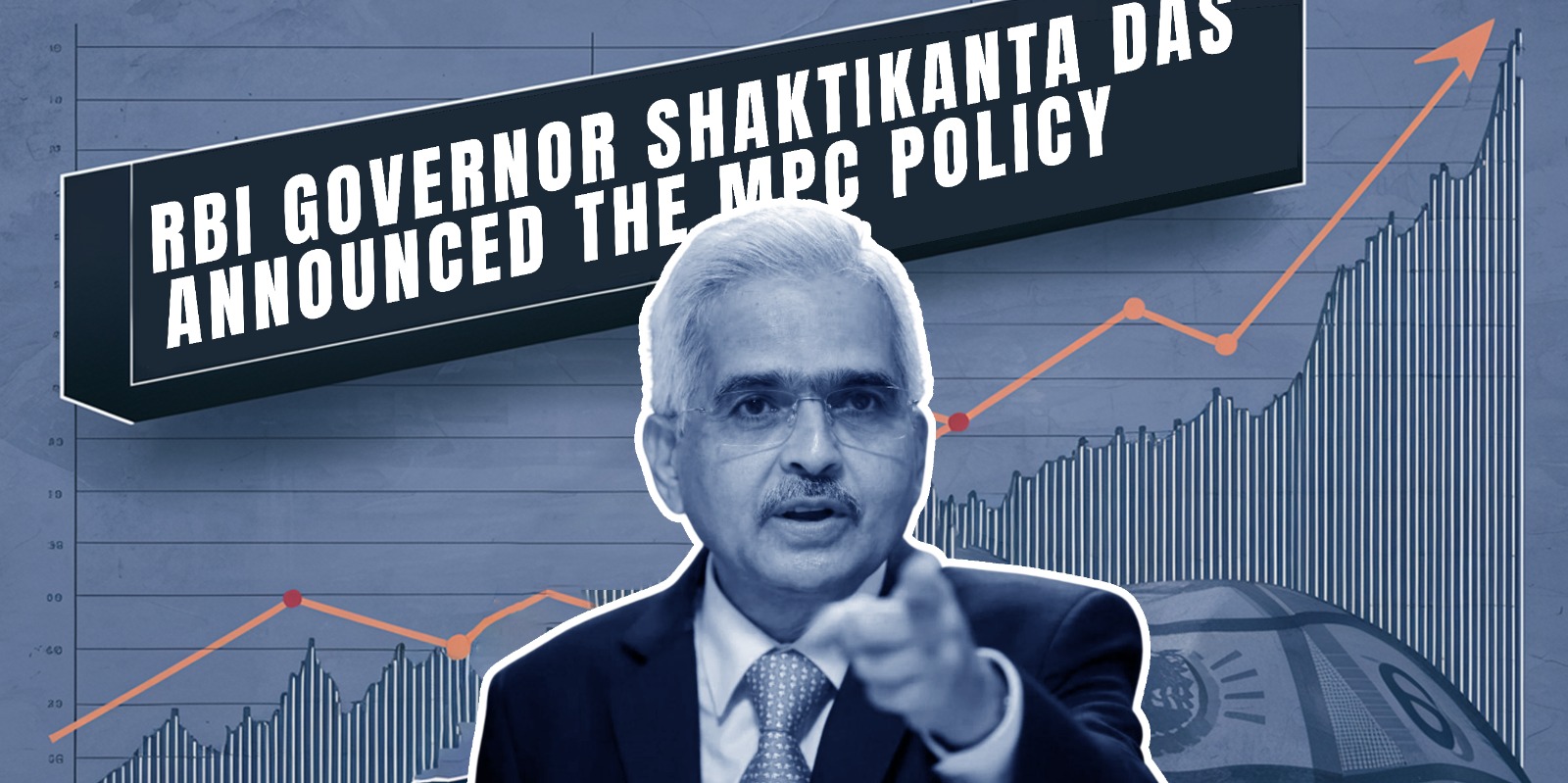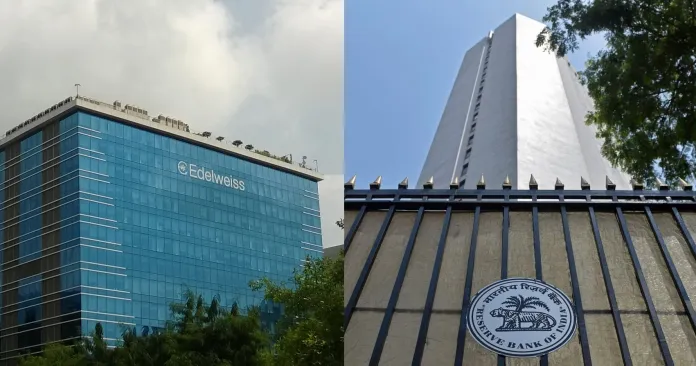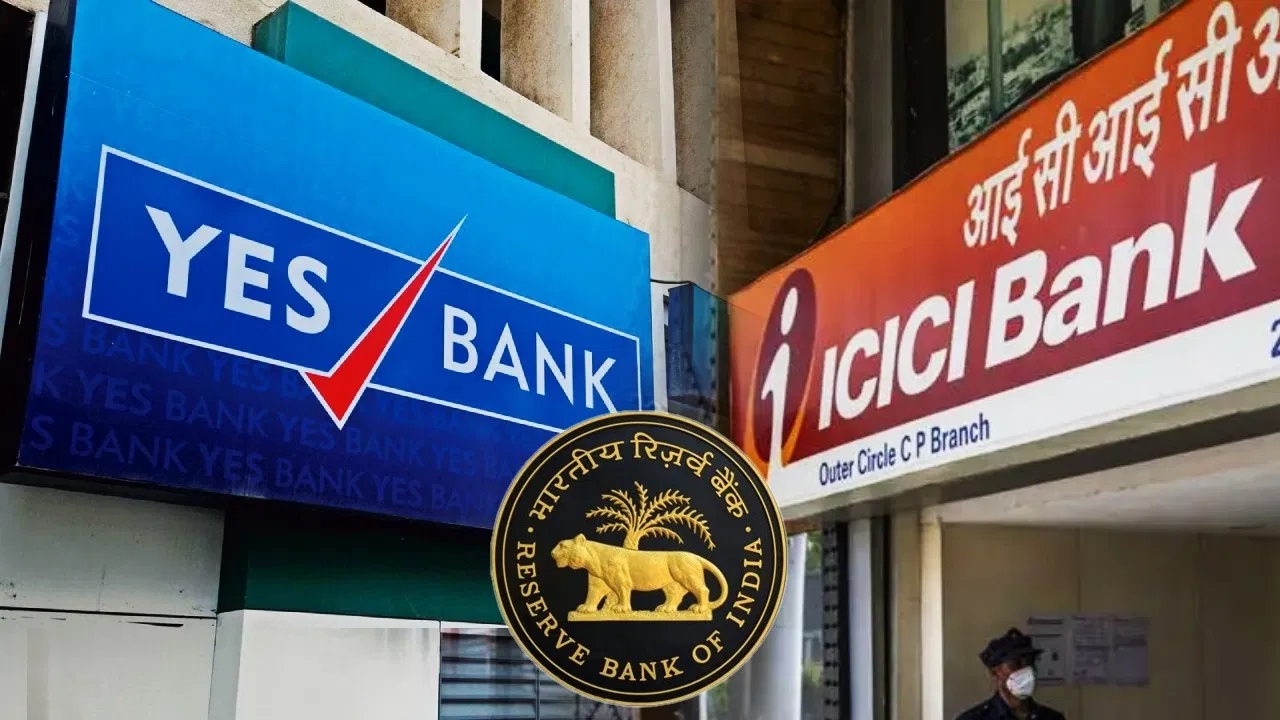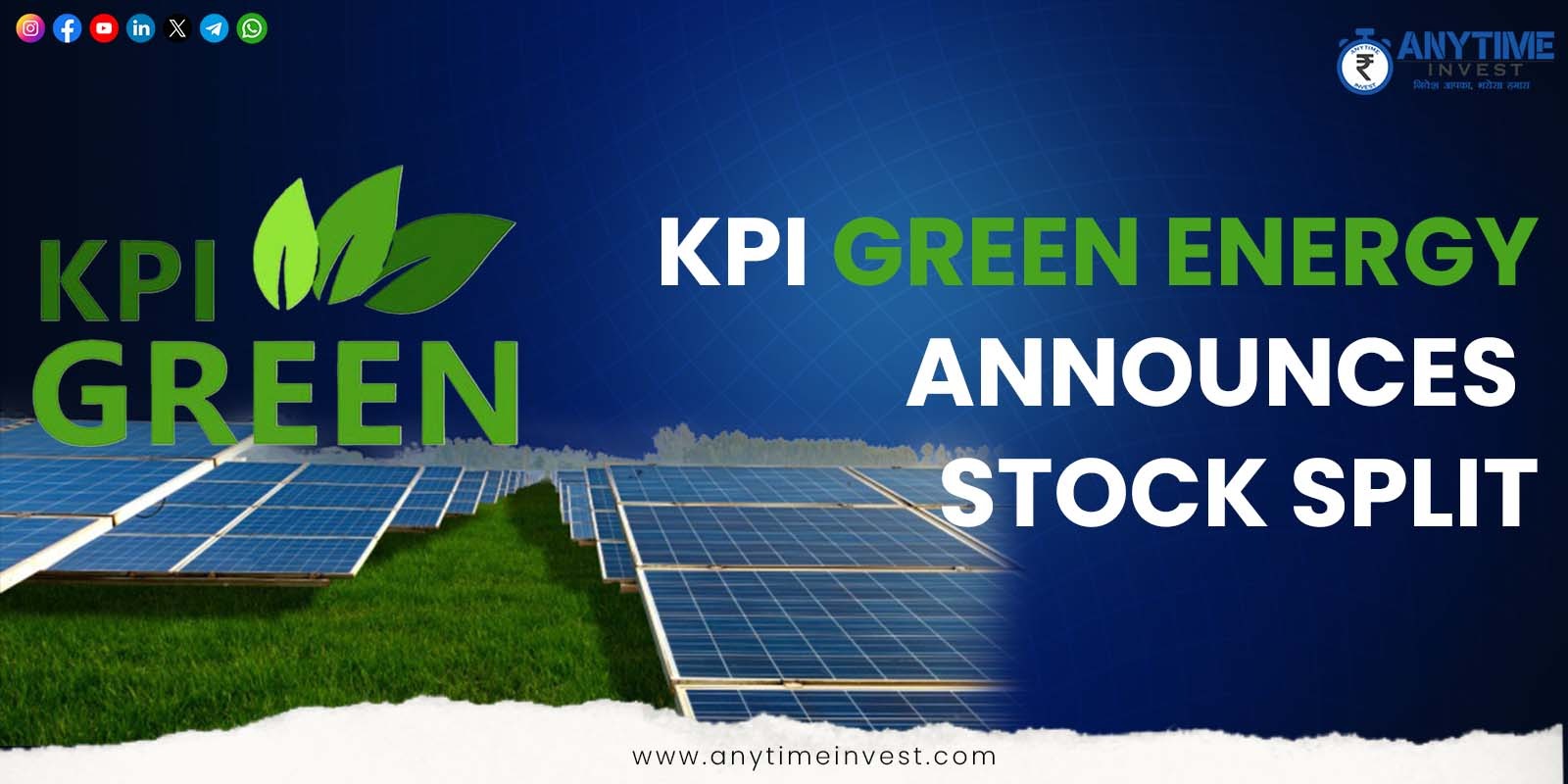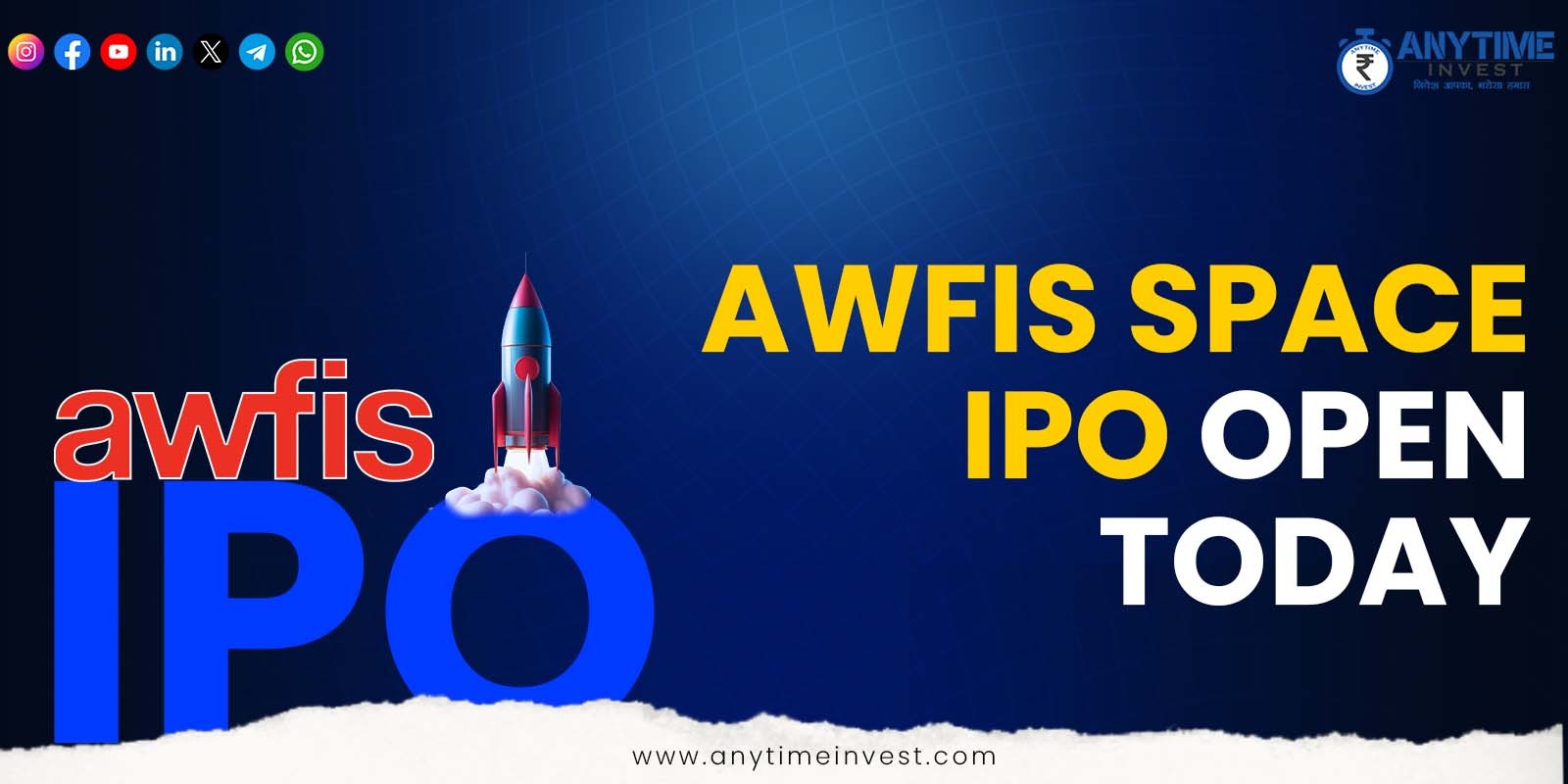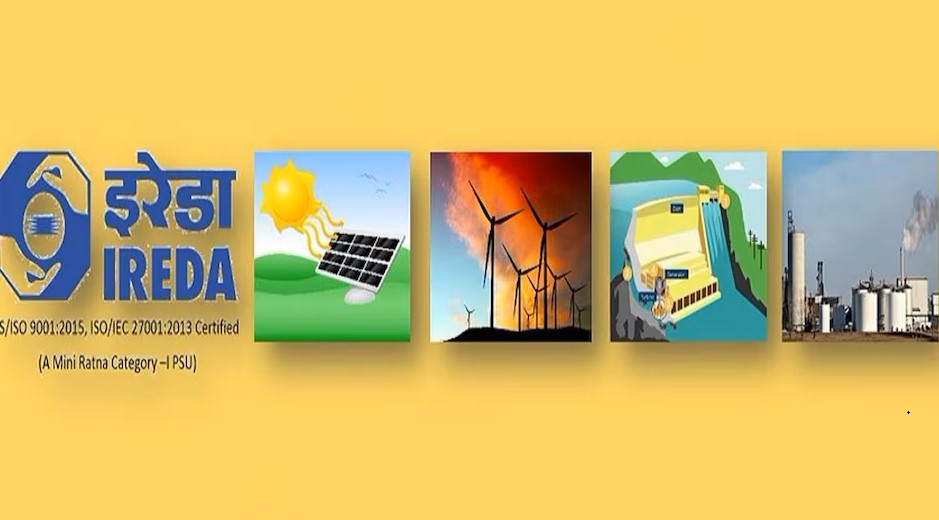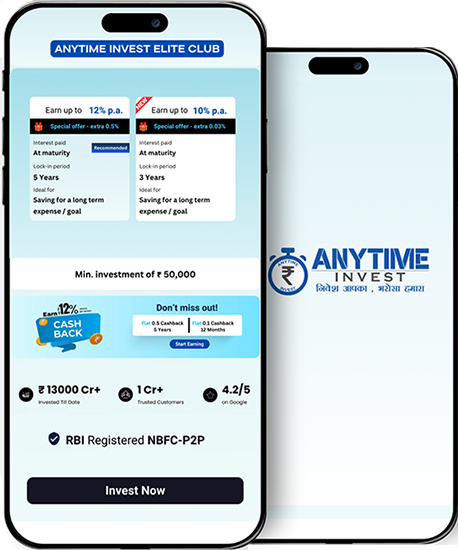Union Budget 2025-26: Key Highlights and Insights
Income tax Budget 2025 Highlights: Finance Minister Nirmala Sitharaman announced new tax slabs in the new tax regime 2025, so there will be no income tax for those drawing ₹12 lakh and less
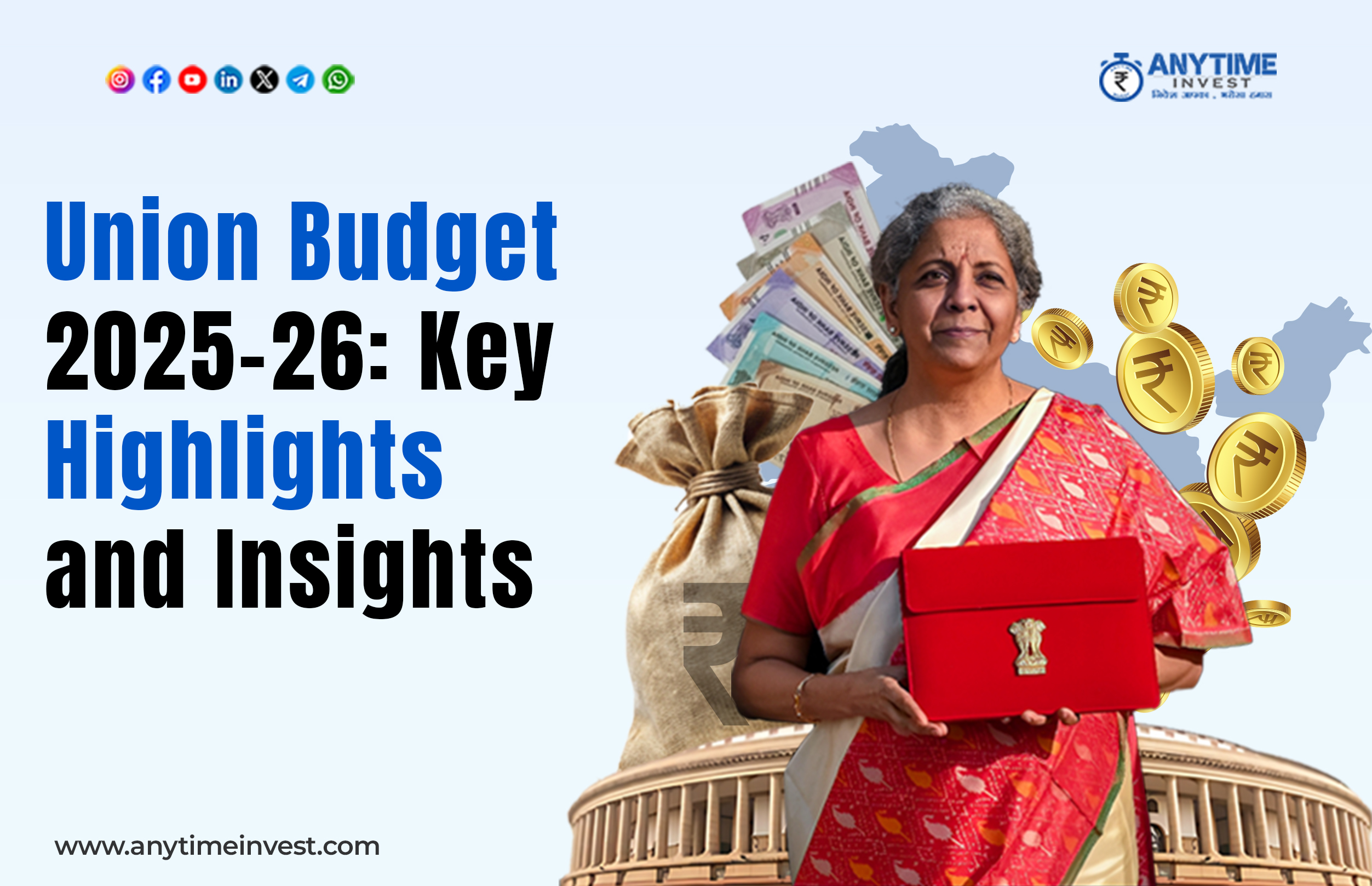
The Union Minister of Finance and Corporate Affairs, Smt. Nirmala Sitharaman, presented the Union Budget 2025-26 in Parliament with the overarching theme of "Sabka Vikas", focusing on the balanced growth of all regions and the comprehensive development of the nation.
Principles of Viksit Bharat
The Finance Minister outlined the broad principles of Viksit Bharat, emphasizing:
- Zero Poverty
- Quality Education for All
- Accessible Healthcare
- Skilled Workforce with Meaningful Employment
- Increased Women’s Participation in Economic Activities
- Making India the ‘Food Basket of the World’
The budget aims to propel growth through transformative reforms in taxation, power, urban development, mining, financial sector, and regulatory frameworks.
Growth Engines of Viksit Bharat
1st Engine: Agriculture
- Prime Minister Dhan-Dhaanya Krishi Yojana launched to boost productivity, crop diversification, post-harvest storage, and irrigation facilities.
- ‘Rural Prosperity and Resilience’ Programme to generate rural employment through skilling, investment, and technology.
- Mission for Aatmanirbharta in Pulses (Tur, Urad, and Masoor) with guaranteed procurement for the next four years.
- Increased loan limits under Kisan Credit Cards from Rs. 3 lakh to Rs. 5 lakh.
- Five-year Mission for Cotton Productivity to enhance yields.
2nd Engine: MSMEs
- Investment and turnover limits for MSME classification increased to 2.5 and 2 times, respectively.
- Credit availability enhanced through guarantee cover expansion.
- New scheme for 5 lakh women, SC/ST entrepreneurs with loans up to Rs. 2 crore over five years.
- ‘Made in India’ toy industry promotion with a dedicated National Manufacturing Mission.
3rd Engine: Investment
Investment in People
- 50,000 Atal Tinkering Labs to be set up in government schools.
- Broadband connectivity for all government schools and rural health centers under BharatNet.
- Bharatiya Bhasha Pustak Scheme to provide digital Indian language books.
- Five National Centres of Excellence for skilling with global partnerships.
- Centre of Excellence in AI for education with an outlay of Rs. 500 crore.
- Gig workers to receive identity cards, registration on e-Shram portal, and healthcare coverage under PM Jan Arogya Yojana.
Investment in Economy
- Rs. 1.5 lakh crore interest-free loans to states for capital expenditure and reforms.
- Asset Monetization Plan 2025-30 to raise Rs. 10 lakh crore for new projects.
- Jal Jeevan Mission extended till 2028 with improved rural water supply infrastructure.
- Rs. 1 lakh crore Urban Challenge Fund for ‘Cities as Growth Hubs’ and urban redevelopment.
Investment in Innovation
- Rs. 20,000 crore for private-sector-driven R&D initiatives.
- National Geospatial Mission for urban planning and development.
- Gyan Bharatam Mission for documentation and conservation of Indian manuscripts.
4th Engine: Exports
- Export Promotion Mission to help MSMEs tap into global markets.
- ‘BharatTradeNet’ (BTN) digital trade infrastructure for seamless documentation and financing.
- Support for electronic equipment manufacturing to align with Industry 4.0.
- Infrastructure and warehousing development for air cargo and high-value perishable goods.
Reforms as the Fuel
- Faceless assessment, taxpayer-friendly initiatives, and faster tax returns.
- Raising FDI limit in insurance from 74% to 100%.
- High-Level Committee for Regulatory Reforms to ease compliance and inspections.
- Launch of ‘Investment Friendliness Index’ of states.
- Jan Vishwas Bill 2.0 to decriminalize 100+ provisions across various laws.
Fiscal Consolidation
- Revised Fiscal Deficit for 2024-25: 4.8% of GDP.
- Projected Fiscal Deficit for 2025-26: 4.4% of GDP.
- Total receipts (excluding borrowings): Rs. 34.96 lakh crore.
- Total expenditure: Rs. 50.65 lakh crore.
PART B: Taxation and Compliance Reforms
Direct Tax Reforms: Relief for Middle Class
The budget introduces revised direct tax slabs under the new income tax regime:
|
Income Range (₹) |
Tax Rate |
|
0 – 4 Lakh |
NIL |
|
4 – 8 Lakh |
5% |
|
8 – 12 Lakh |
10% |
|
12 – 16 Lakh |
15% |
|
16 – 20 Lakh |
20% |
|
20 – 24 Lakh |
25% |
|
Above 24 Lakh |
30% |
- No tax for income up to Rs. 12 lakh (due to deductions and exemptions).
- Higher standard deduction of Rs. 75,000 for salaried individuals.
- TDS exemption for senior citizens increased from Rs. 50,000 to Rs. 1 lakh.
- TDS threshold on rent increased from Rs. 2.4 lakh to Rs. 6 lakh per annum.
Incentives for Startups, Employment & Investment
- Updated return filing period extended from 2 years to 4 years.
- Tax benefits for startups extended for 5 more years.
- Presumptive taxation regime for non-residents in electronics manufacturing.
- Tonnage tax scheme benefits extended to inland vessels.
Customs & Import Duty Changes
- Removal of 7 industrial tariffs and application of appropriate cess.
- Exemptions for 36 life-saving drugs, rare disease treatments, and cancer medications.
- Increased import duties on Interactive Flat Panel Displays to 20% to promote ‘Make in India’.
- Duty reduction on open cell displays for manufacturing incentives.
- BCD exemption on lithium-ion battery components for EVs and mobile phones.
- Support for shipbuilding by extending import duty exemptions for another decade.
Boost to Exports
- Full exemption on BCD for handicrafts and wet blue leather.
- Reduced duty on frozen fish paste and fish hydrolysate for shrimp feed manufacturing.
Conclusion: Viksit Bharat through Democracy, Demography, and Demand
Smt. Nirmala Sitharaman emphasized that India’s growth is powered by its middle class, and the government has continually increased tax exemptions in recognition of their contribution. The proposed tax reforms are expected to boost consumption, savings, and investment, putting more money in the hands of the common citizen.
The Union Budget 2025-26 lays a strong foundation for a self-reliant, inclusive, and globally competitive India by focusing on investment, innovation, employment, and economic resilience.



